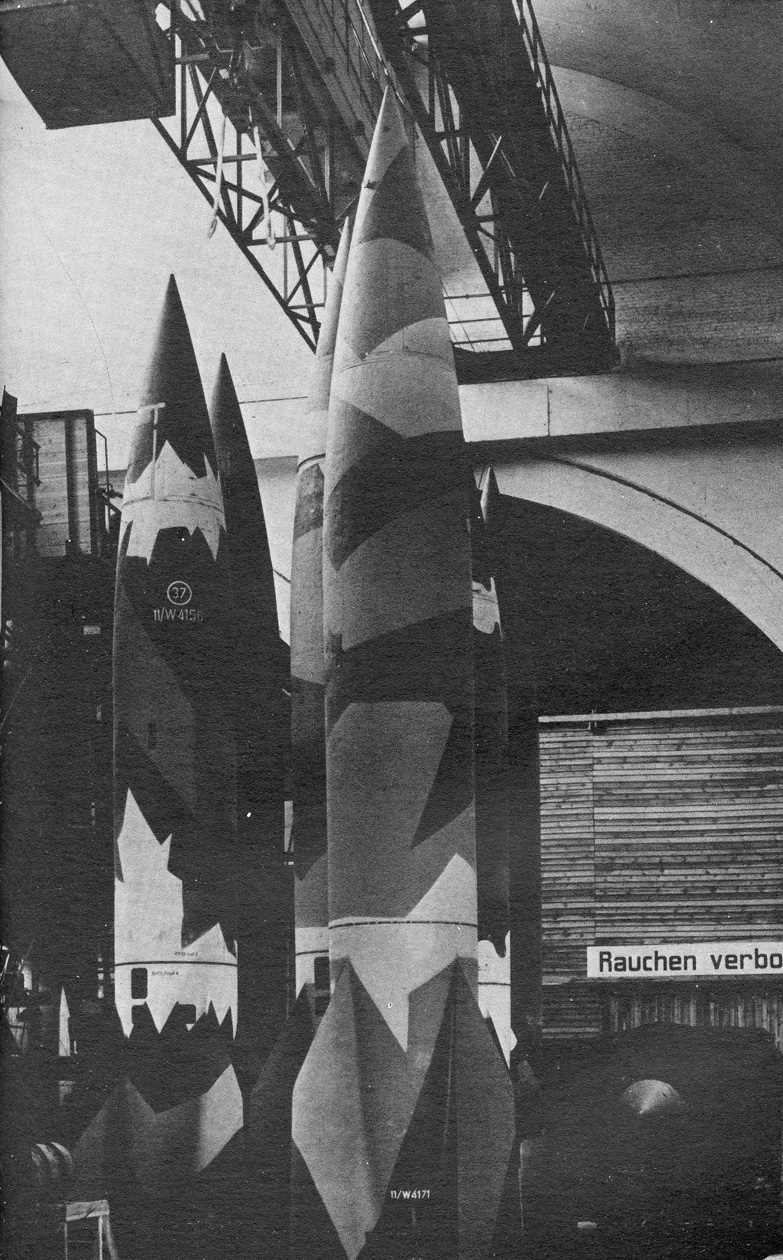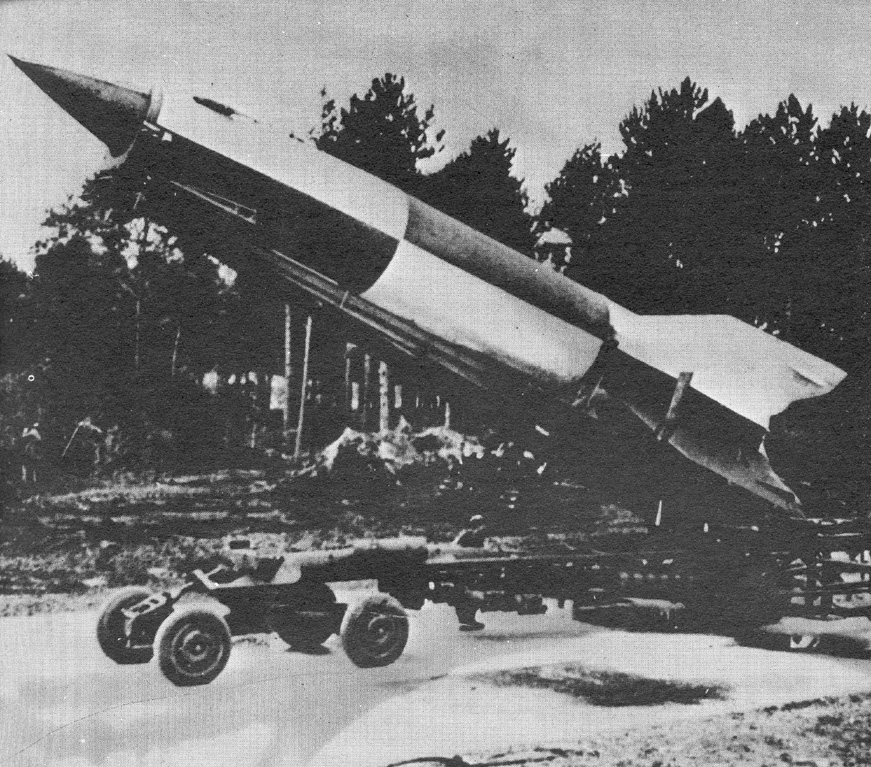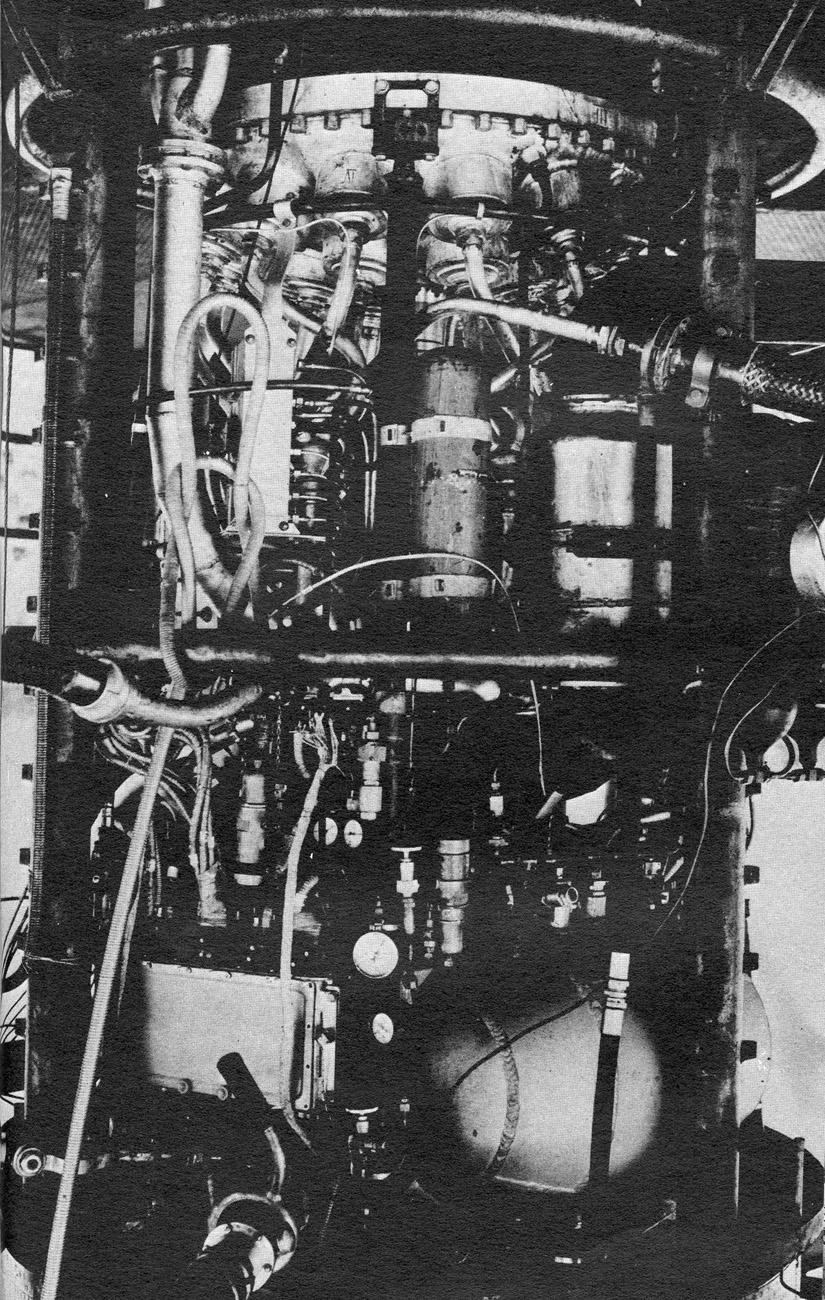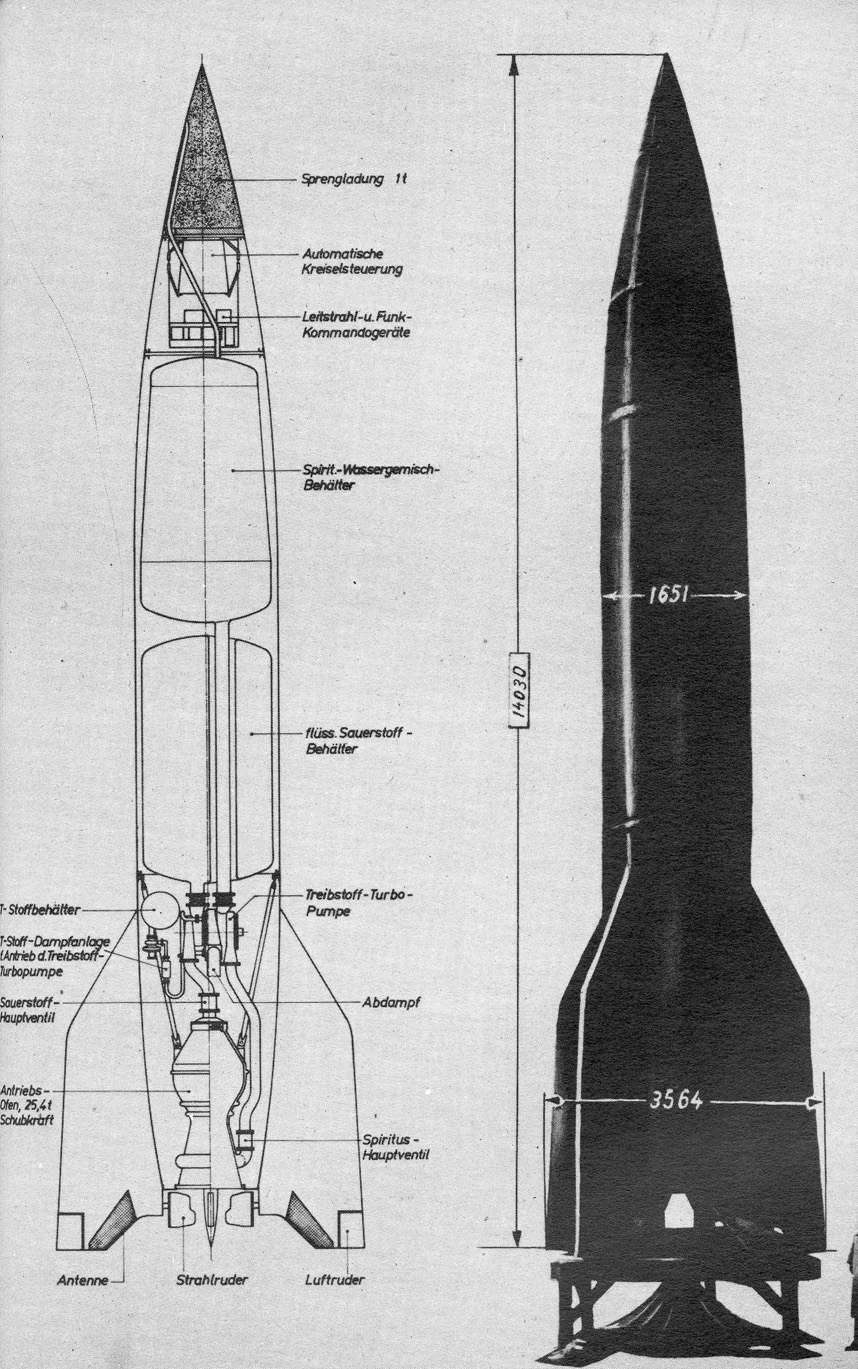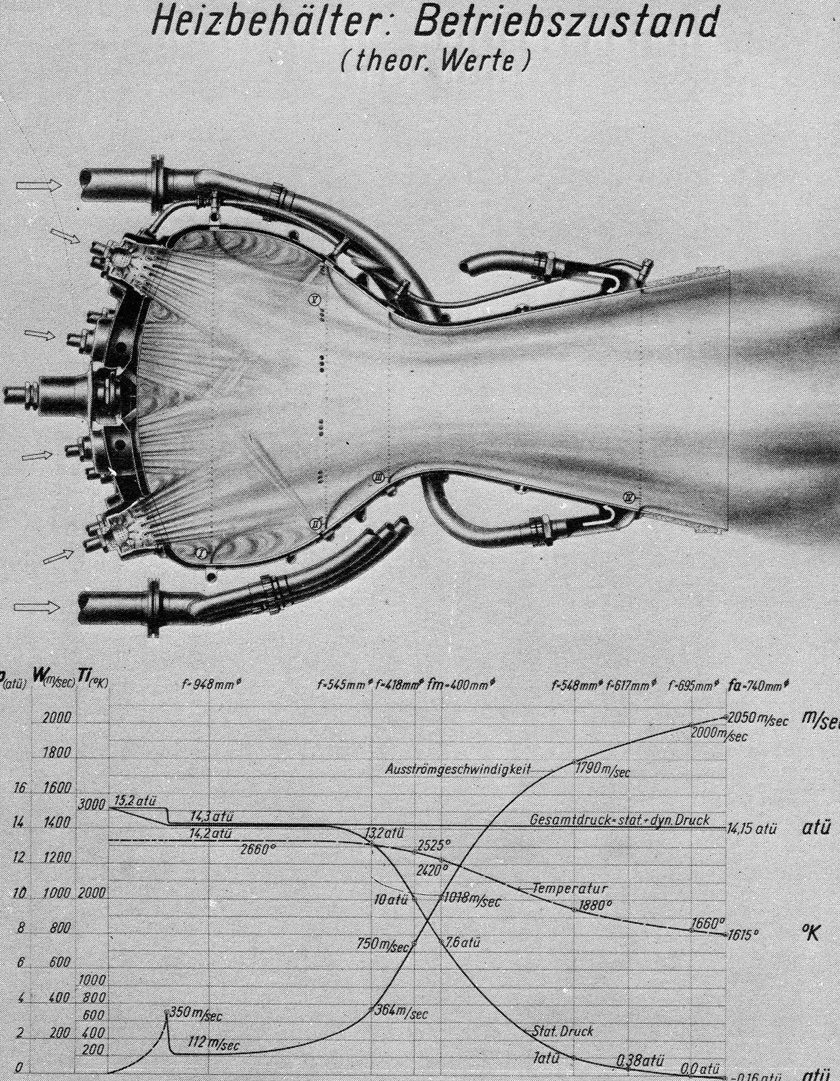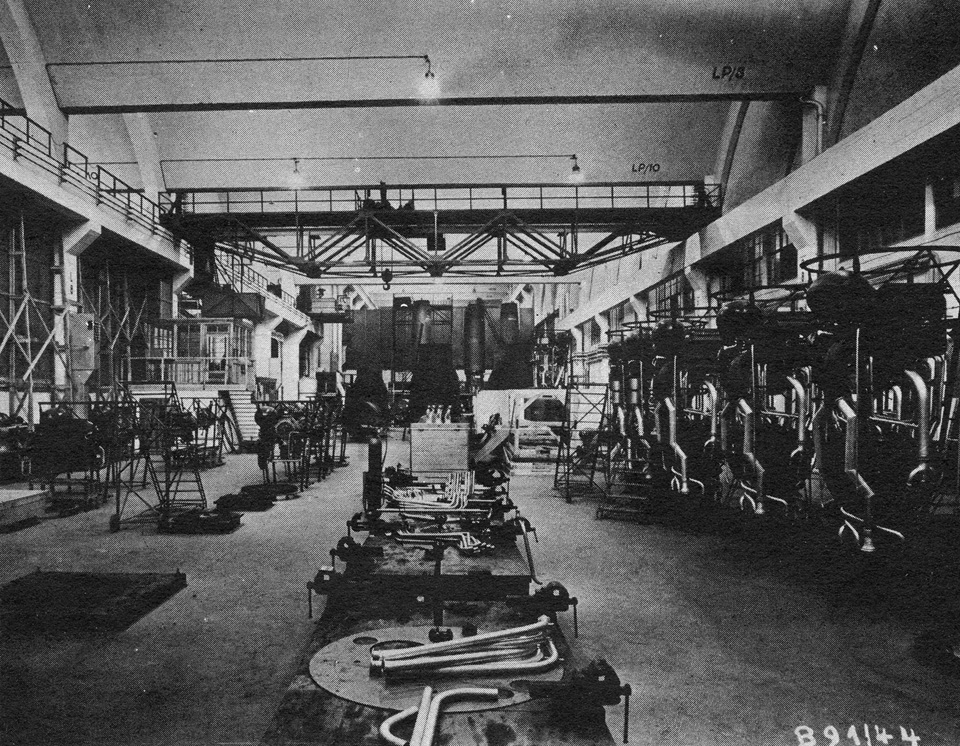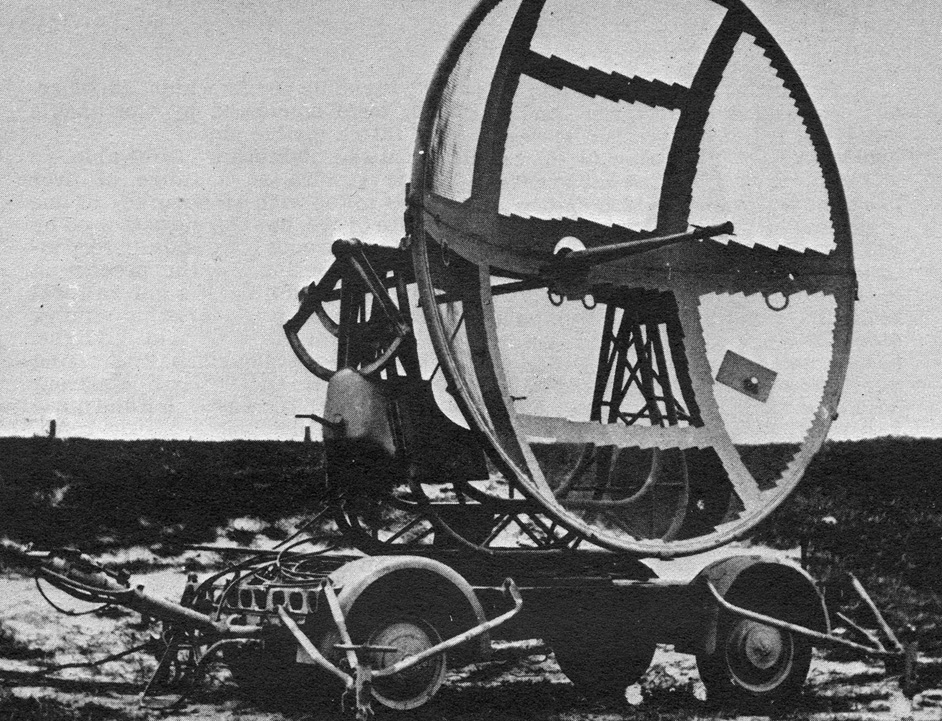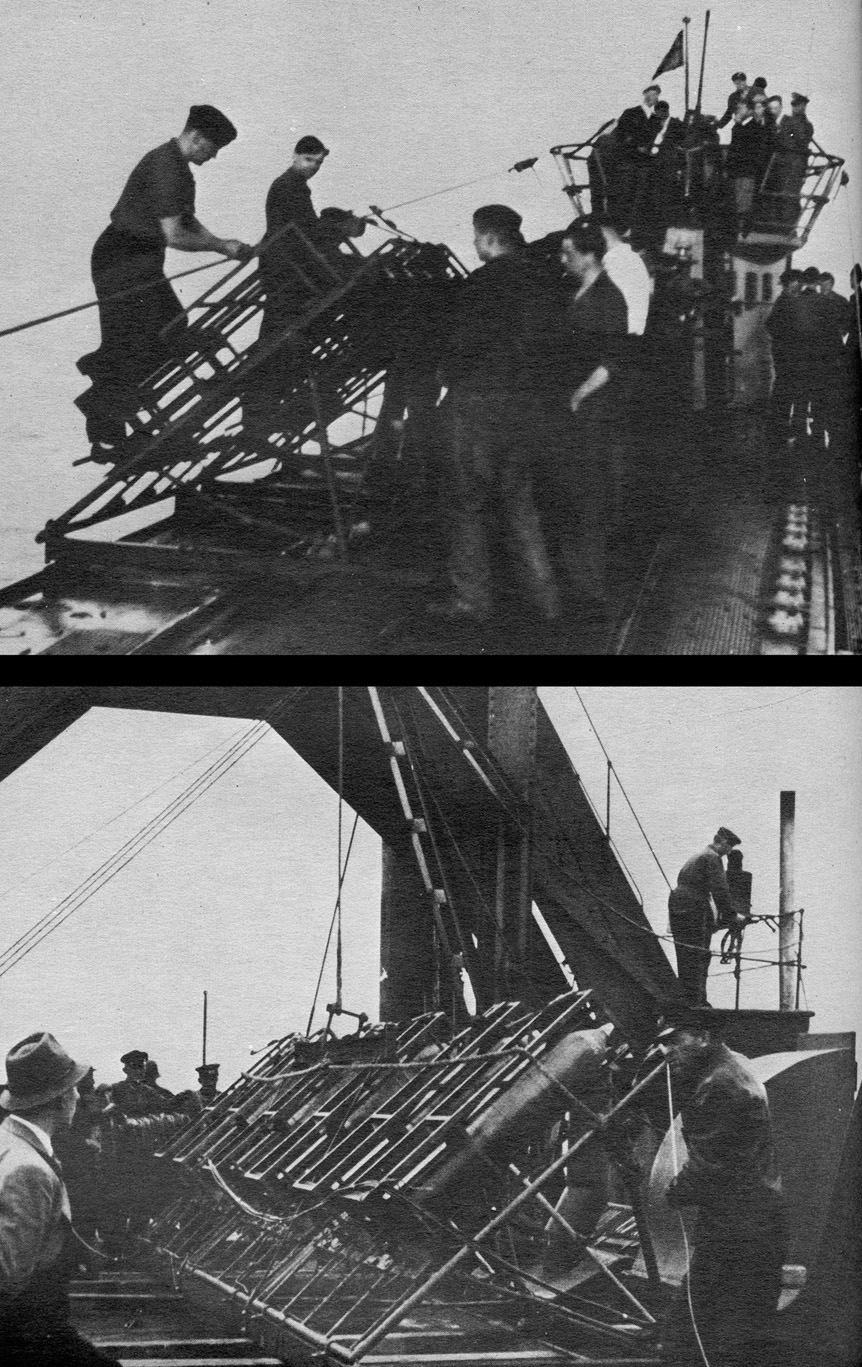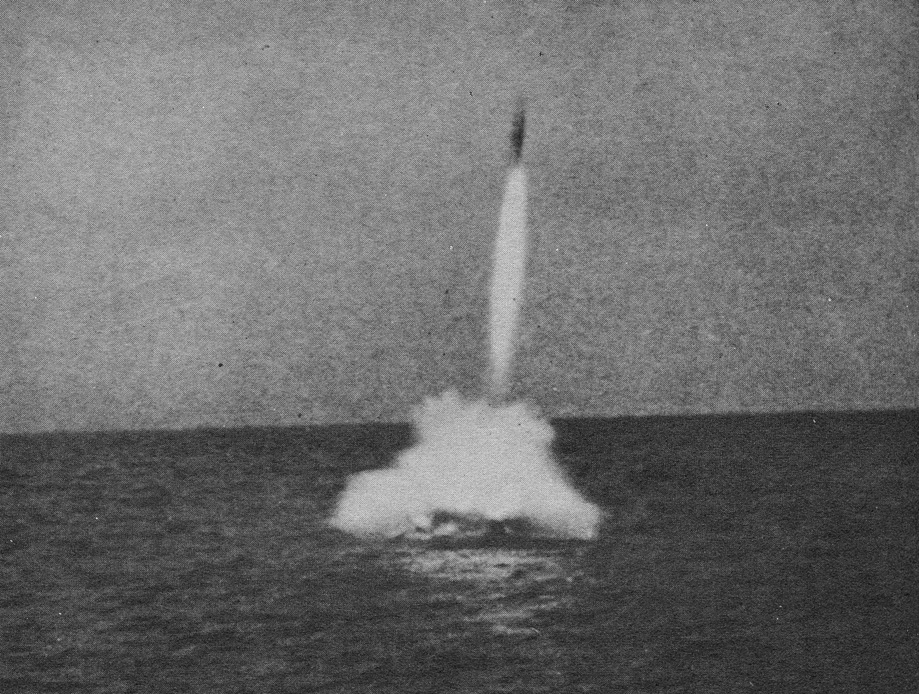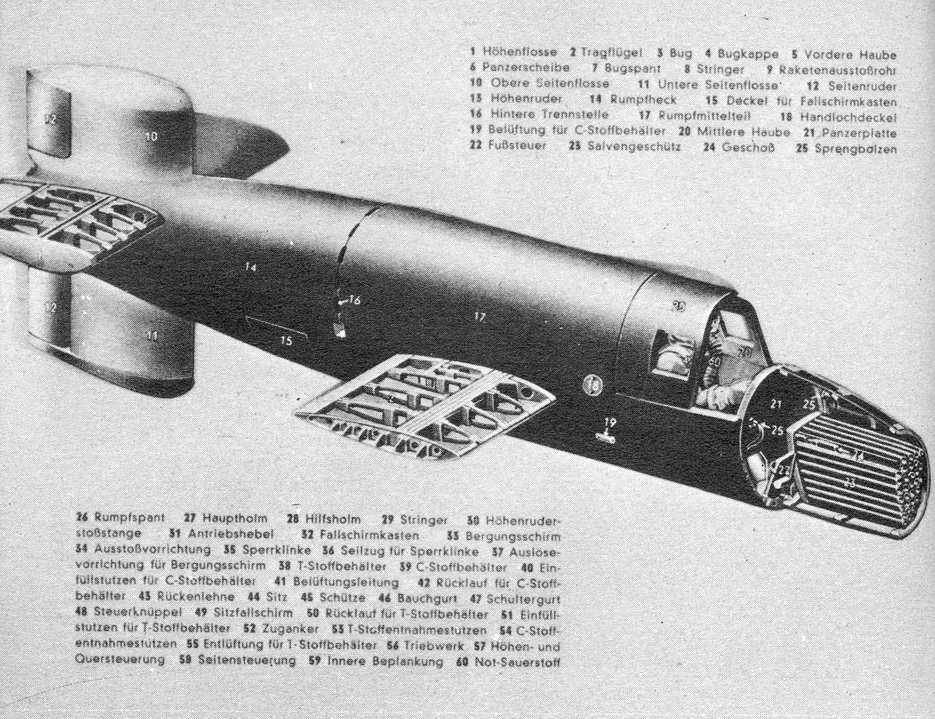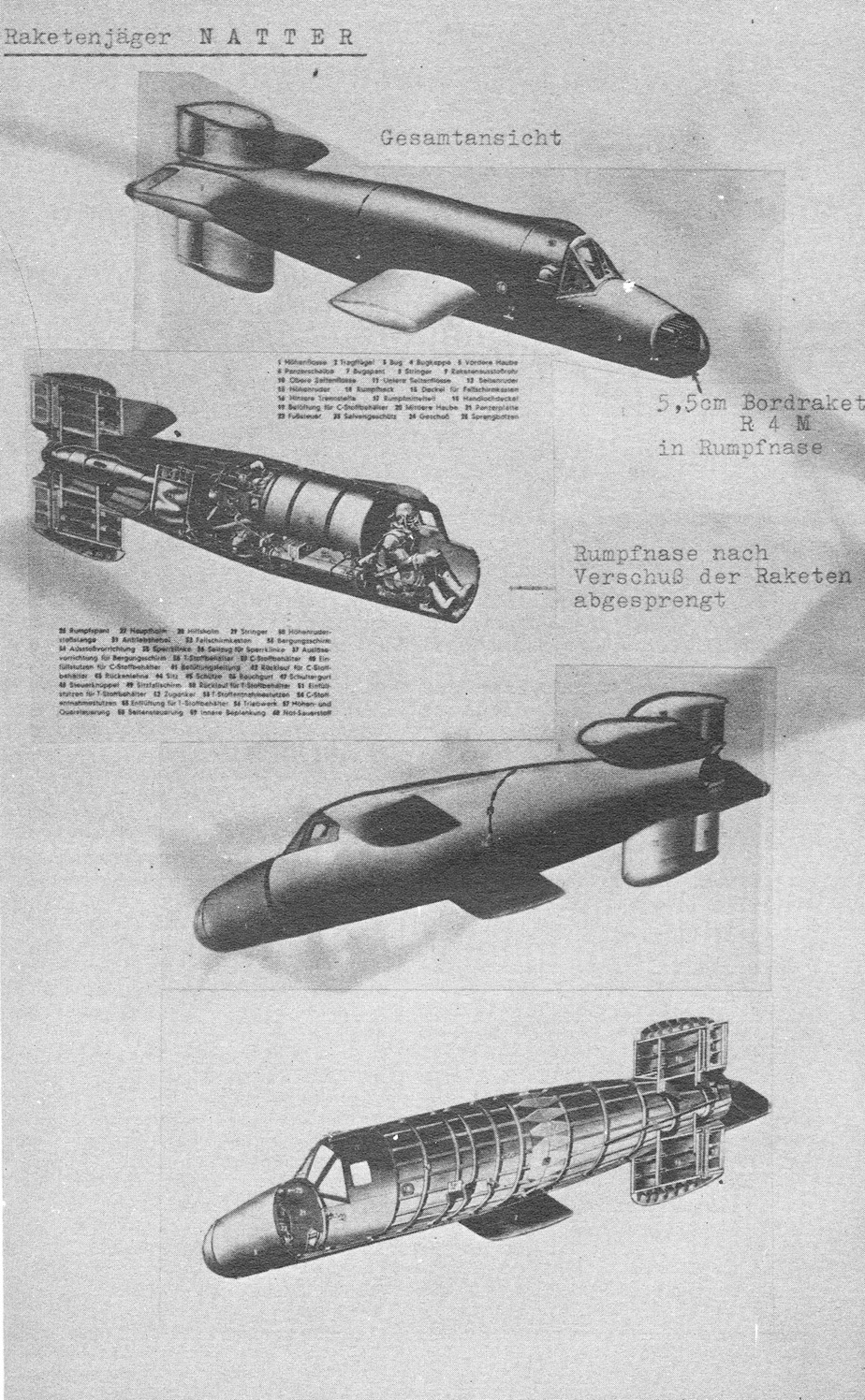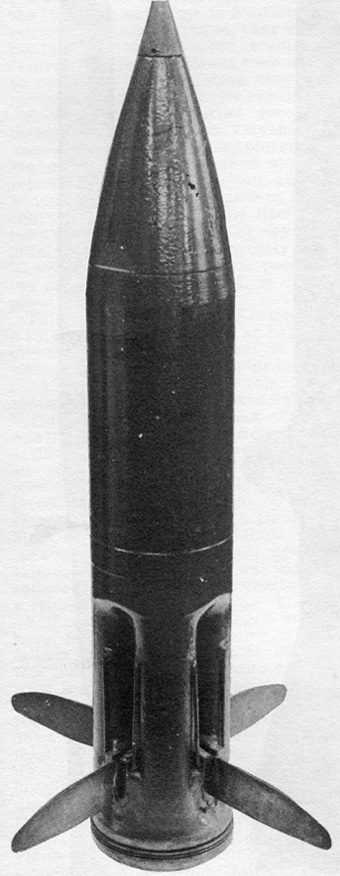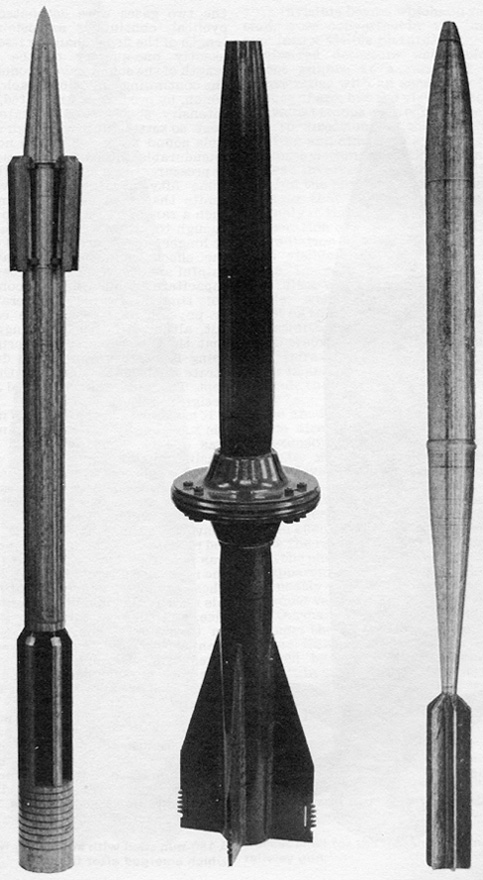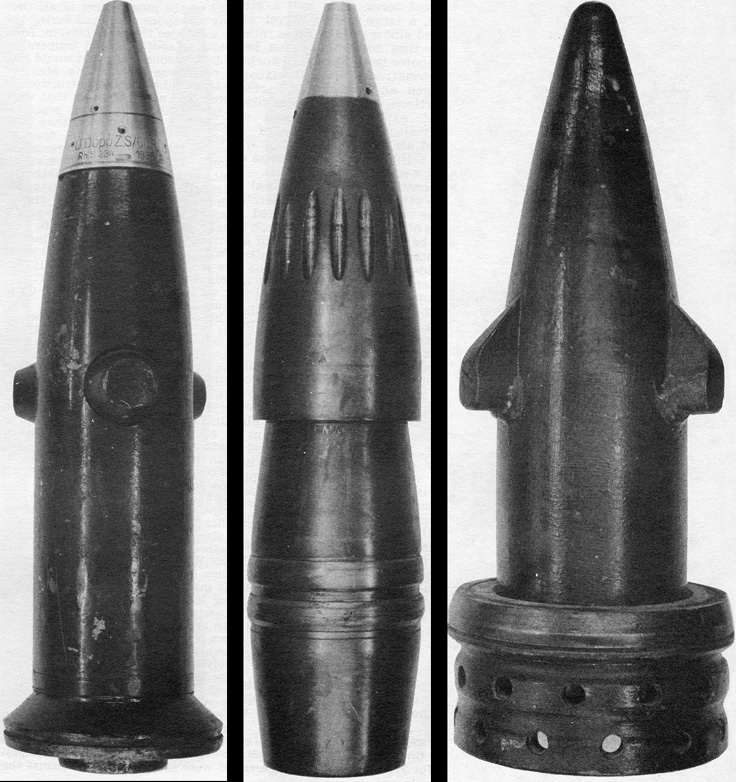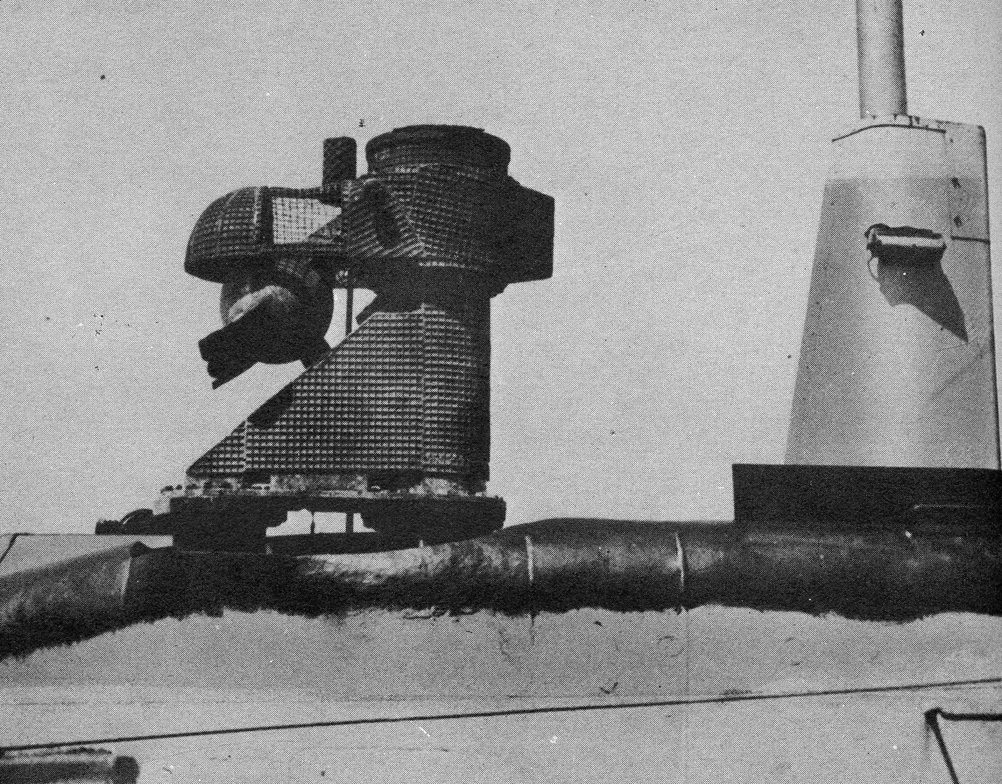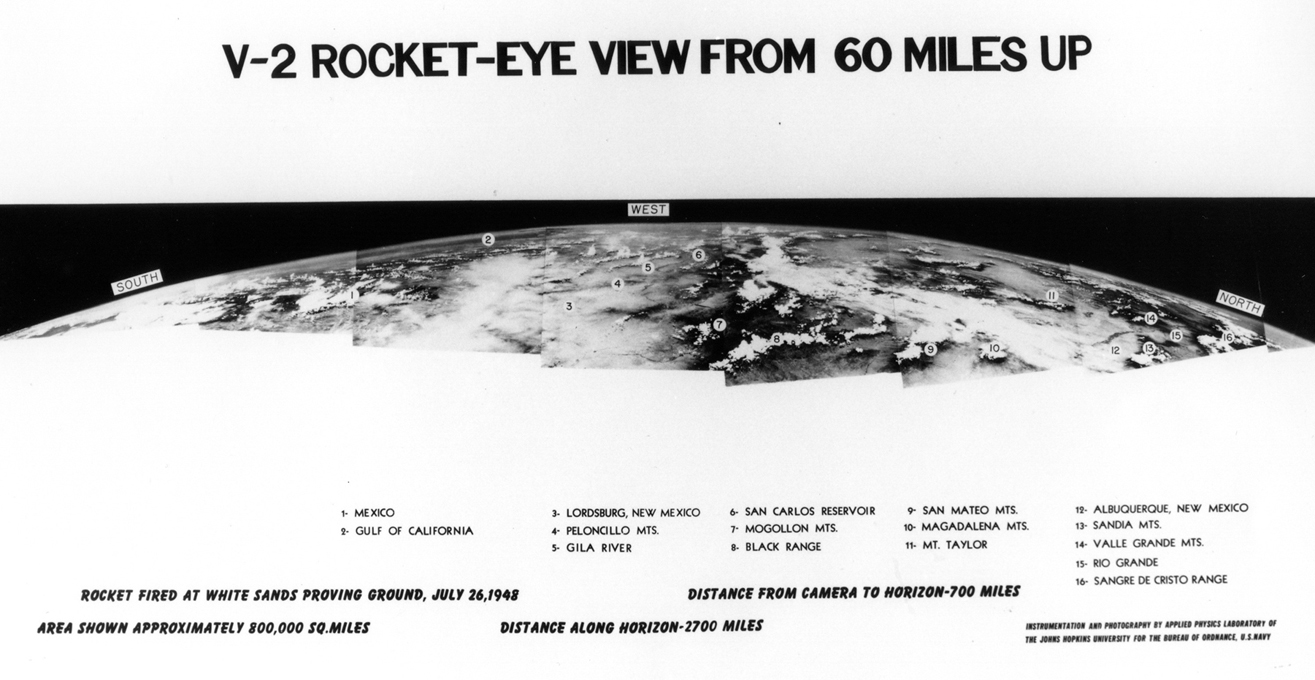
[Page Seventy]
Swastika Honey
[#603]
[Note: Okay, this might be the strangest thing yet I've got in the mail. You certainly won't find this at Walmart. The hardworking bees would certainly be proud to be a part of this product!]
Package
[#604]
[Note: If I didn't know better I'd say that the Evoken sticker pattern forms a swastika! Oh no, send it back! Oh wait, a Lord Wind LP greets me from within. If you don't know, Lord Wind is an ambient side-project of Rob 'Darken'... And no, this package wasn't sent by Evoken or Lord Wind...]
[Above: Sticker used above]
The Blonde Captive
[#605]
[Note: This is a very strange documentary, which is equally interesting as it is odd. From an anthropological perspective it shows some rare footage of various tribes and customs. It's not a documentary in a normal sense, because they have a sort of storyline that is narrated throughout the film, which is the search for a living neanderthal man. They also are in search of evidence of a white woman supposedly living amongst an aboriginal tribe in Australia. This film is called racist and controversial in today's squeamish, politically correct atmosphere. Why? Because they call these various tribes primitive, un-evolved and a lower form of man. Well, I'll let you be the judge of that. So do they find the legendary 'blonde captive'? There's more controversy there. The ending of the documentary shows an aboriginal man wearing silk women's undergarments in a ritual?! Ha! They also spot a blue eyed, blonde haired boy amongst the dark skinned children of the tribe. It's all very strange. Eventually they follow him to his hut and find the mythical white woman. Is the ending real? Is this naked white woman an actress? Who knows. No one seems to really know. It all looks remarkably real. The film got in hot water for showing this white woman nude, after all it was 1931, yet the film shows many non-white tribal women in the nude. But we're all used to this double-standard. Regardless, this is a very interesting and curious film. And for the asking price of five dollars or less, it's worth the price of admission!]
[Below: DVD back]
[Below: DVD]
[Below: Fold-out newspaper that comes with the DVD...]
[Below: This comic book, one of the many examples of the type, borrows from the white-woman-jungle-queen theme...]
[Below: No idea what this is from?...]
[Below: Strange...]
World War II 1946
[#606]
[Note: Here is a very unique comic book in many ways. First, it doesn't show the Germans as monsters. It explores the premise of the war continuing on, enabling the Germans to produce more of their 'secret weapons' (i.e. jets and other technologies).]
It's a fact that by the end of the war Germany had jet fighters and bombers literally stranded on airfields without fuel. Technology far beyond that of their enemies. They had some amazing technology at their disposal, but alas, it was too late. The Allied bombing campaigns and lack of experienced German pilots also contributed to this.
Hermann Goering stated in an interview after the war that given a few more months they would have finished moving their critical factories all underground, away from Allied bombs.
But back to the comic, it's an interesting topic, especially since the Germans and their Axis partners came so very close to winning. "What if..."
[Below: A sample page within...]
_________________________________________
[Below: Here is a look at a tiny sampling of Germany's vast technology during the war. After the war the Allies scrambled to get a hold of this technology, they especially wanted the scientists who invented it and worked with it. Much of the technology invented during the Third Reich would later be seen in the Cold War, or even the Space Race. From guided missiles, V1/V2's (modern ICBM prototypes), night vision, special forms of radar, stealth technology, submarine snorkel, assault rifles, etc. etc. etc.
_________________________________________
[Below: The future is now. From left to right: Ho-II, Ho-III, and the Ho-IV]
_________________________________________
[Below: A design similiar to the Ho-III, this is in Lippstadt, 1937, flown by Reimar Horten at a glider contest.]
_________________________________________
[Below: This was sometime in the beginning of 1945. A rather shocking picture showcasing the fuel shortage; OXEN towing an unknown high tech plane to a runaway!]
_________________________________________
[Below: Somewhat like the photo of the unknown craft above, this is a Horten glider from which the Horten 229 evolved. It was developed in the 1930s and soared to heights of 14,200 ft in 1938!]
_________________________________________
[Below: The Horton V. This machine went 550 miles per hour at 25,000 ft! This 'flying wing' design is what America's stealth fighter/bomber is based upon.]
_________________________________________
[Below: The Horten H IX V1. This photo is circa 1944 from Gottingen.]
_________________________________________
[Below: The Horten H IX V1.]
_________________________________________
[Below: Another shot of the Horten H IX V1 being pulled by a tractor.]
_________________________________________
[Below: The Horten 229. Amazing...]
_________________________________________
[Below: Wow!]
_________________________________________
[Below: Another shot of the Horten 229.]
_________________________________________
[Below: A strange looking Ho 229.]
_________________________________________
[Below: Two Horton flying wings of different designs.]
_________________________________________
[Below: An alternative view.]
_________________________________________
[Below: The Horten H IX (Go 229 Gotha/Ho-229) prototype, the first delta-wing glider. First flown in 1944.]
_________________________________________
[Below: Another picture of the above Ho 229, but notice the windshield difference. It would appear that an artist from way-back-when altered it for reasons unknown. I'm pretty sure this version is the real one.]
_________________________________________
[Below: An Ho 229 being towed.]
_________________________________________
[Below: An Ho 229 with its American captors.]
_________________________________________
[Below: Horten Ho 229]
_________________________________________
[Below: Americans stealing a Ho 229 after the war. It's been disassembled (its wings are missing) and crated away like an endless array of other National Socialist achievements. For as much as the Allies said they hated the 'Nazis' they sure did love their stuff!]
_________________________________________
[Below: The Ho 229 stored away somewhere in the world.]
_________________________________________
[Below: The Ho 229 rusting away in its enemies hands.]
_________________________________________
[Below: The Ho 229 in a museum, like a bird, its wings clipped, never to fly again.]
_________________________________________
[Below: An American model heavily influenced by the Horton models.]
[Below: The Horten XIII.]
_________________________________________
[Below: The Horten XIII-B was a proposal for a supersonic flying wing fighter. Another amazing design.]
_________________________________________
[Below: Wow.]
_________________________________________
[Below: The Ju 322 'Mammut'. This is the only known photo. It was taken just after landing. This giant assault glider was completed in 1940. Although 100 were built the test flight failed and the project was scrapped.]
_________________________________________
[Below: The elegant Ho VI.]
_________________________________________
[Below: The Ho IV. Note the swastika decal.]
_________________________________________
[Below: Diagram of various designs.]
_________________________________________
[Below: Here is a V2 on its launch pad, a 'Vengeance' weapon, named for its use to bomb Britain, in retaliation of Britain's targeting of civilians in its bombing campaign. This is the technology that later became the Inter-Continental-Ballistic-Missile (ICBM) of the Cold War, and today.]
_________________________________________
[Below: More V2 rockets.]
_________________________________________
[Below: V2 rocket on launch frame, called a Meillerwagen.]
_________________________________________
[Below: The lower section of V-2 motor. This looked like alien technology to the Allies.]
_________________________________________
[Below: V-2 schematics.]
_________________________________________
[Below: Diagram showing the firing-chamber of the V-2 and charts recording firing data.]
_________________________________________
[Below: Assembly room for V-2s at a test center in Pennemünde.]
_________________________________________
[Below: Ground equipment used during the development of the V-2. It is hard to believe the Germans had such advanced technology in the 1930s-1940s.]
_________________________________________
[Below: Crew members prepare experimental surface bombardment rockets designed to be fired from a submerged U-boat.]
_________________________________________
[Below: A rocket fired from a submerged U-boat during tests in 1942. Truly revolutionary.]
_________________________________________
[Below: One of my personal faves because of its uniqueness, this is the rocket powered Me 163 'Komet'. It was powered by a Walter HWK 509-2 rocket motor. It had a maximum speed of 596 mph at 9800 ft! It first went into action as an interceptor in August 1944. Test pilot 'Heini Dittmar' repeatedly broke the world's speed record with the Me 163.]
_________________________________________
[Below: Another shot of the Me 163.]
_________________________________________
[Below: Another shot of the Me 163.]
_________________________________________
[Below: Another shot of the Me 163.]
_________________________________________
[Below: Another shot of the Me 163.]
_________________________________________
[Below: On the left is the Me-163A prototype, photographed next to the combat version on the right, the Me-163B.]
_________________________________________
[Below: Another shot of the Me-163A prototype.]
_________________________________________
[Below: Here is a Me-163 being towed to its launch site by a purpose built tractor.]
_________________________________________
[Below: This is a prototype Lippisch DM-1 glider. The performance of the Messerschmitt Me 163 Komet encouraged engineer Alexander Lippisch to experiment with high-velocity, delta-winged aircraft flying beyond the speed of sound. This particular craft was later taken to America after WW2 and used in space research. Design elements were later incorporated into NASA's research aircraft of the 1950s and on.]
_________________________________________
[Below: Another picture of the Lippisch DM-1 glider.]
_________________________________________
[Below: A head on picture of the Lippisch DM-1 glider.]
_________________________________________
[Below: A picture of a Lippisch stolen by the United States military, probably destined for America.]
_________________________________________
[Below: Here is a picture of a Lippisch DM-1 being mounted on a Siebel 210 for test purposes.]
_________________________________________
[Below: A Lippisch DM-1 glider being tested in a windtunnel in Langley postwar.]
_________________________________________
[Below: Sketch of the Lippisch DM-1 in flight.]
_________________________________________
[Below: Focke-Wulf Triebflügeljäger prototype. This was an experimental German vertical take-off and landing craft. Amazing!]
_________________________________________
[Below: The He 162 'Salamander', also called the 'People's Fighter'.]
_________________________________________
[Below: Another picture of the He 162 'Salamander'.]
_________________________________________
[Below: Another picture of the He 162 'Salamander'. This one belonged to the 'Jagdgeschwader 1' unit.]
_________________________________________
[Below: Here is another view of the 'Salamander', circa late 1944.]
_________________________________________
[Below: A Panzerwerfer 42 auf Maultier (Sd.Kfz. 4/1).]
_________________________________________
[Below: The Me 262. This jet aircraft had a maximum speed of 541 mph at 23,000 ft.]
[Below: Color photo.]
_________________________________________
[Below: An Me 109G-6 of 12.JG 2 is prepared for test firing 21cm rockets at Beaumont Le Roger in 1943.]
_________________________________________
[Below: The Arado Ar 234 'Blitz', the world's first jet bomber. Also seen here using the world's first rocket assisted takeoff.]
_________________________________________
[Below: Another shot of the Arado Ar 234 in a wrecked hangar after the war.]
_________________________________________
[Below: The Dornier 335 fighter bomber. It featured front AND rear propellers. It was potentially the fastest piston-engined aircraft ever built. Speed 475 mph at 25,000 ft.]
_________________________________________
[Below: A rear shot of the Dornier 335 fighter bomber.]
_________________________________________
[Below: The He 219 VI. The finest 'night fighter' of the war. This revolutionary plane features an ejection seat and nose radar!]
_________________________________________
[Below: An 'Enzian' rocket on launcher.]
_________________________________________
[Below: The 'Goliath', a miniature radio controlled armored vehicle that could carry up to 200 lbs of explosives and detonate, among other uses like destroying tanks and demolition of buildings and bridges.]
[Below: An Allied soldier gazes in wonder at a Goliath graveyard after the war. The Goliath was known as a 'beetle tank' to the Allies.]
_________________________________________
[Below: This is very interesting. It is remote-controlled with a turret. Unfortunately I don't have any information on this.]
_________________________________________
[Below: This is an X-4, a wire controlled rocket, gyrostabilized missile. It was launched from a parent fighter as an air-to-air missile. It was 6 and half feet long and weighed 132 lbs.]
_________________________________________
[Below: This is the Fi 103 'Reichenberg.' The extraordinarily talented test pilot Hanna Reitsch took over after several initial disasterous test flights of this plane. She was able to assess the problems and the Reichenberg was able to enter production.]
_________________________________________
[Below: The Heinkel 111, the first aircraft to be equipped with aerial torpedoes.]
_________________________________________
[Below: The 'Rheintochter III' was a radio controlled surface-to-air flak rocket. Its name derived from the mythical Rheintöchter (Rhinemaidens) of Richard Wagner's opera 'Der Ring des Nibelungen.']
_________________________________________
[Below: The Henschel Hs 117 Schmetterling (English: Butterfly) was a TV guided German surface-to-air missile project. There was also an air-to-air version developed.]
_________________________________________
[Below: The Henschel Hs 293 was an anti-ship guided missile. It was a radio-controlled glide bomb with a rocket engine underneath it.]
_________________________________________
[Below: The Silbervogel (English: Silverbird) was a design for a rocket-powered sub-orbital bomber aircraft. It was a liquid-propellant rocket also known as the RaBo (Raketenbomber or 'rocket bomber'). This groundbreaking craft was produced by Eugen Sänger and Irene Bredt in the late 1930s. The design proved to be extremely influential. With its incorporation of cutting edge rocket technology and the principle of 'lifting body'. This phenomenol design foreshadowed future development of winged spacecraft such as the X-20 Dyna-Soar of the 1960s and the Space Shuttle of the 1970s. Alas it was deemed too complicated and expensive to produce and never was built.]
_________________________________________
[Below: The Silbervogel wind tunnel model.]
_________________________________________
[Below: A German diagram of the Silbervogel.]
_________________________________________
[Below: The 'Natter' (English: Viper or Adder) interceptor. This craft took off vertically, launched with a pilot from a special ramp.
_________________________________________
[Below: Ba 349 A 'Natter' strapped to its special transportation cradle.]
_________________________________________
[Below: Another view of the Ba 349 A 'Natter' strapped to its special transportation cradle.]
_________________________________________
[Below: Another view of the Ba 349 A 'Natter' in its transportation cradle.]
_________________________________________
[Below: The Ba 349 A 'Natter' in flight.]
_________________________________________
[Below: 'Natter' schematics.]
[Below: 'Natter' schematics.]
_________________________________________
[Below: The Ju 287. The unique forward-swept wings on this craft are one of many futuristic designs of the Third Reich.]
_________________________________________
[Below: The Fl 282 'Kolibri' (humming bird) was the most sophisticated helicopter in the world. It was the first helicopter in mass production. It was also the only helicopter in the world to have played a significant role in WW2.]
_________________________________________
[Below: Flettner Fl 282 'Kolibri'.]
_________________________________________
[Below: Flettner Fl 282 'Kolibri'.]
_________________________________________
[Below: Flettner Fl 282 'Kolibri' taking off.]
_________________________________________
[Below: Flettner Fl 282 'Kolibri' taking off. Many of these machines were used by the Kreigsmarine (Navy).]
_________________________________________
[Below: Flettner Fl 265.]
_________________________________________
[Below: Flettner Fl 265 in flight.]
_________________________________________
[Below: This is an Fw 186, a rotary winged aircraft.]
_________________________________________
[Below: The mother of all rotary crafts! The Focke-Achgelis Fa 223 Drache! Drache = Dragon. Look closely, the wings are actually gigantic helicopter blades!]
[Below: Another view of a different Drache.]
_________________________________________
[Below: This is the Focke-Achgelis Fa 269. It is a tilt-rotor VTOL (vertical take-off and landing) fighter. This project was designed by Heinrich Focke. This picture is a mock-up. Note the rotary blades on the feet of the aircraft!]
_________________________________________
[Below: The Mistel (English: mistletoe), was the larger, unmanned component of a composite aircraft configuration developed in Germany during the later stages of the war. The composite comprised a small piloted control aircraft mounted above a large explosives-carrying drone. This drone would be flown to its target by a pilot in the fighter aircraft, which was joined to the Mistel by struts. The unmanned bomber was then released to hit its target and explode.]
[Below: Different angle.]
_________________________________________
[Below: A jet version of the Mistel utilizing the same concepts as that above.]
_________________________________________
[Below: A manned Me 328 Mistel.]
_________________________________________
[Below: A Me 328 Mistel with an unmanned explosive-filled plane.]
_________________________________________
[Below: A Mistel being examined after the war by the Allies.]
_________________________________________
[Below: Space shuttle Enterprise piggybacked off a modified Boeing 747 airplane and glided to the floor of the Mojave Desert. Look familiar?]
_________________________________________
[Below: This is an Hs 132 V1 dive bomber. This is the only known photo of a complete craft. It was designed for the pilot to lay prone to better resist g-forces. Production began in early 1944, but the Soviet army occupied the factory right before its first test flight. It flew 500 miles per hour.]
_________________________________________
[Below: This is an Go 147b 'Gotha' observation aircraft. This experimental craft was designed minus a tail and was abandoned before war.]
_________________________________________
[Below: An aircraft similiar to that above named 'Delanne'.]
_________________________________________
[Below: This is a Messerschmitt P.1101 V1 turbo jet interceptor. It was a single-seat, single-jet fighter project whose characteristic feature was that the sweep of the wings could be changed before flight! It was captured almost complete by the USA after war. They later used its revolutionary design in 1951 as the Bell X-5 jet.]
_________________________________________
[Below: Another shot of the P.1101 V1 turbo jet interceptor.]
_________________________________________
[Below: The Messerschmitt Me 323 Gigant (English: Giant) was a massive transport aircraft and was the largest land-based transport aircraft of the war.]
_________________________________________
[Below: The Messerschmitt Me 323 Gigant.]
_________________________________________
[Below: The Messerschmitt Me 323 Gigant.]
_________________________________________
[Below: The Messerschmitt Me 323 Gigant.]
_________________________________________
[Below: An SdKfz 2511 Ausf.B (medium armored personnel carrier) firing rockets at enemy positions.]
_________________________________________
[Below: The Arado Ar 232 Tausendfüßler (English: Millipede) was one of the first truly modern cargo aircraft.]
_________________________________________
[Below: The Arado Ar 232 Tausendfüßler.]
_________________________________________
[Below: The Arado Ar 232 Tausendfüßler.]
_________________________________________
[Below: The Focke-Wulf Ta 183 Huckebein (a cartoon raven that traditionally makes trouble for others) was a 1945 fighter jet, also known as Project V (or even Project VI in some references) or simply Design II at Focke-Wulf. On Febuary 27/28, 1945, the Emergency Fighter Competition conference was held by the OKL (High Command of the Luftwaffe), and the Ta 183 was chosen to be developed and produced. The maiden flight of the first aircraft was planned for May-June of 1945. The first production aircraft were scheduled to be completed by October 1945... but of course the war ended and no examples were completed. On April 8, 1945 British troops captured the Focke-Wulf facilities.]
_________________________________________
[Below: The Focke-Wulf Ta 183 Huckebein.]
_________________________________________
[Below: Wind tunnel tests of the Focke-Wulf Ta 183 Huckebein.]
_________________________________________
[Below: Ulrich Stampa prepares to launch a 1:10 scale free-flight model of the Ta 183. Kurt Tank's assistant,
Willi Käther, is seen on the far left and Ludwig Mittelhüber, is on the right. This picture was taken in Bad Eilsen, in Lower Saxony, Germany.]
_________________________________________
[Below: A Blohm und Voss BV 40 V1 - single seat 'glider' fighter, Autumn 1944.]
_________________________________________
[Below: A Messerschmitt Me 209 prototype. Note its unusual profile, with the cockpit set back along the fuselage. This was hoped to add speed and maneuverability, but proved to not add a notable difference.]
_________________________________________
[Below: The He 280, the first turbojet-powered fighter aircraft in world. It was inspired by Ernst Heinkel with an emphasis on research into high-speed flight and built on the company's vast experience with He 178 jet prototype. Only nine were built.]
_________________________________________
[Below: The Focke-Wulf Ta 283 was a low-wing jet interceptor designed during World War II. Here is a mock-up of what it would have looked like.]
_________________________________________
[Below: The Sack AS-6 was single-handedly designed and built by Arthur Sack. It was built out of wood in his farm shed! The prototype was completed in 1944 and was submitted for testing.]
_________________________________________
[Below: BMW Flügelrad I V1. Not much info on this. But this seems to be the father of classic UFO tales.]
_________________________________________
[Below: Germans testing a Messerschmitt Bf 109 E3 in a state-of-the-art wind tunnel, 1940.]
_________________________________________
[Below: The Payen PA-22, invented by a Frenchman. It boasted a maximum speed of 224 mph and could reach a height of 18,500 ft.]
[Below: Another angle of the Payen PA-22.]
[Below: Another angle of the Payen PA-22.]
[Below: Another angle of the Payen PA-22.]
[Below: Blueprints of the Payen PA-22 from October 1938.]
_________________________________________
[Below: A model of the Arado E.555 with six rockets and an angular flying wing design with remotely operated defensive turrets.]
_________________________________________
[Below: Engineers working on a Ju 287, this incredible and futuristic design was a test craft for a four-engine jet bomber. Only two examples of the forward-swept wing aircraft were built, with many parts scavenged from wrecked aircraft.]
_________________________________________
[Below: BV (Blohm & Voss) 141 tactical reconnaissance aircraft.]
_________________________________________
[Below: Newspaper article from WWII.]
_________________________________________
[Below: Commemorative envelope released by the Danbury Mint.]
_________________________________________
[Below: The behemoth Krupp Raumer S (Selbstrantrieb = Self-propelled) heavily armored minesweeper. This giant weighed 130 tons and was two sections which were articulated in the center. It had massive steel wheels that were almost nine feet in diameter. This beast was just under fifty feet long and over thirteen feet high. Each section of the Raumer S was powered by a Mayback HL90 engine generating 360 hp and 3600 rpm. Even though armaments were not placed on the initial prototype, there were plans to mount 7.92mm MG-42 machine guns for both anti-personnel and anti-aircraft roles. After the end of WWII it was captured by the American military and its fate was unknown after that.]
_________________________________________
[Below: Known as the Great Gustav, 155 ft long, 1350 tons, 250 men were needed for assembly. It boasted 11-ft long shells weighing seven tons each!]
[Below: A German railgun captured by American troops (22 soldiers are standing on the barrel!), 1945.]
_________________________________________
[Below: The heaviest armored fighting vehicle ever built. The Panzer VIII Maus ('mouse' this name must have been done in jest), this monster tank weighed 188 metric tons, only 2 were made.]
[Below: Jagdpanzer 38(t) at Skoda Works Factory in Pilsen. Approximately 2,827 of these were made. This little beauty was a tank destroyer and featured a powerful 7.5cm L/48 gun, sloped armor plates of up to 60mm thickness and was capable of a top speed of 42 kilometers per hour. It was
small, low to the ground and easily camouflaged or hidden.]
[Below: Another shot of the Jagdpanzer 38(t).]
[Below: One of my faves-- the 'Zielgerät 1229', code named 'Vampir'! This was an active infrared device developed for the Wehrmacht for use with the Sturmgewehr 44 assault rifle. Panther and Tiger tanks were also equipped with night vision devices in experiments with limited field use. Cutting edge infrared proximity fuses were also invented.]
_________________________________________
[Below: Night fighting Panther equipped with Infrared Night Vision Sperber (Sperber FG 1250).]
_________________________________________
[Below: German armored vehicle with a Vampir night vision device affixed to an MG-42 machine gun!]
_________________________________________
[Below: Another view of the Vampir attached to an armored vehicle affixed to an MG-42 machine gun.]
_________________________________________
[Below: The Schützenpanzerwagen (Infrarotscheinwerfer) was introduced in late 1944. It had a mounted a 60 cm infrared searchlight with a range of 1.5 km for illuminating targets at night. Known as 'Uhu' (Eagle Owl), they were used to guide IR sight-equipped Panther tanks to targets that were out of range of their own smaller infrared searchlights.]
_________________________________________
[Below: The Sturmgewehr 44 (StG 44), or MP 43/MP 44 assault rifle. The first modern assault rifle. One of the most influential rifles in history. Photo courtesy of the Bundesarchiv.]
[Below: Adolf Hitler inspecting the rifle. He coined the term 'assault rifle'!]
[Below: German small arms factory. An American soldier looks upon the marvel of German engineering much like an ape viewing a Rubik's Cube!]
_________________________________________
[Below: The Krummlauf (English: Curved barrel) was a bent barrel attachment for the Sturmgewehr 44 assault rifle. The curved barrel included a periscope sighting device for shooting around corners from a safe position. This ingenious device would have been used for urban warfare (house-to-house fighting).]
_________________________________________
[Below: The Fliegerfaust (English: pilot fist or plane fist), also known as the 'Luftfaust' (English: air fist), was a portable multi-barreled ground-to-air rocket launcher, designed to destroy enemy ground attack planes.
It was produced in two different versions, a 20mm caliber four barrel version and a later 9 barrel version. Only 80 of these weapons were ever used in combat due to the end of the war.]
_________________________________________
[Below: Several abandoned Fliegerfaust's lying outside the ruins of Adlon in Berlin after the war.]
_________________________________________
_________________________________________
[Below: A British soldier examines a revolutionary German Opel Maultier self-propelled 'Nebelwerfer', in the Falaise-Argentan area, August 22, 1944.]
_________________________________________
[Below: A British soldier examines an abandoned German vehicle mounted 'Nebelwerfer' near Troarn, Normandy, July 20, 1944.]
_________________________________________
[Below: A fin-stabilzed 150mm shell.]
_________________________________________
[Below: Three experimental projectiles.]
_________________________________________
[Below: Rocket shell for the massive 280mm railway gun!]
_________________________________________
[Below: Three late-war experimental anti-aircraft shells. From left to right: 105/88mm squeezebore shell, 105mm ram jet shell, 128/105mm discarding sabot shell.]
_________________________________________
[Below: Deutscher Fernseh Rundfunk. The first practical use of television. Regular television broadcasts began in Germany and were strongly supported by Joseph Goebbels. The 1936 Olympics were broadcast to television stations where the public viewed the games live. This was the very first live television coverage of a sports event in world history. Surprisingly, Germany also pioneered 3D films! In 1936 multiple films were made by the Reichsministerium für Volksaufklärung und Propaganda. These state of the art films were shot and presented in three dimensions. They even made 3D glasses to watch the films!]
_________________________________________
[Below: The Dehomag D11 tabulating machine was one of several state-of-the-art early computers in Germany in the 1930s. It was manufactured by German Hollerith Machines LLC, a subsidiary of IBM.]
_________________________________________
[Below: The Z1 had keyboard input and used mechanical switches for the storage of numbers which it then showed its results with a row of electric light bulbs. The Z1 had revolutionary feature which used a binary numbering system. The picture shown here is a recreation as the original was destroyed by Allied bombs during WWII.]
_________________________________________
[Below: The Germans also utilized and developed the submarine snorkel, a device which revolutionized submarine warfare. With this device a U-boat could recharge its batteries without surfacing. Initially Allied radar could still detect a snorkel 'blip' on radar, so the German scientists developed a revolutionary anti-radar coating which is seen on this model. Additionally they later developed a motor powered by hydrogen peroxide, which gave their U-boats an astounding range of 30,000 miles and more. These technologies were far in advance of Allied developments. (U.S. Navy Archives). The snorkel is seen here on the right.]
[Below: Another view of the snorkel.]
_________________________________________
[Below: The revolutionary Schwimmwagen Typ 166-5, equipped with wheels to overcome the deep snow, Germany, 1944]
[Below: German officers in a Schwimmwagen in France in 1944]
_________________________________________
[Below: After WWII the Americans stole every piece of German technology they could get their hands on. Among their mountains of stolen tech were the V-2 rockets. On Oct. 24, 1946 American scientists (probably with German help from Operation Paperclip) launched a V-2 missile from White Sands Missile Range. It carried a 35-millimeter motion picture camera which took the first shots of Earth from space. The first time human beings saw Earth, from "Nazi" technology.]
[Below: The very first photo of Earth, using a 'Nazi' rocket.]
[Below: Additional information. Click to enlarge.]
_________________________________________
[Below: Here is a super rare photo of an ULTRA secret German spacecraft. Hehe...]
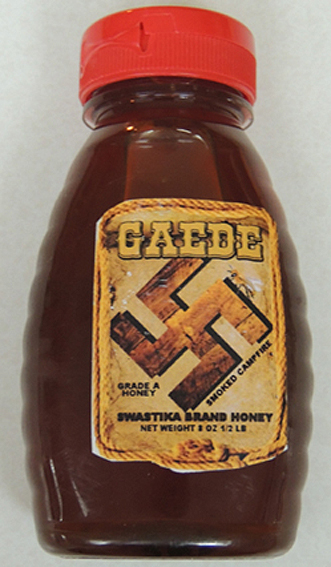
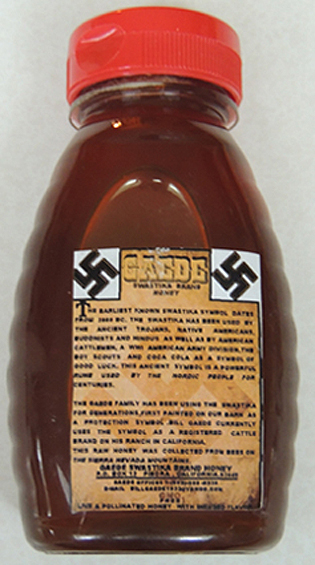
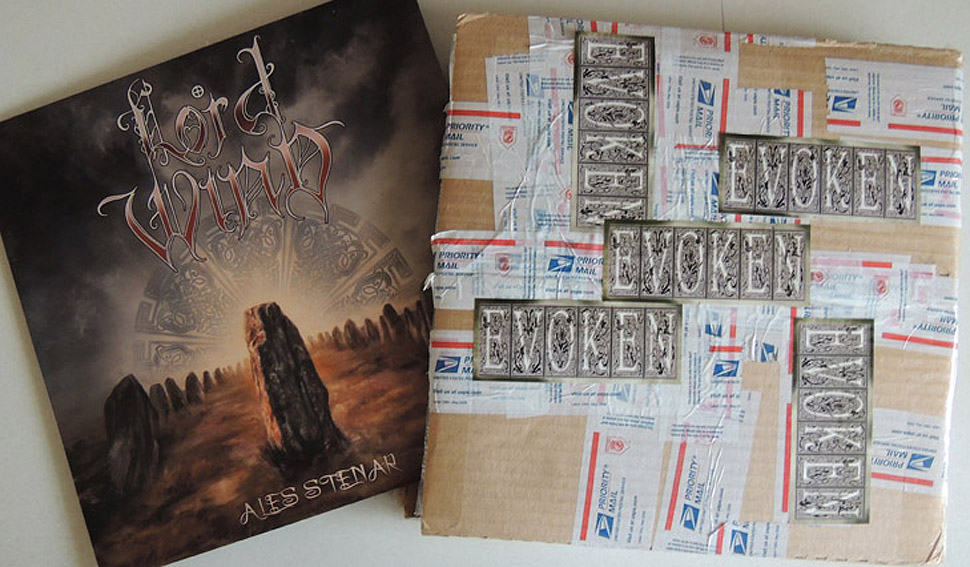
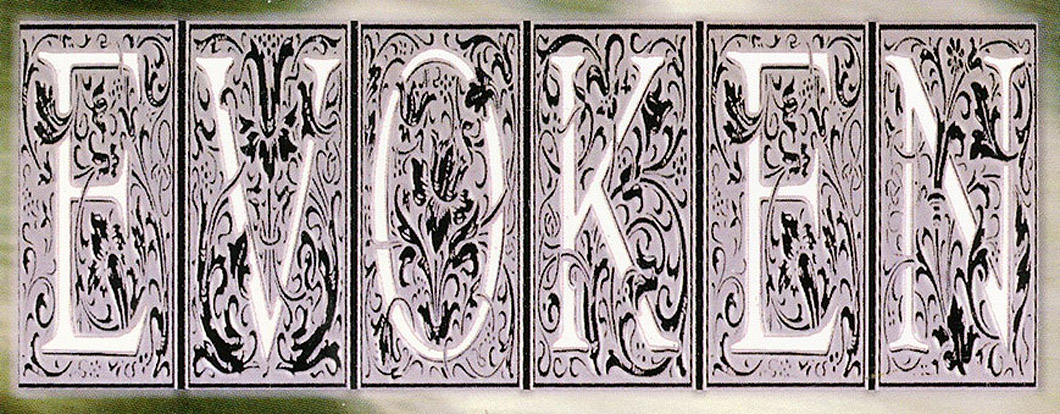

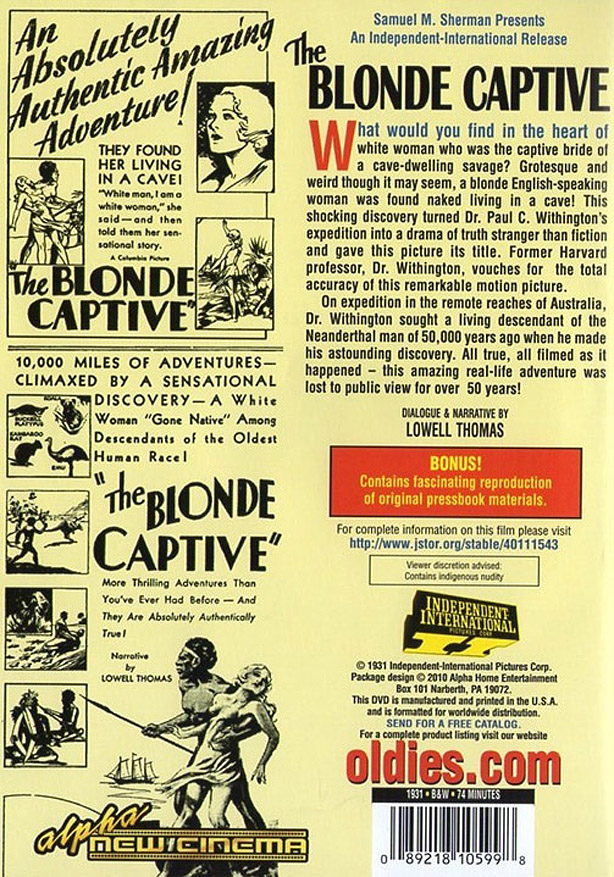
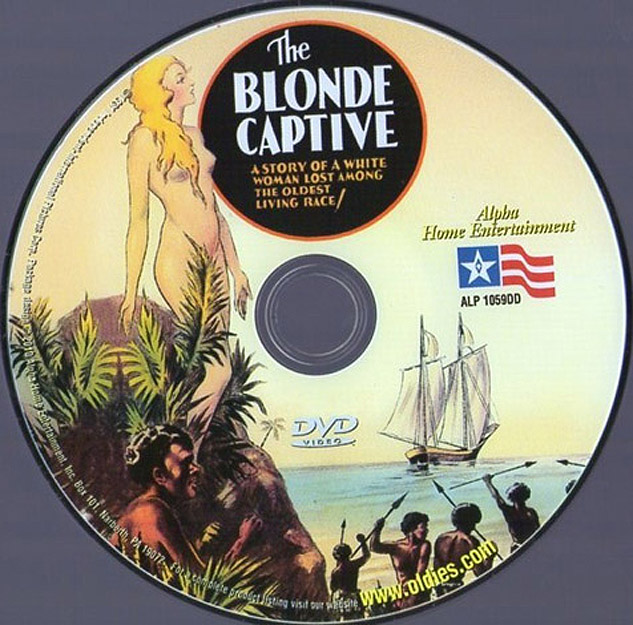
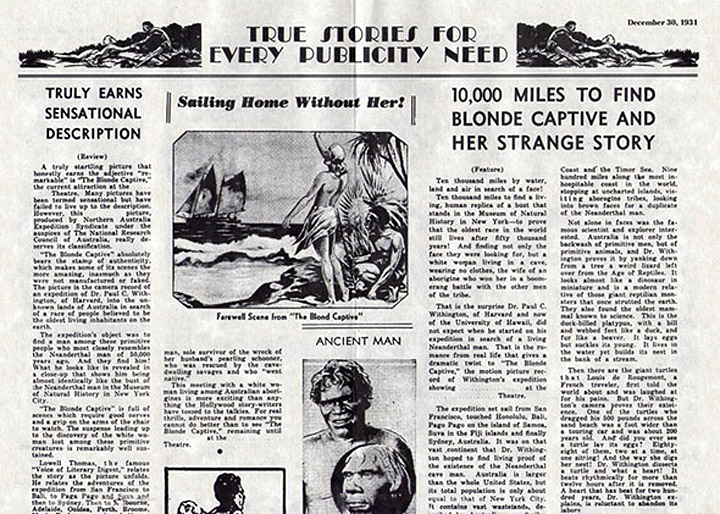



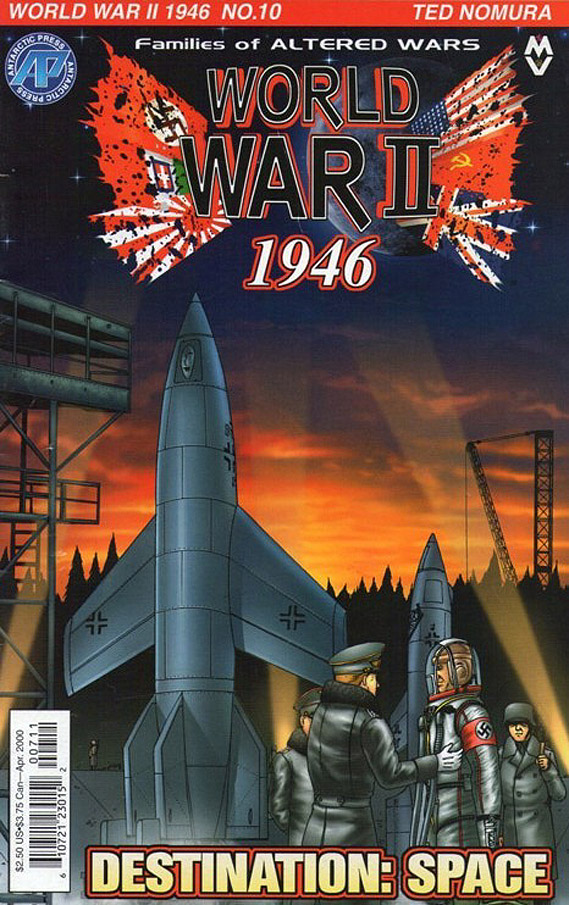
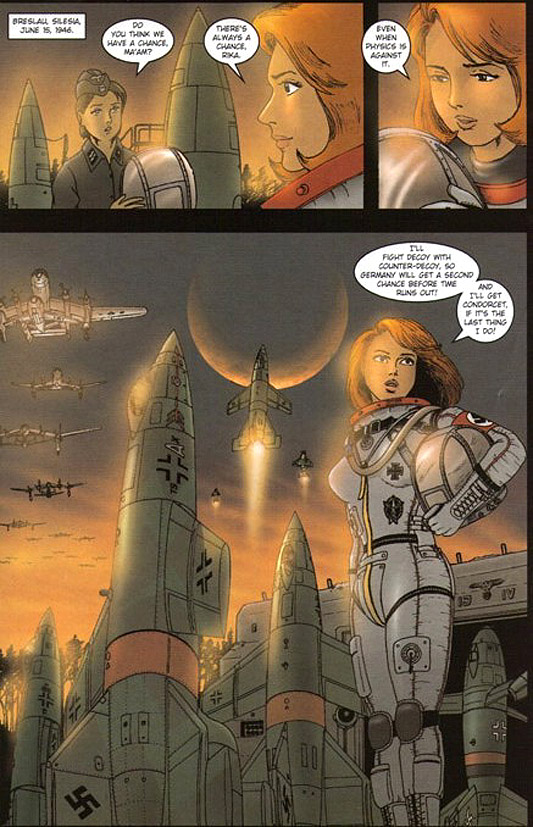
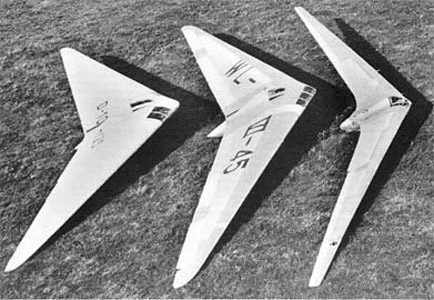
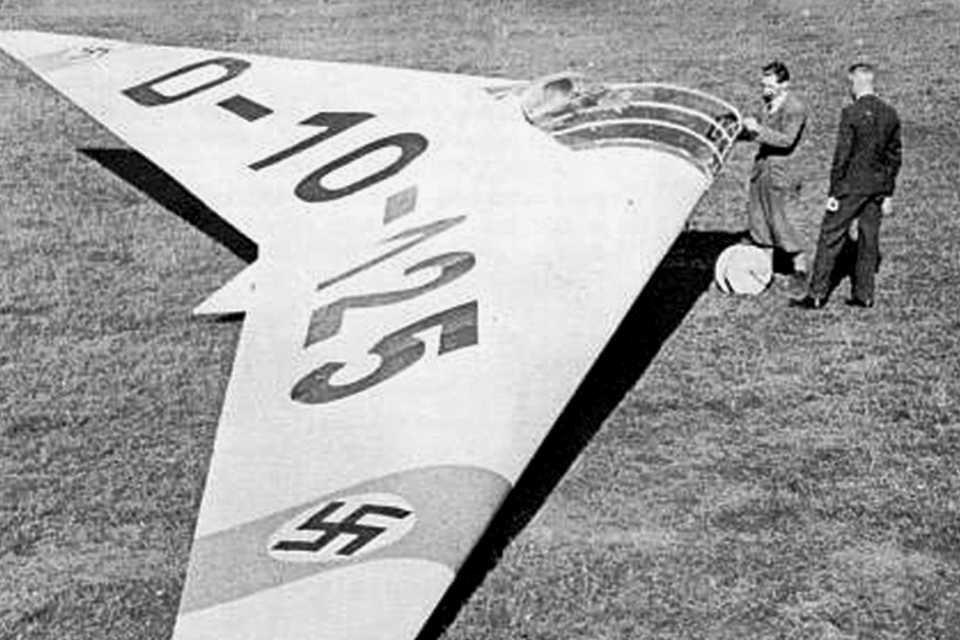
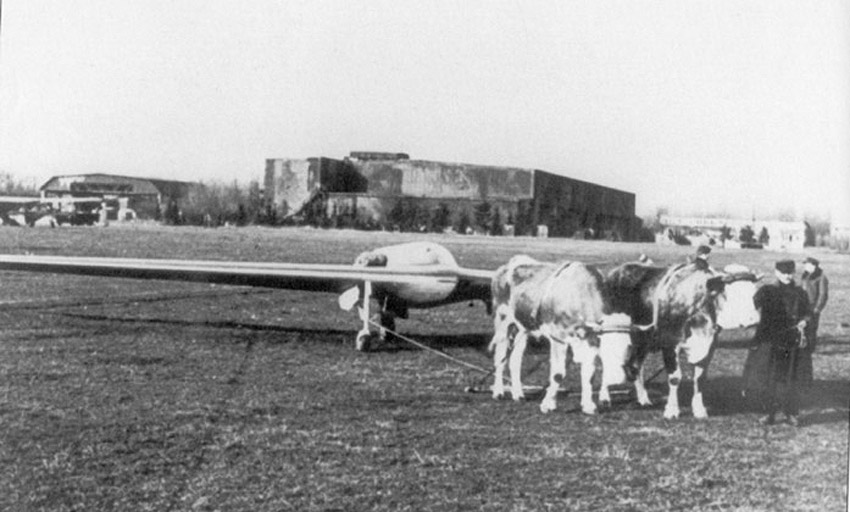
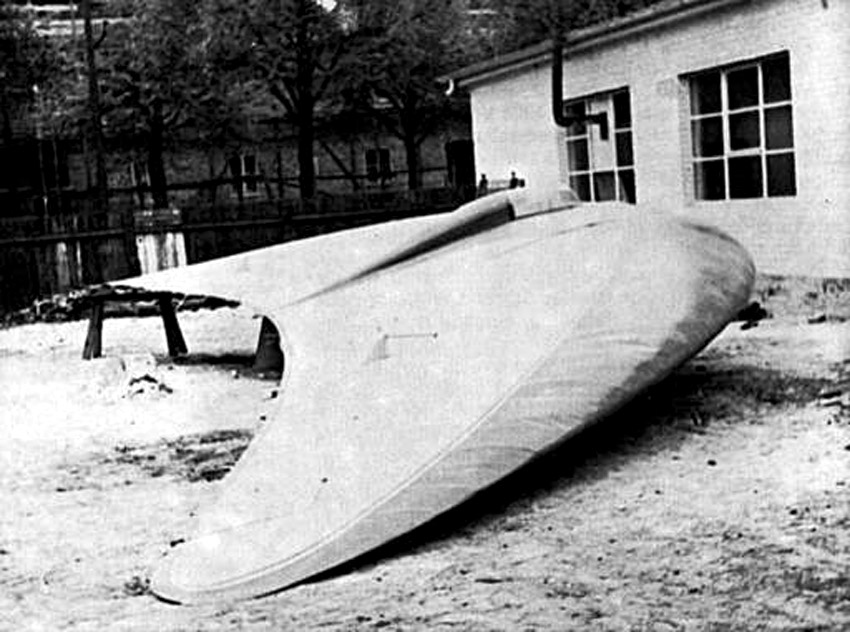
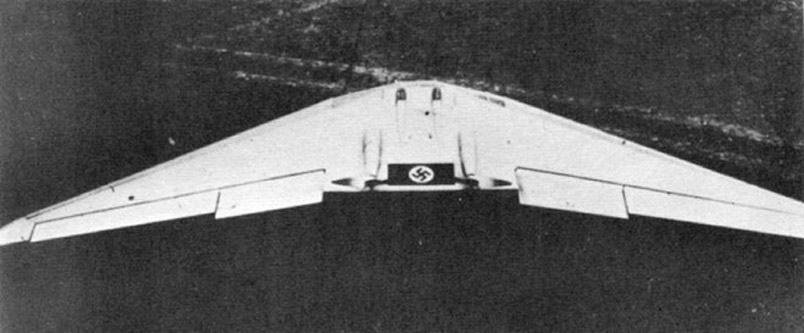
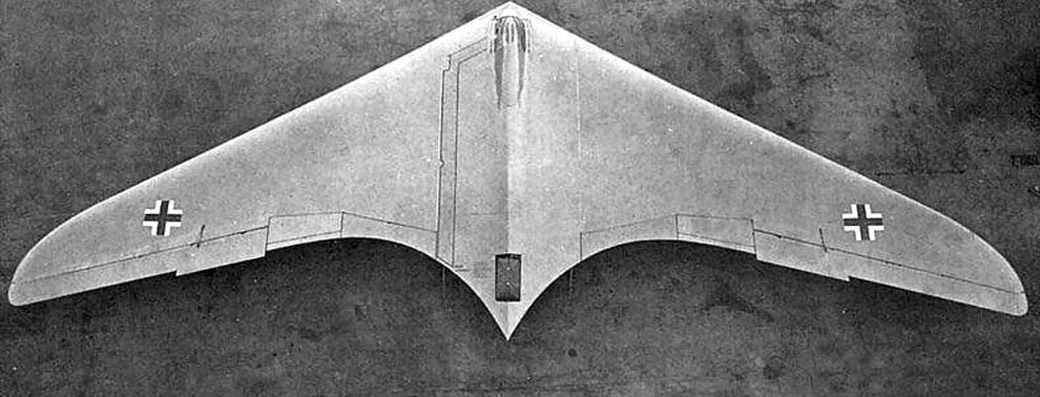
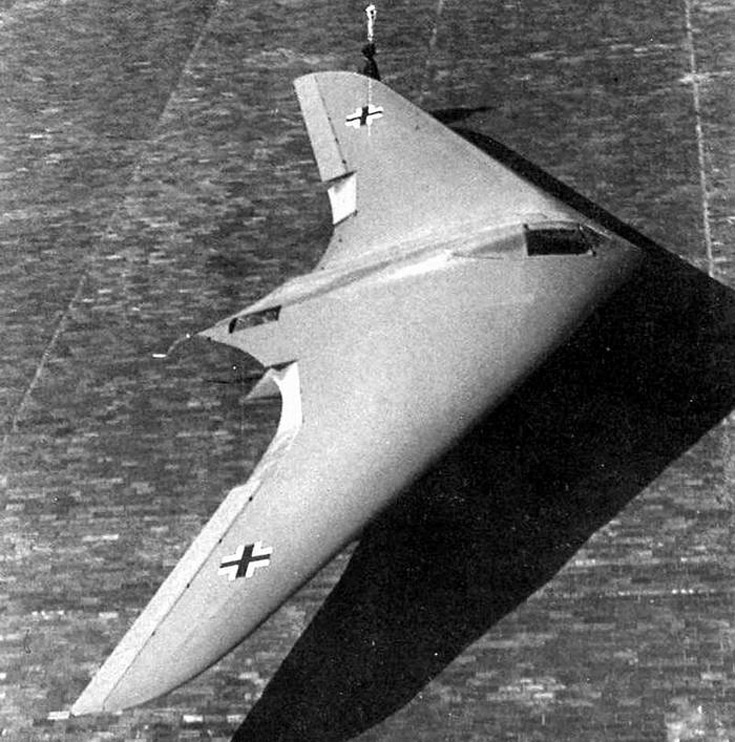
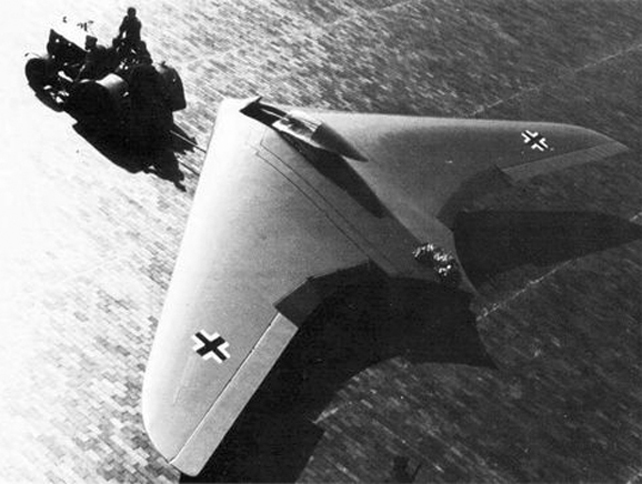
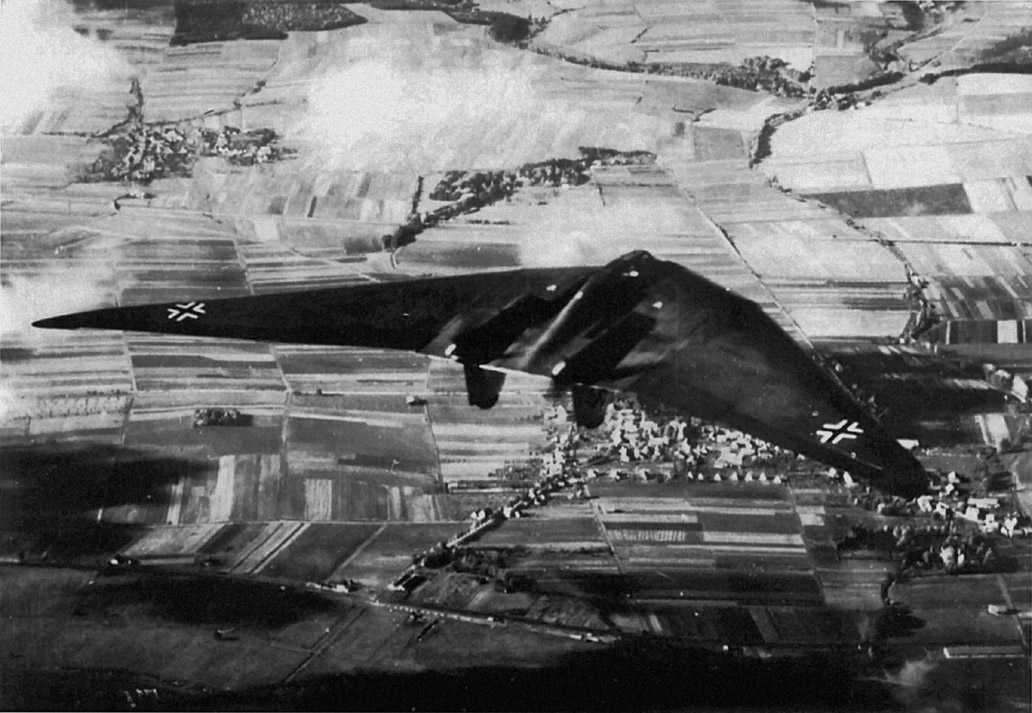
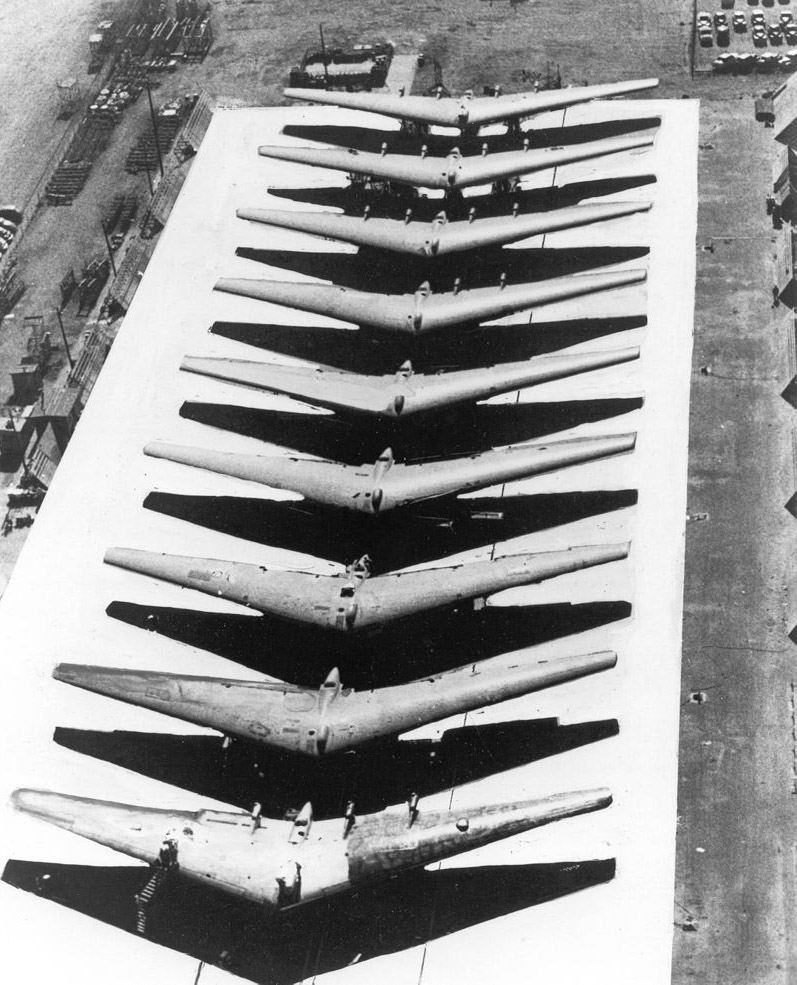
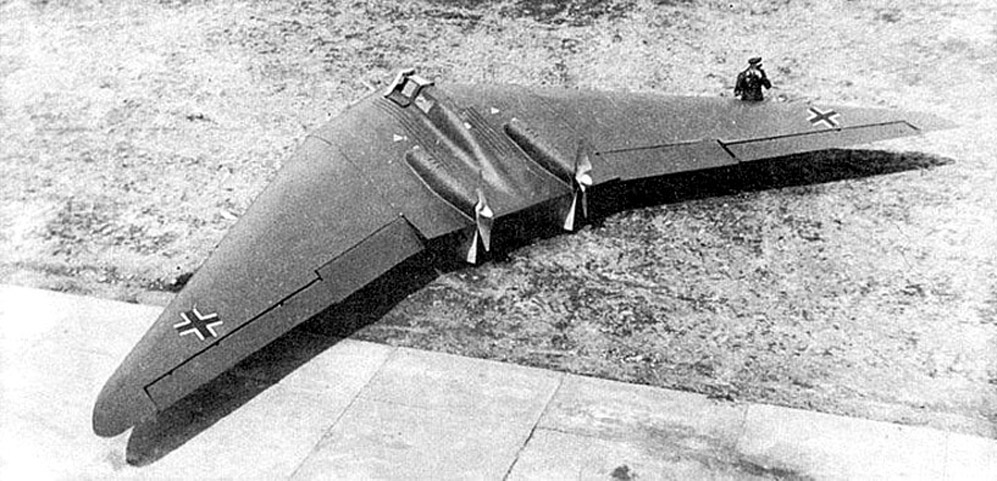
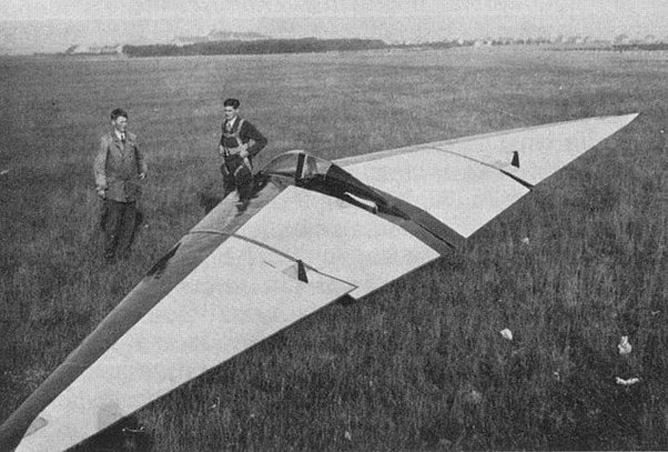
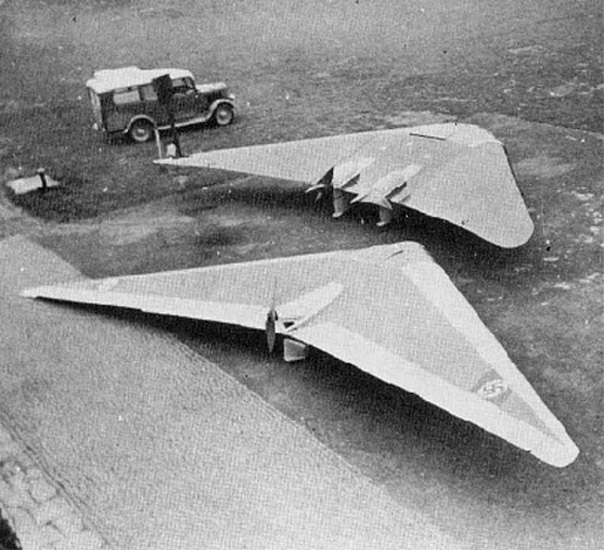
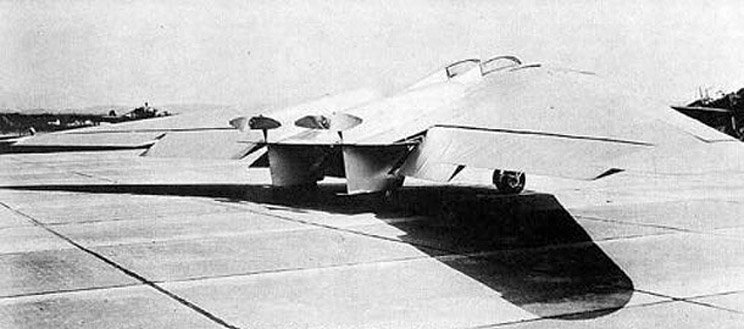
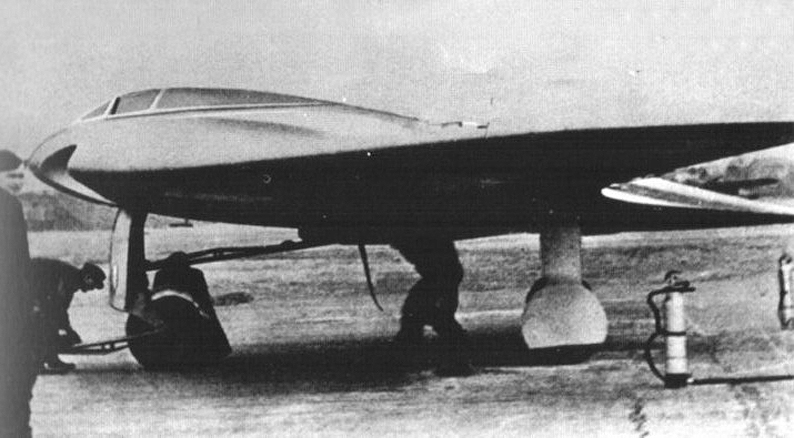
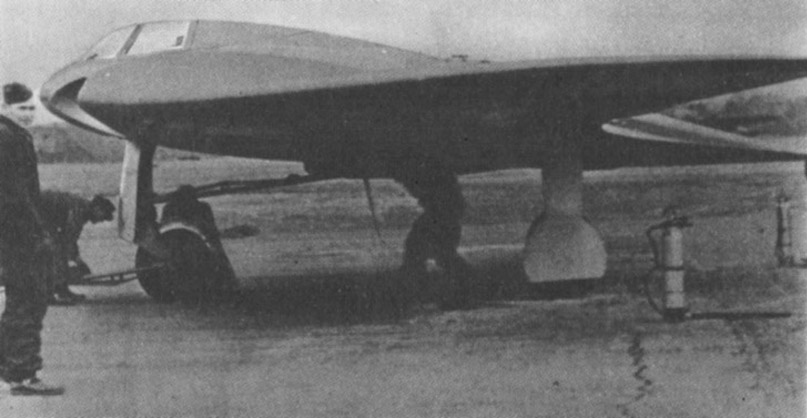

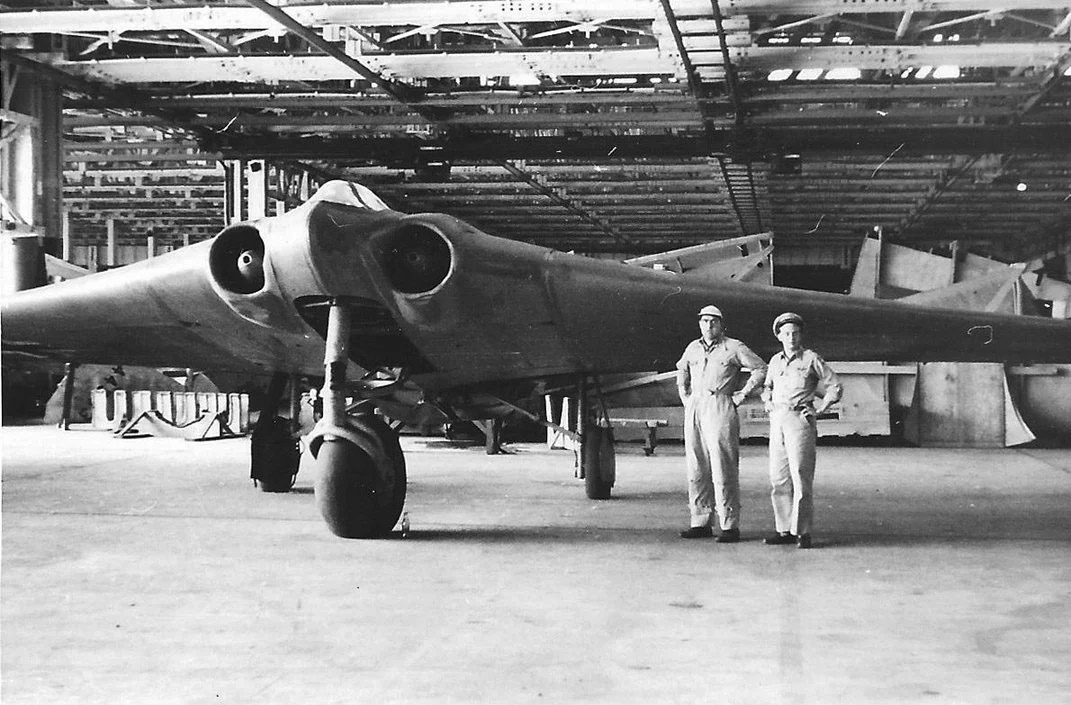
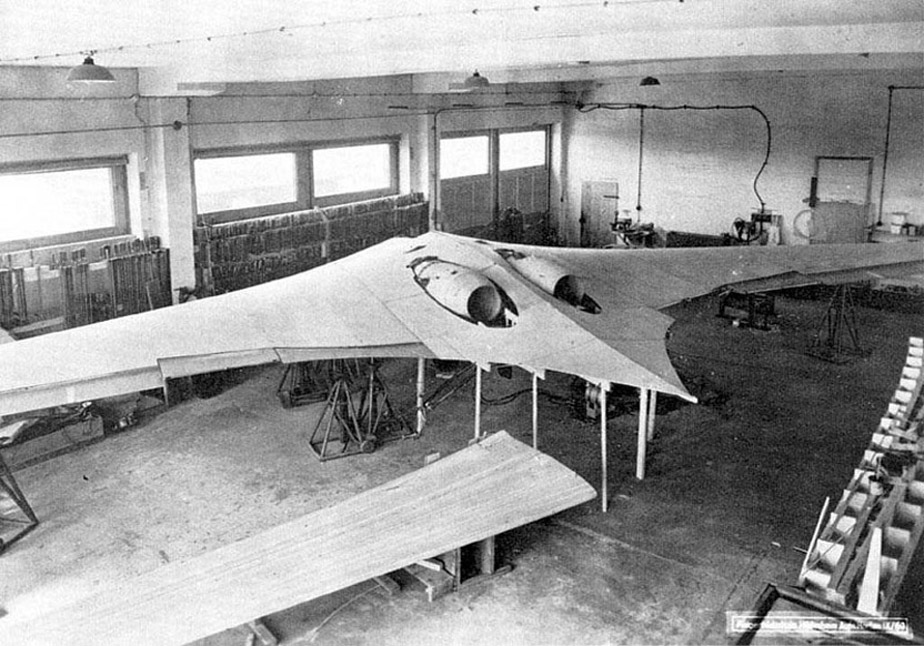
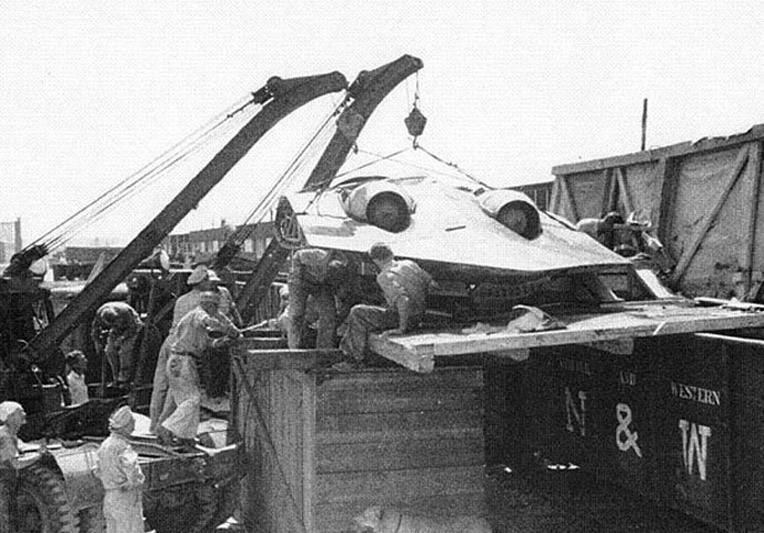
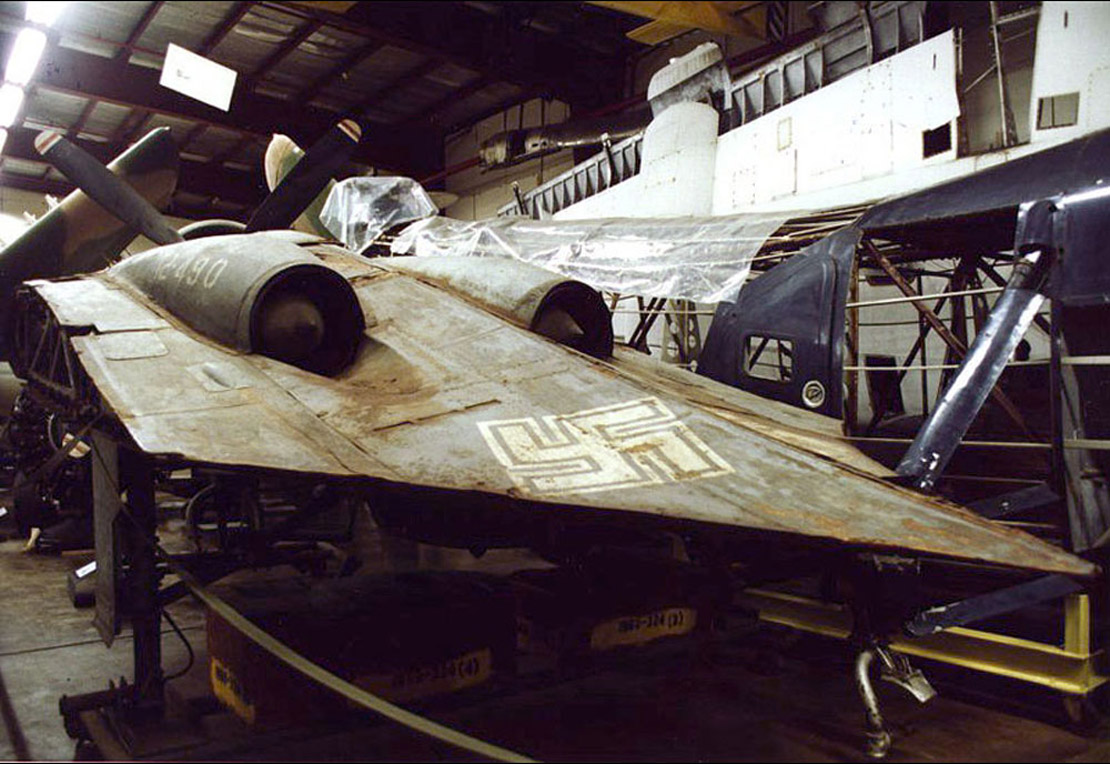
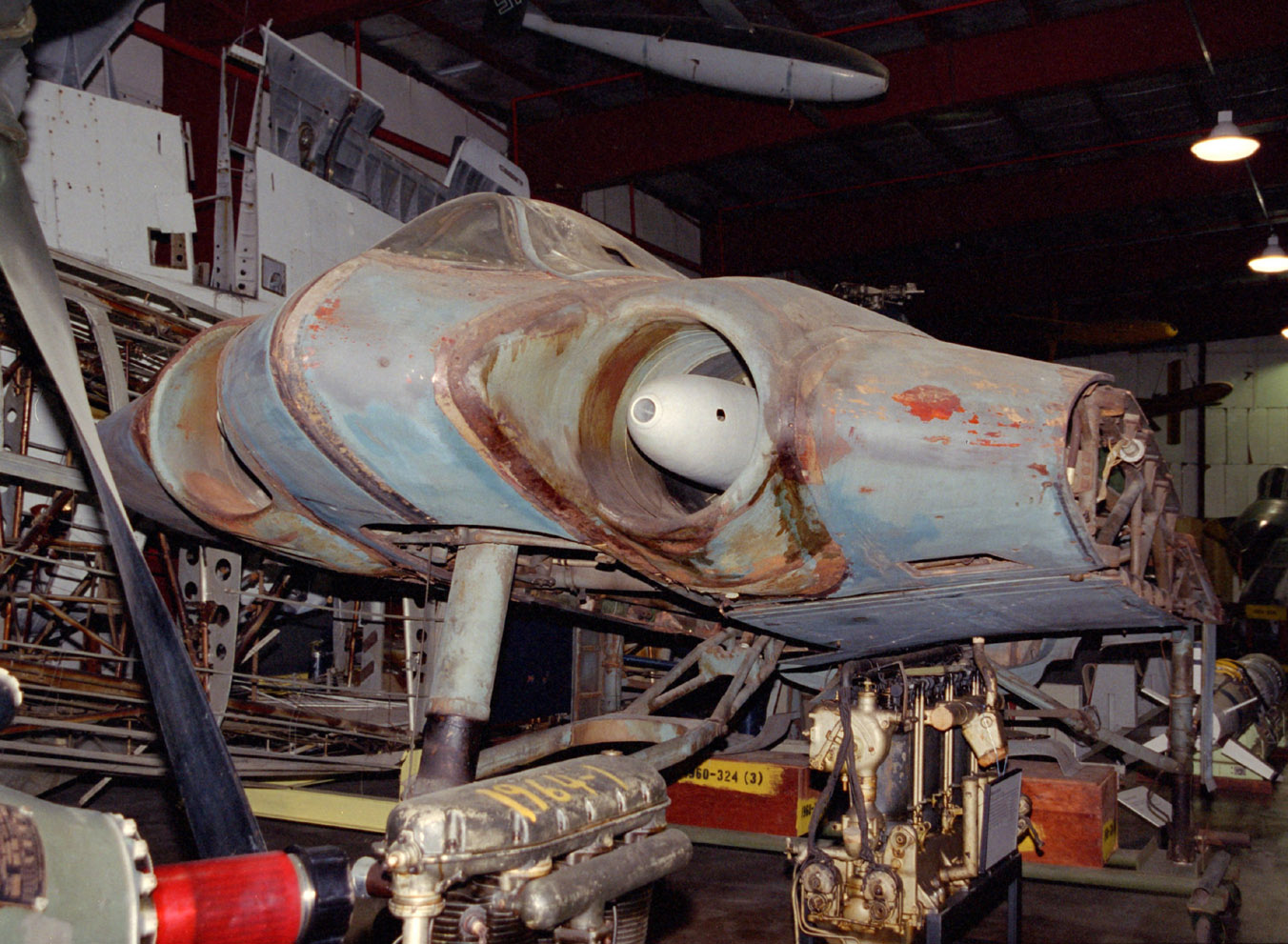
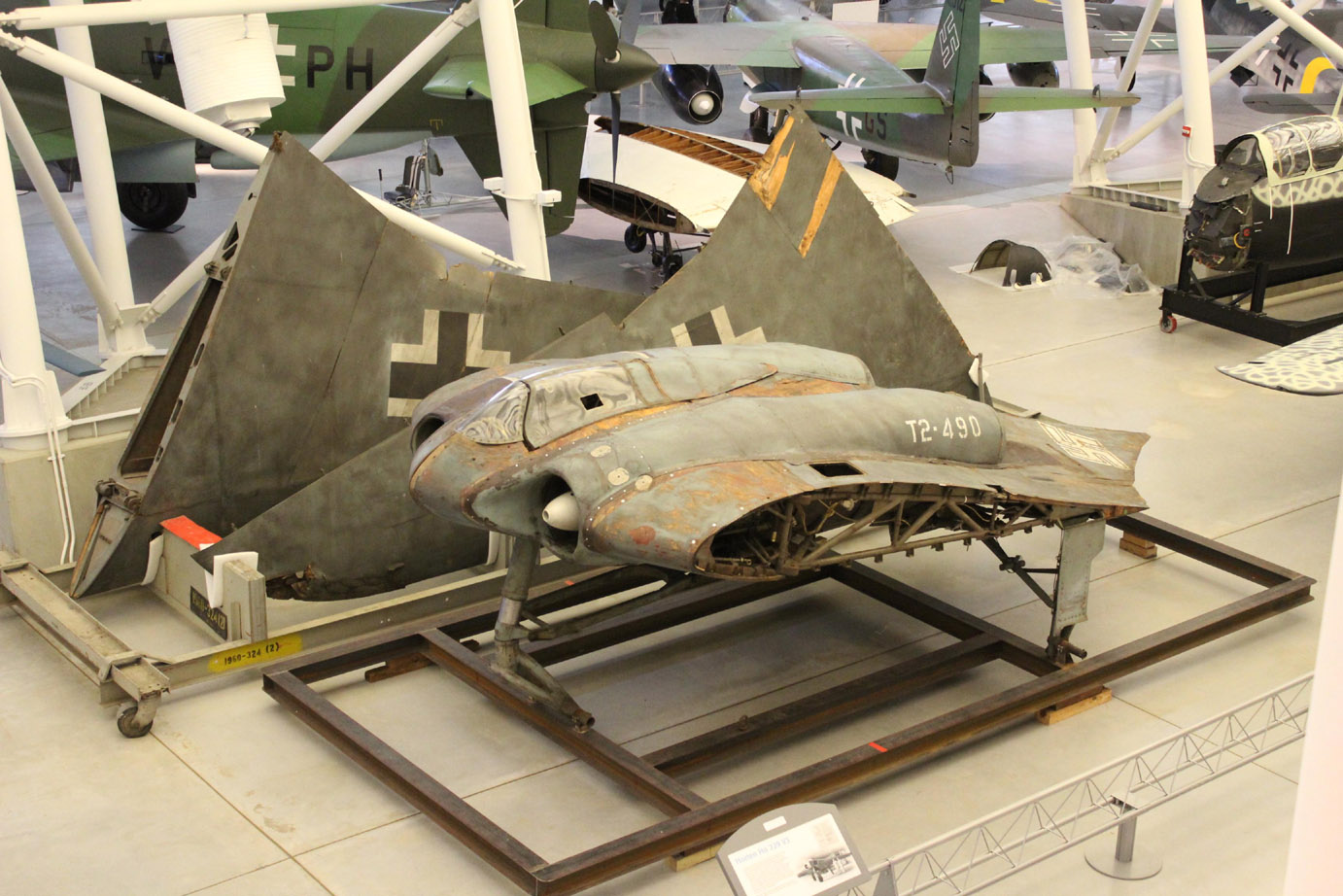
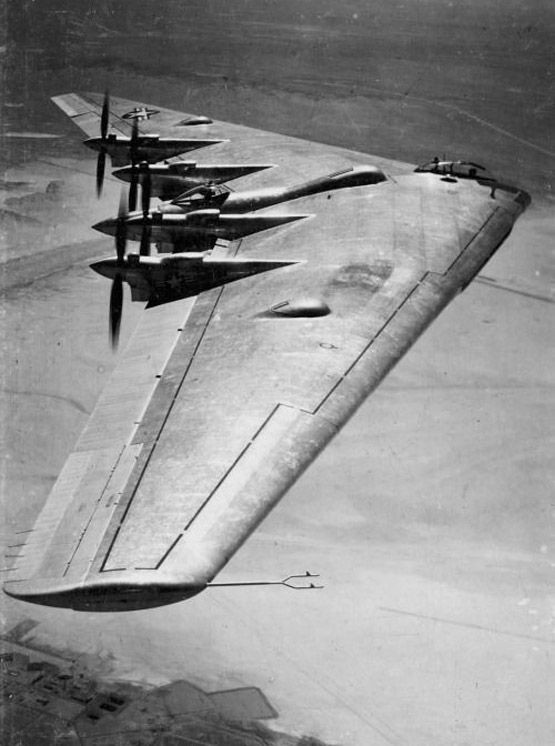
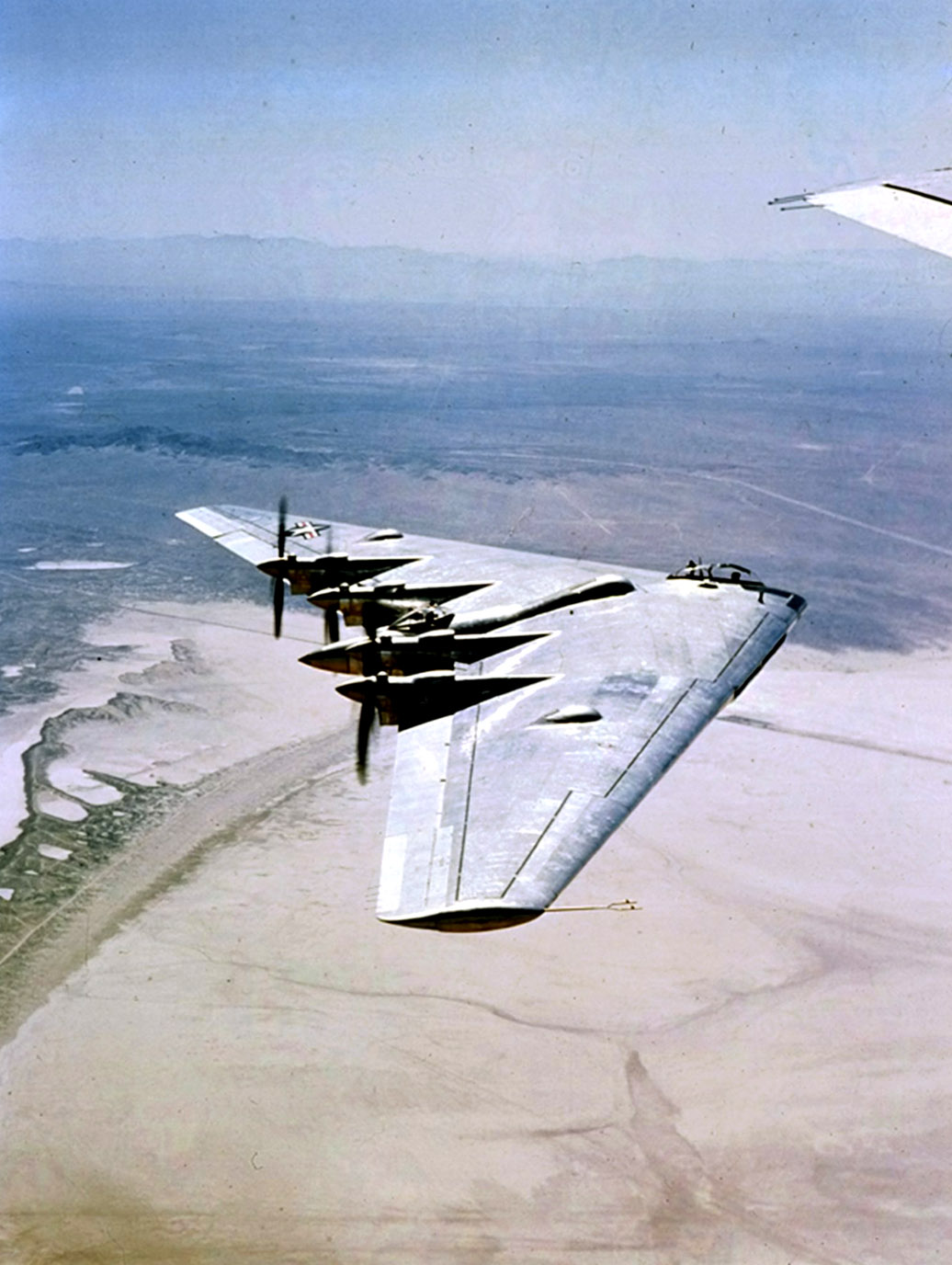
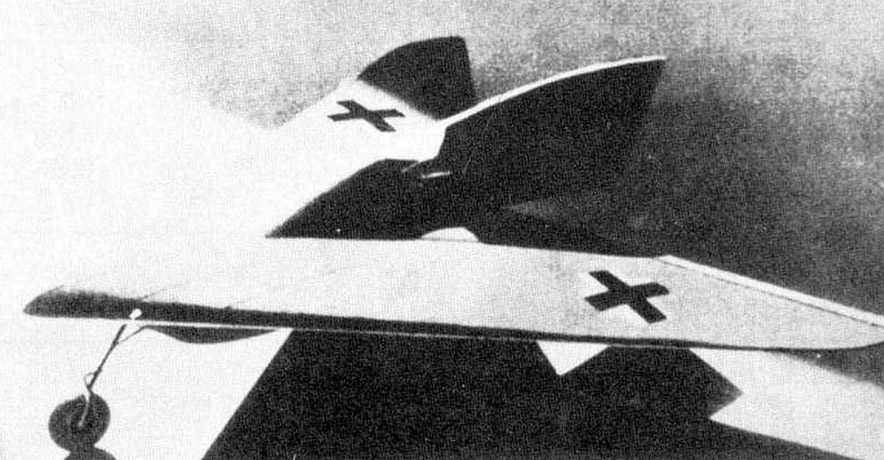
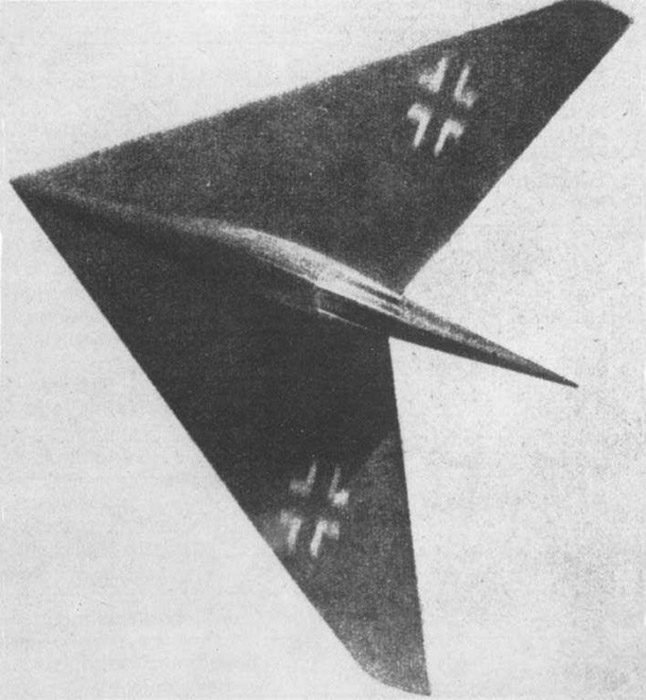
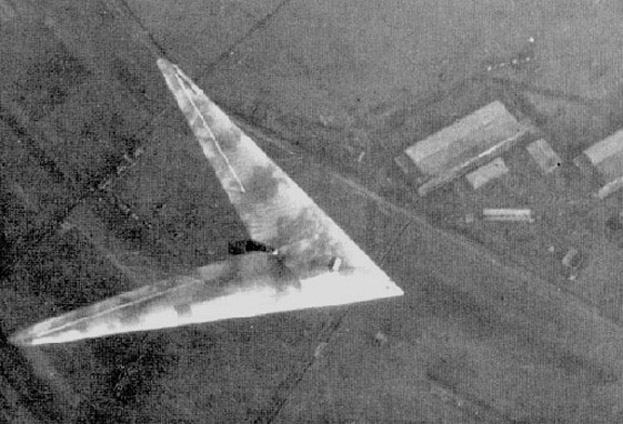
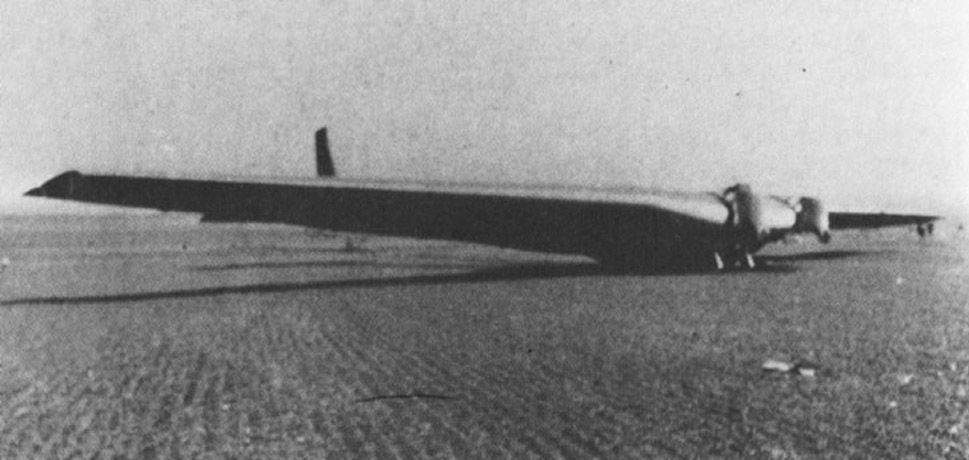
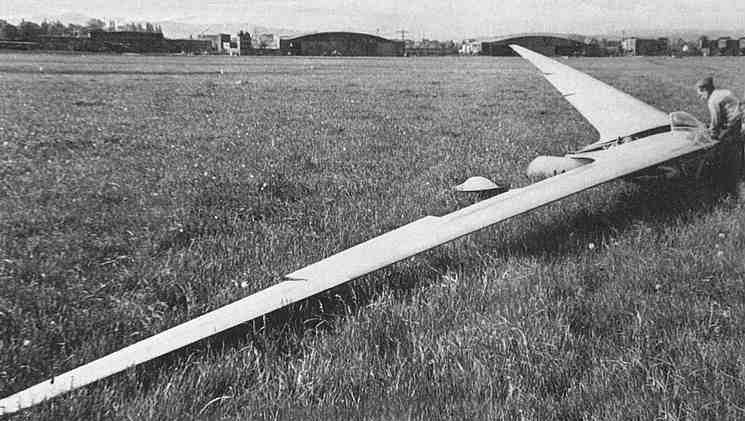
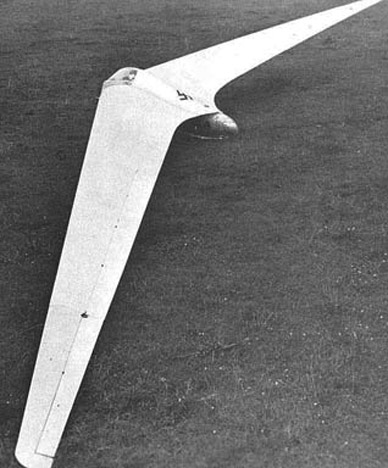
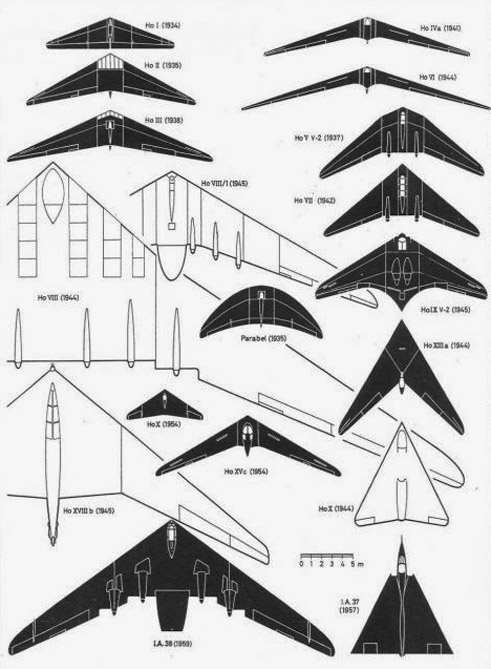
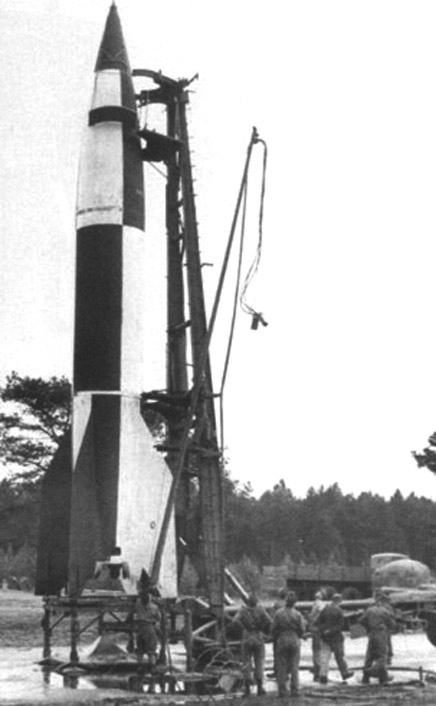
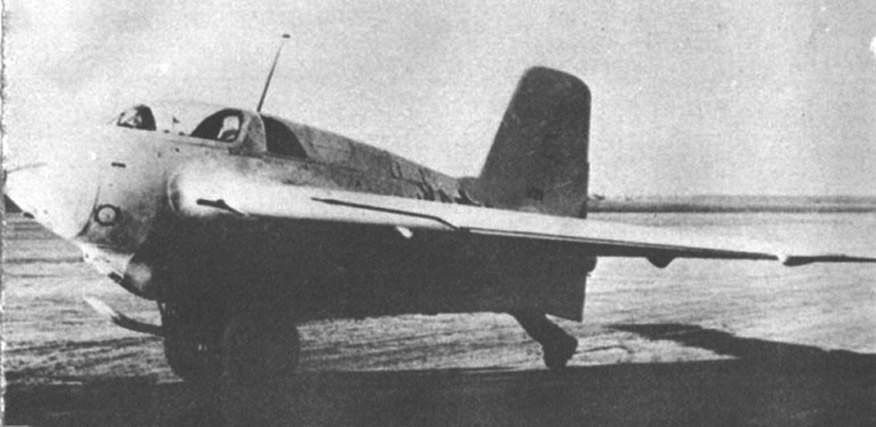
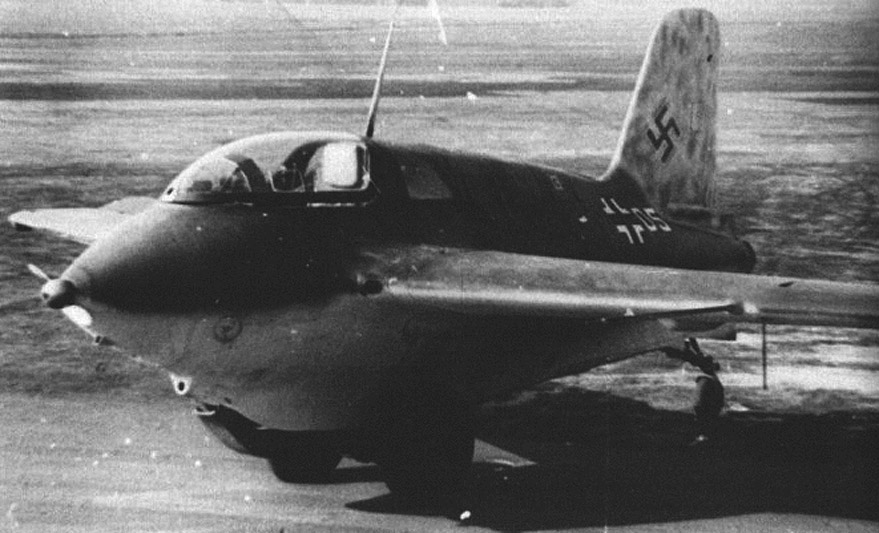
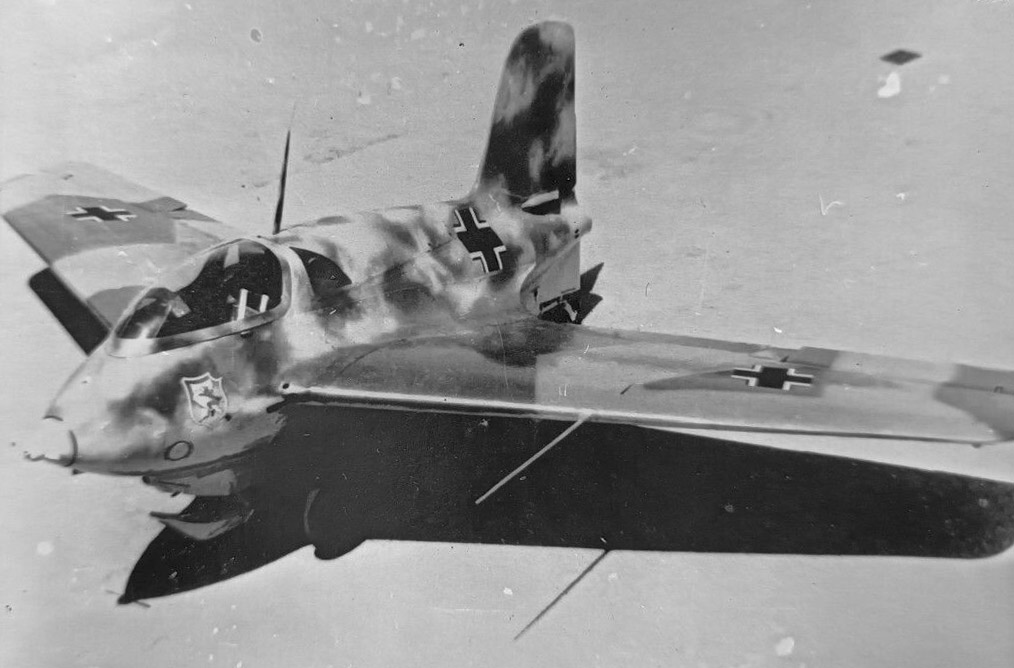
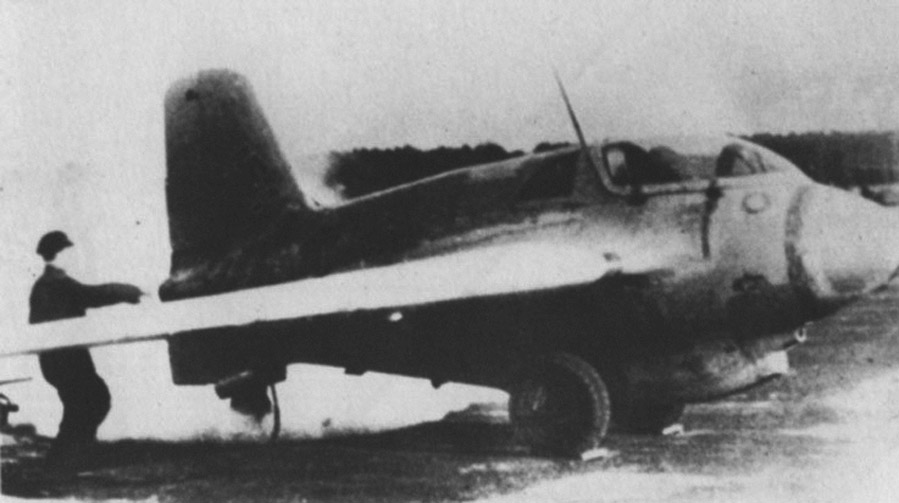
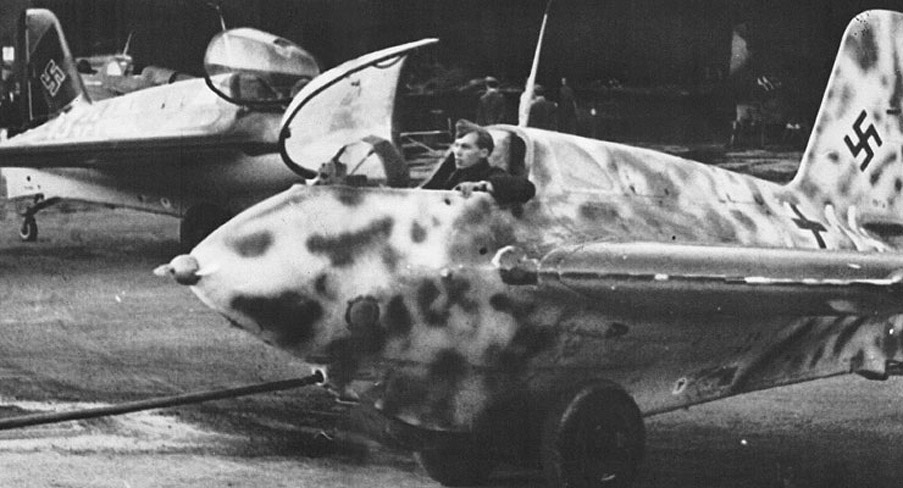
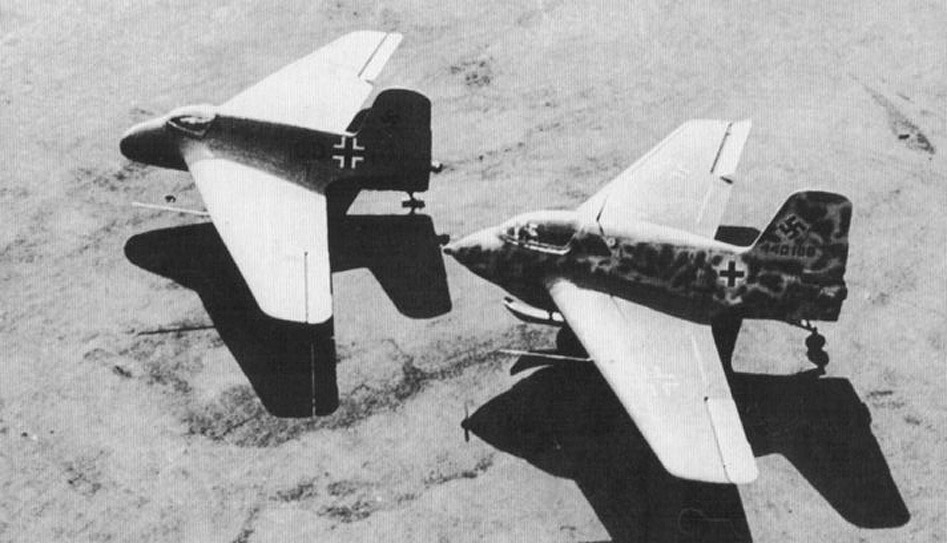
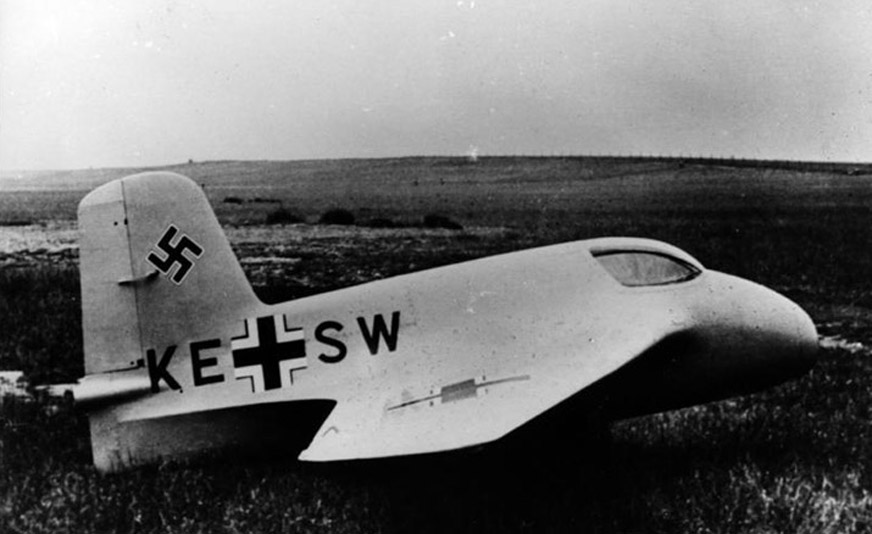
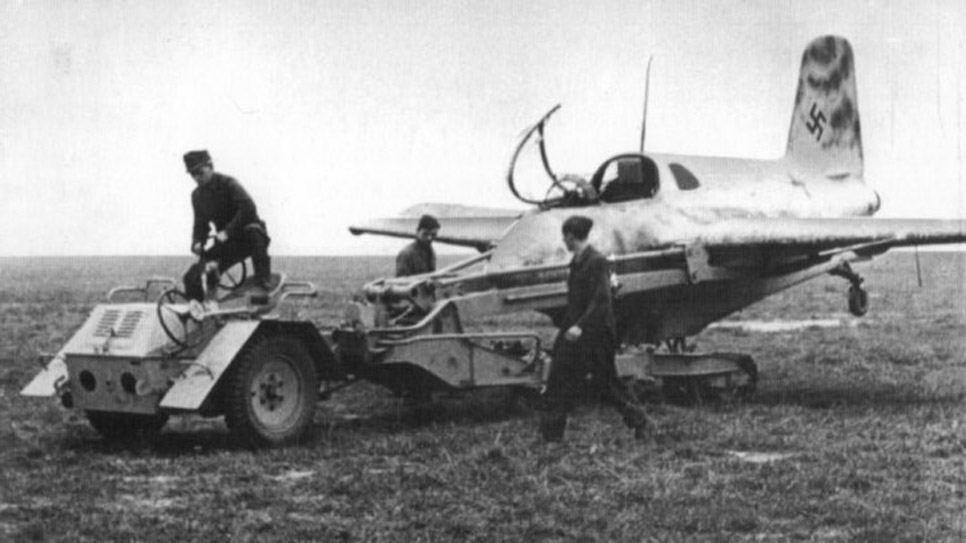
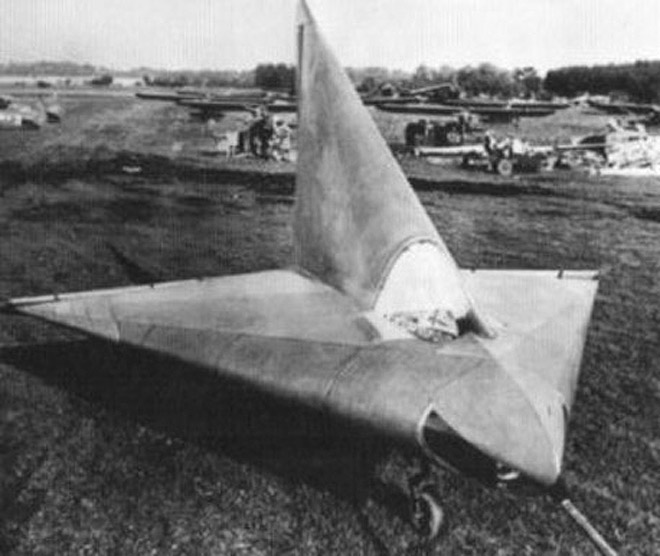
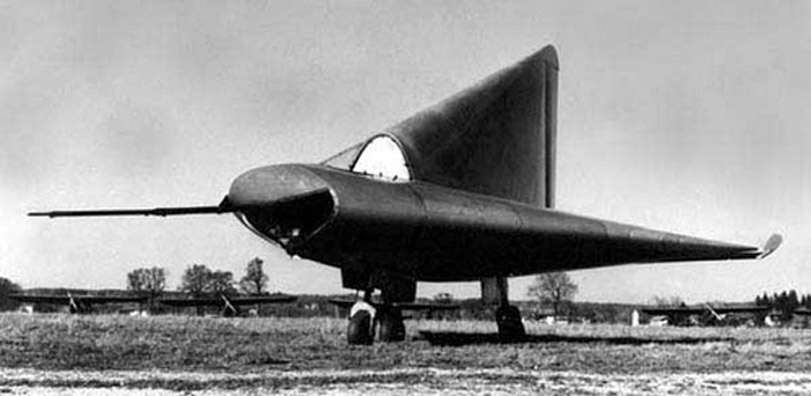
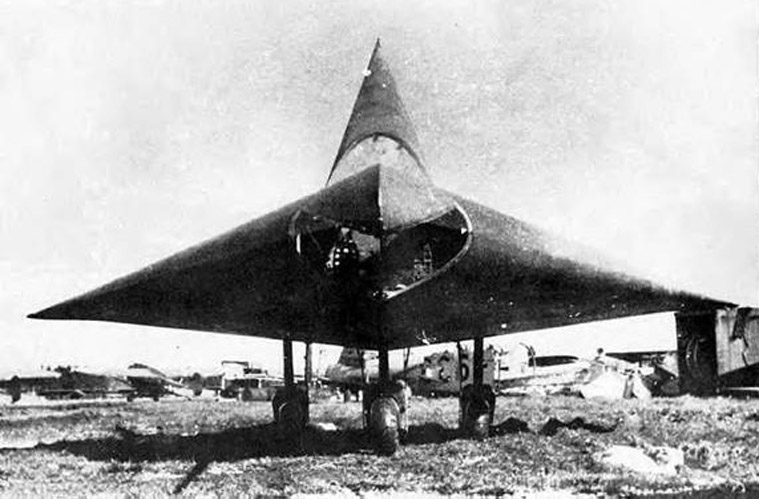
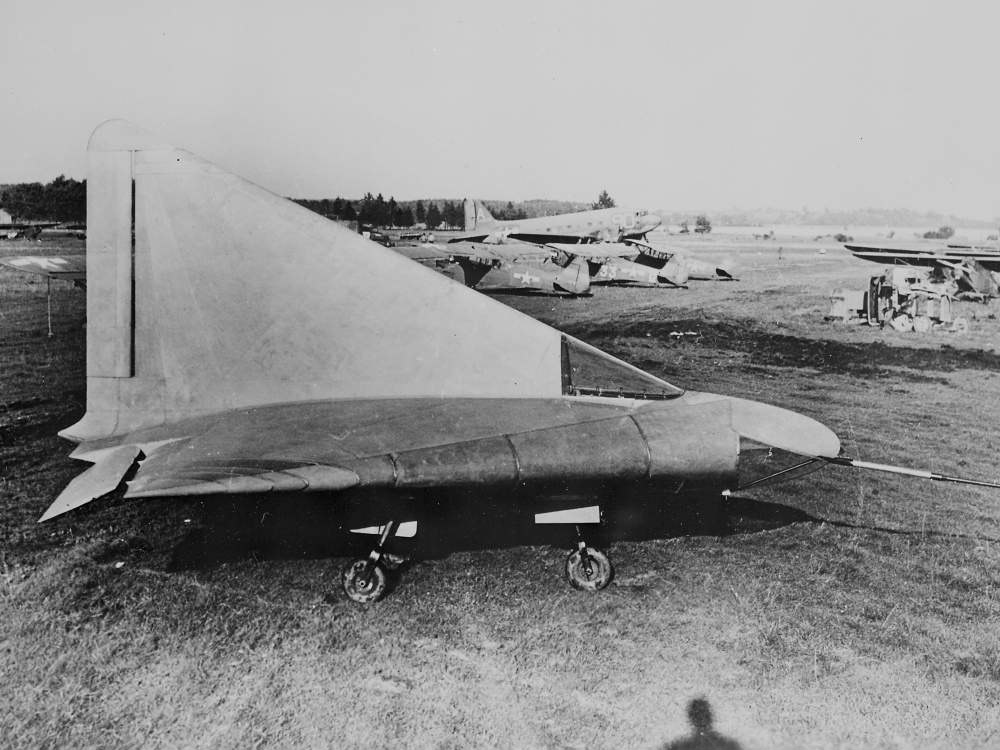
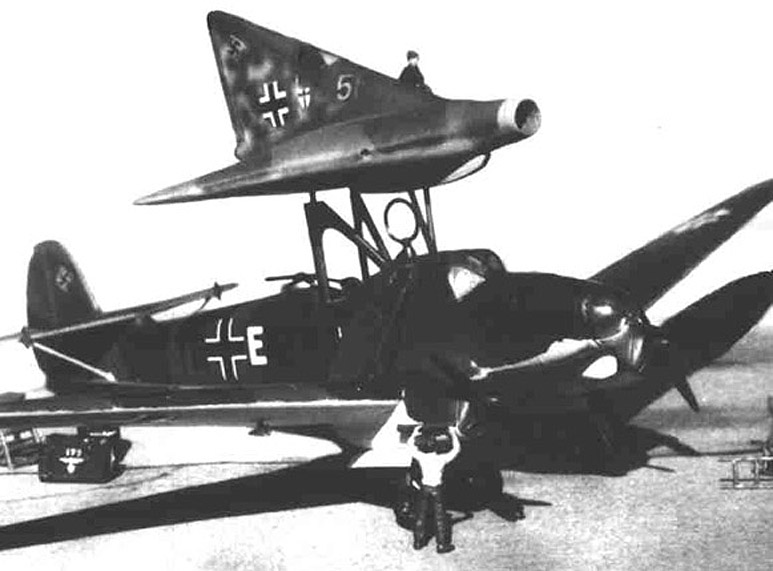
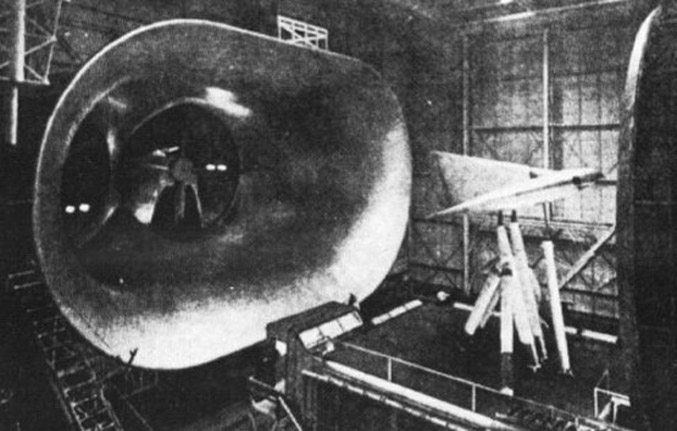
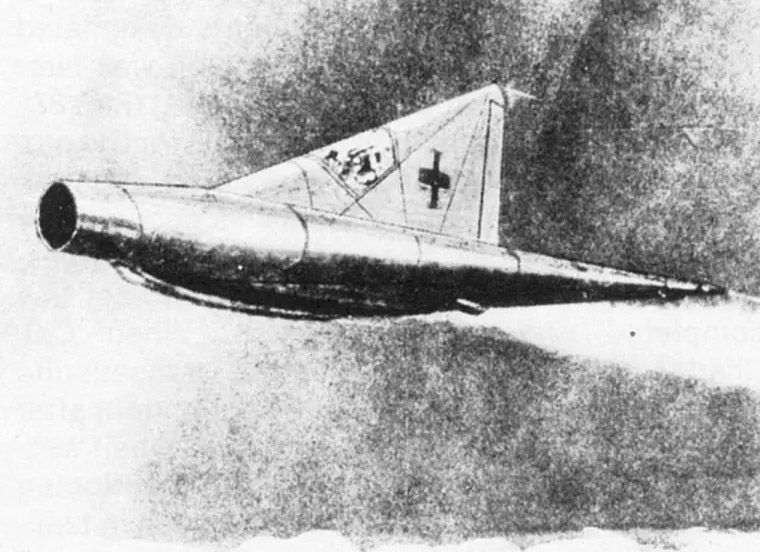
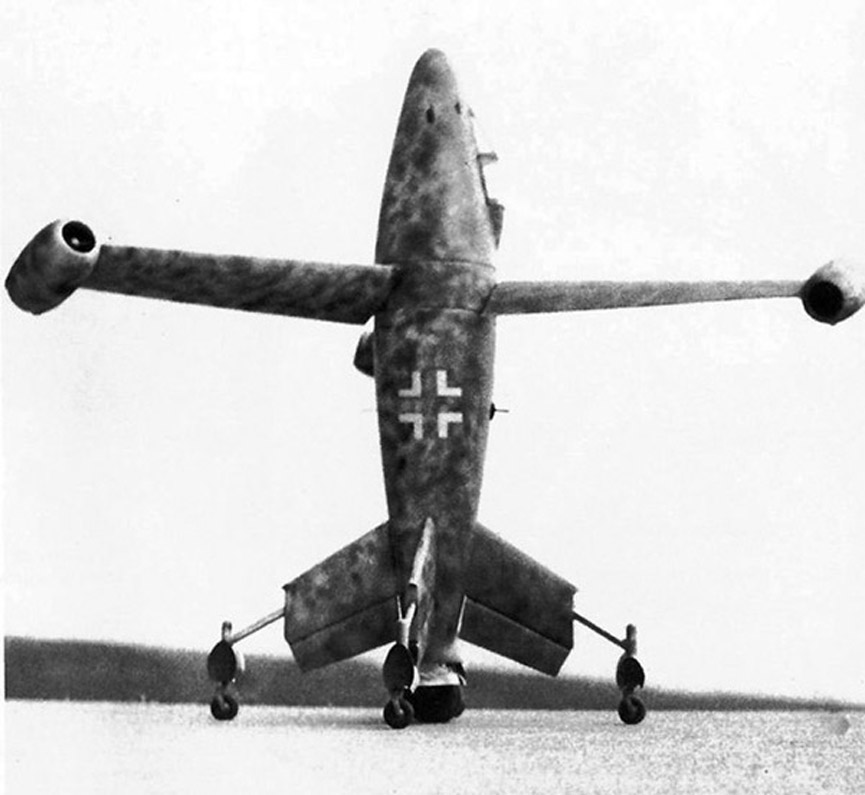
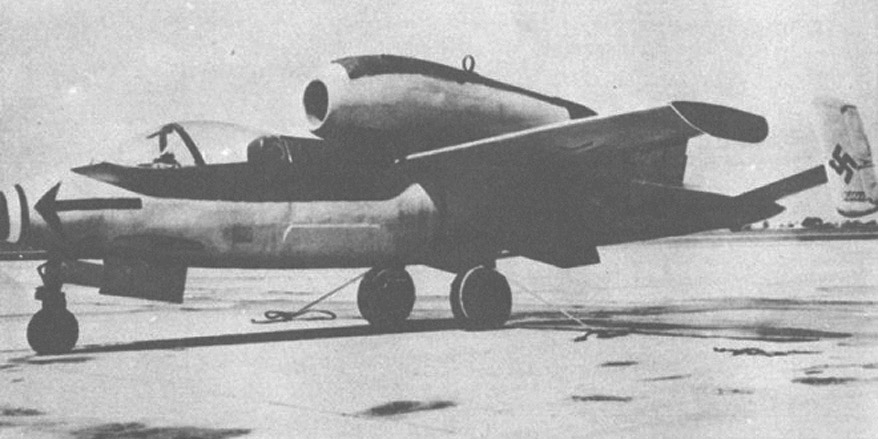
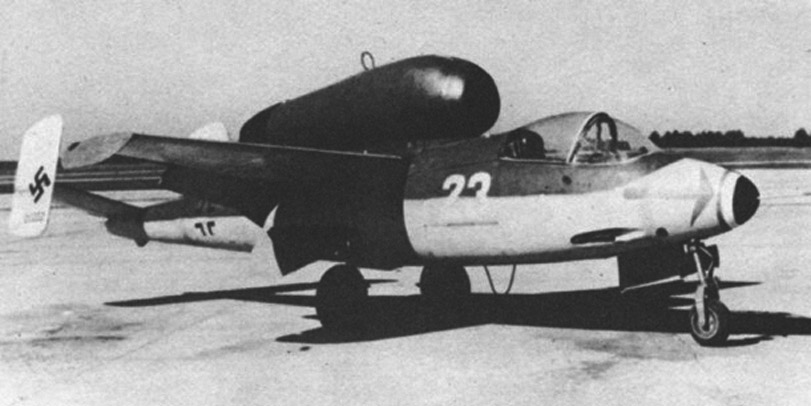
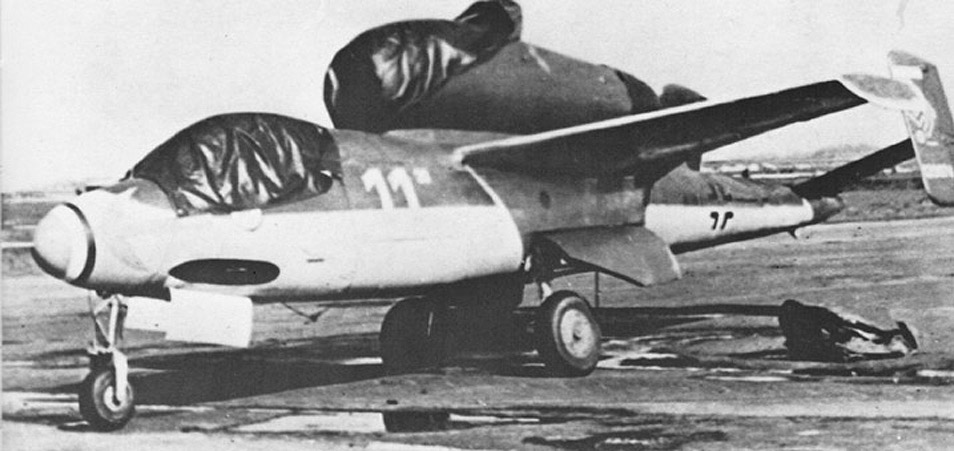
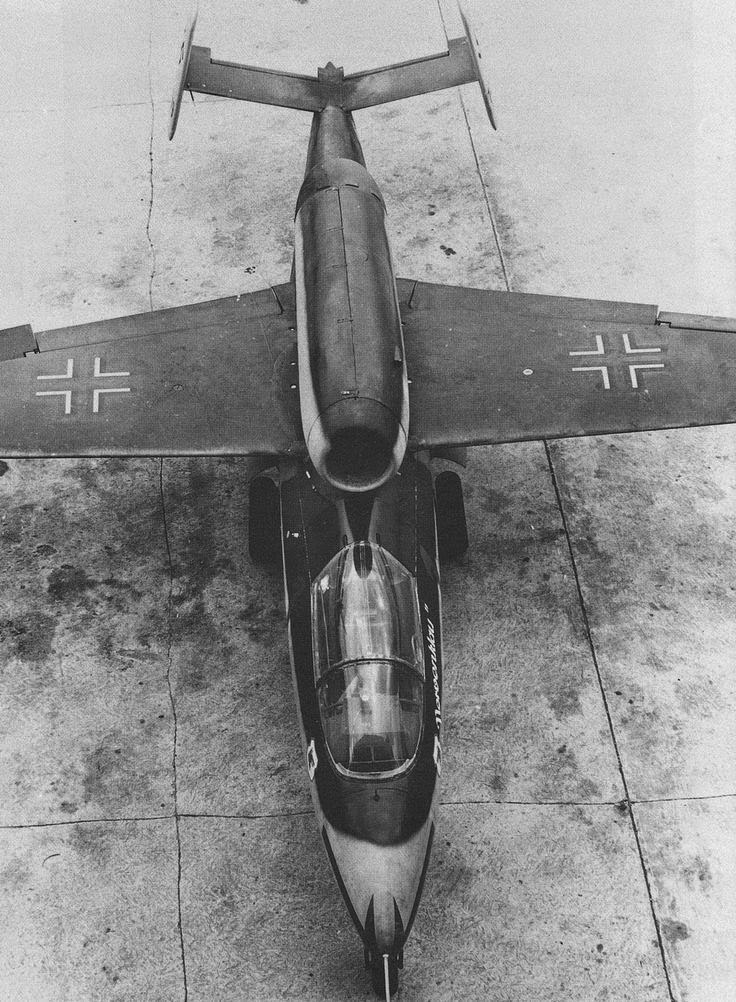
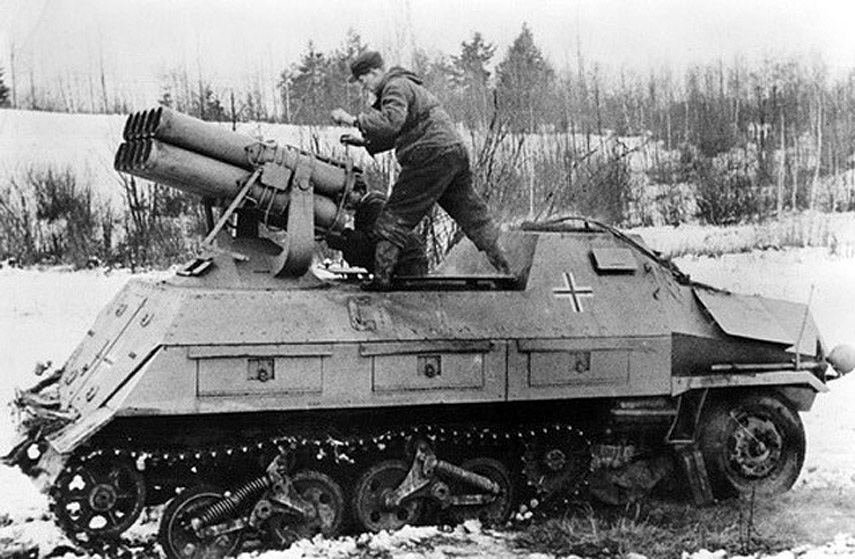
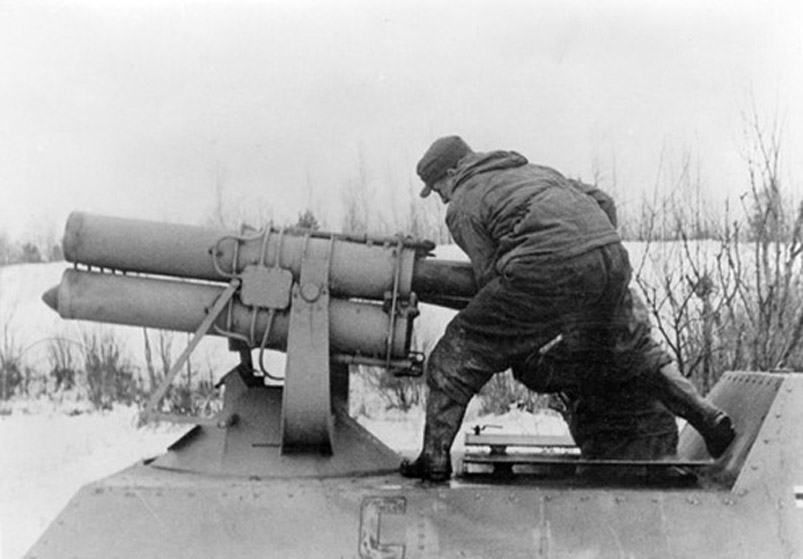
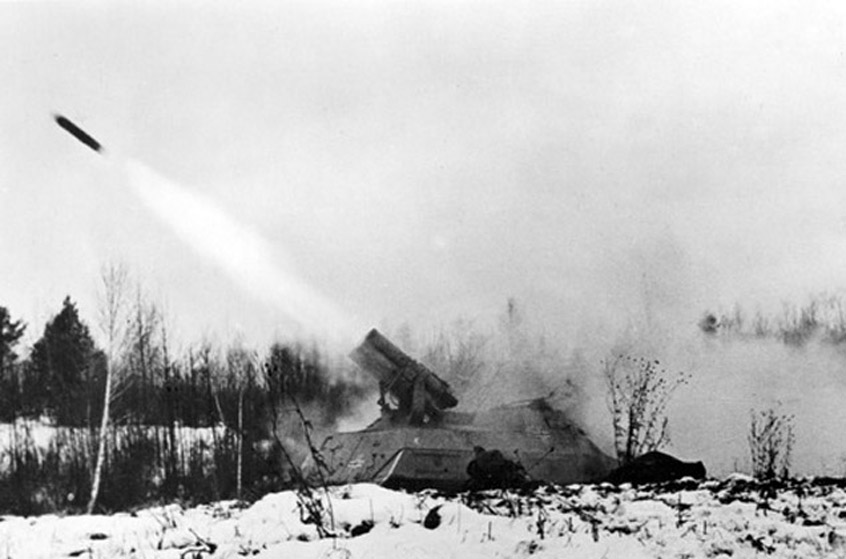
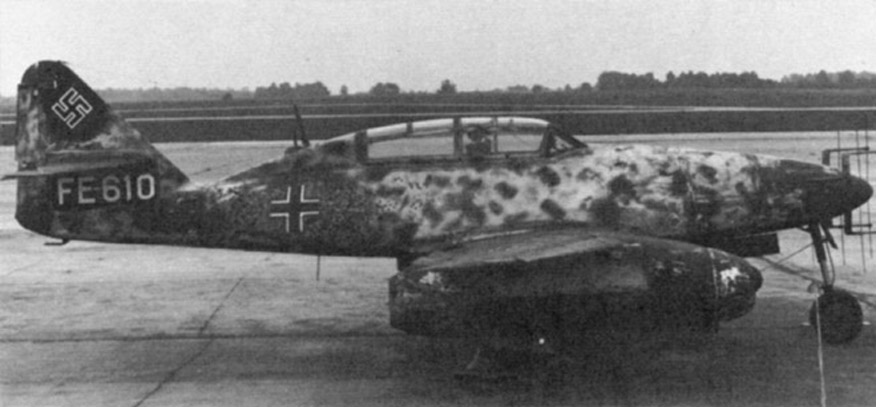
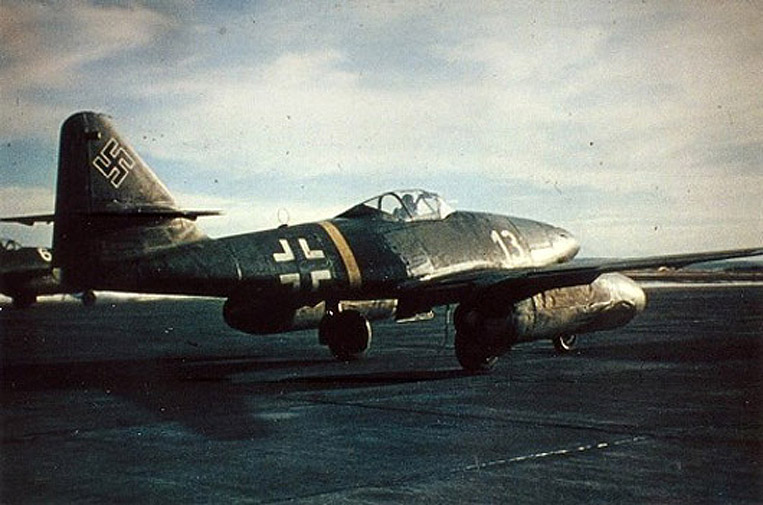
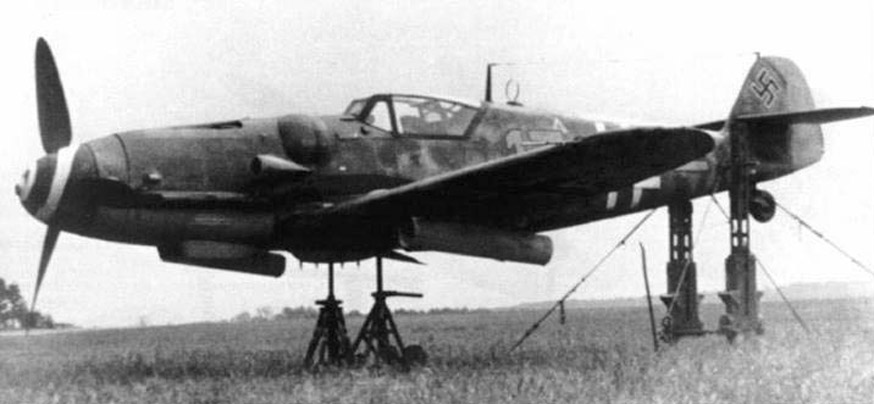
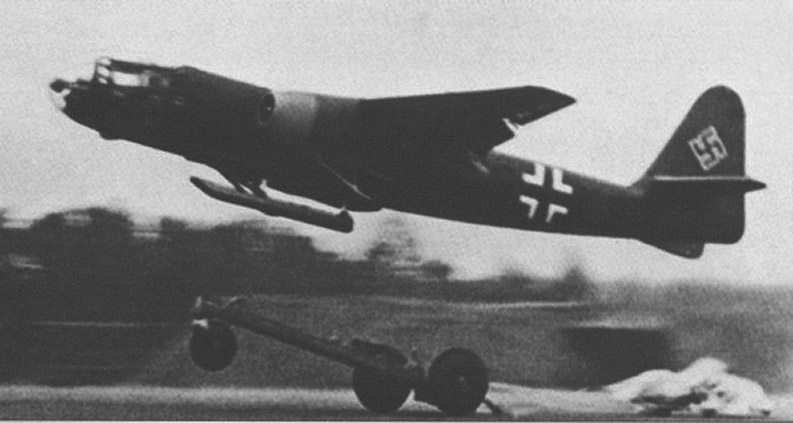
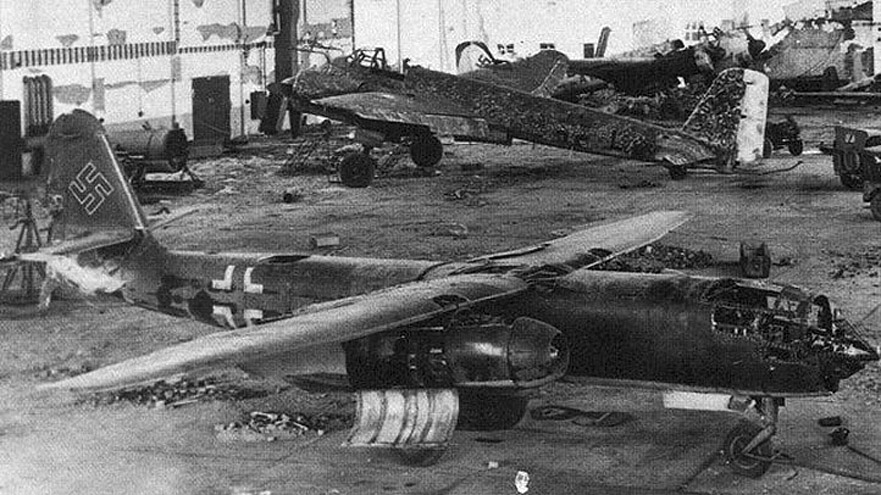
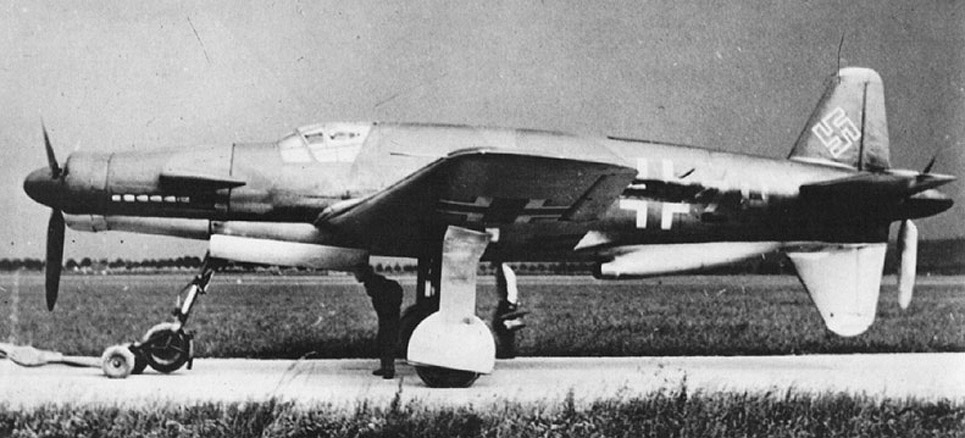
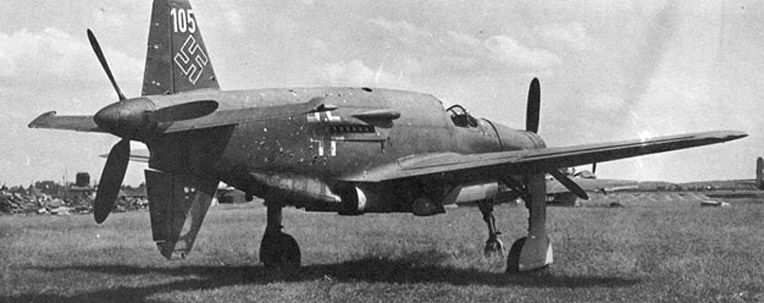

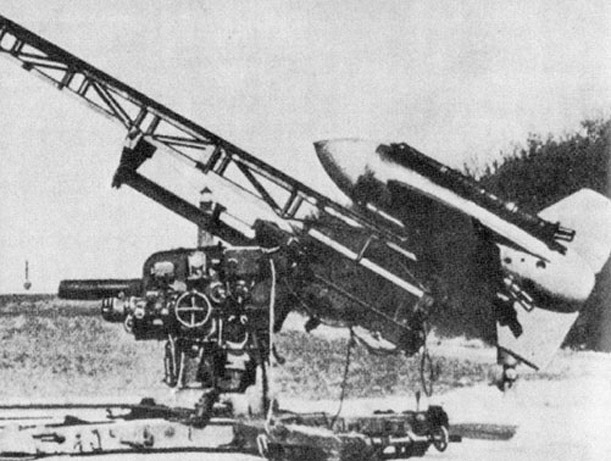
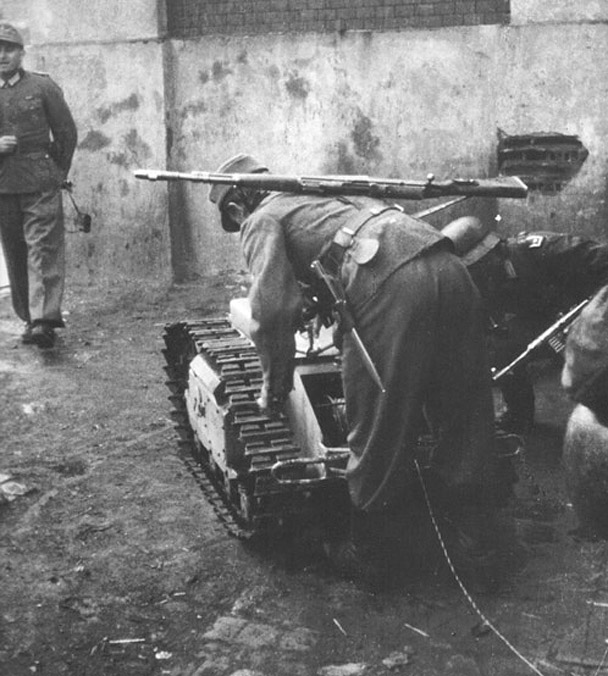
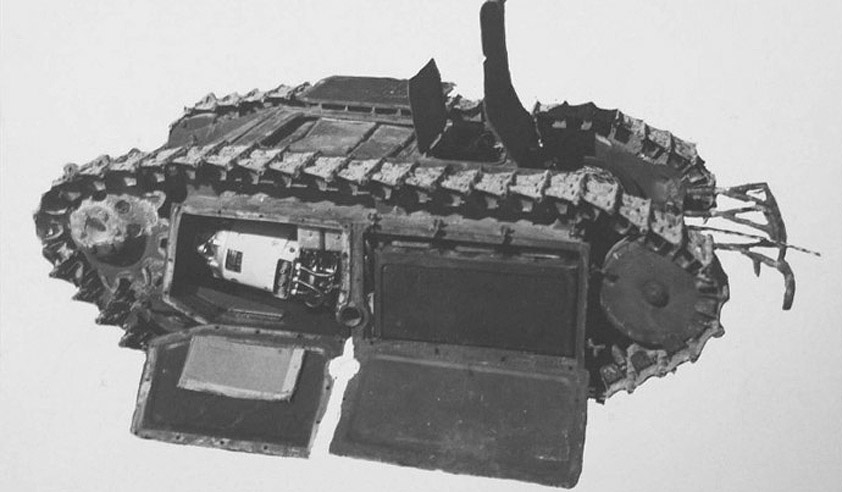
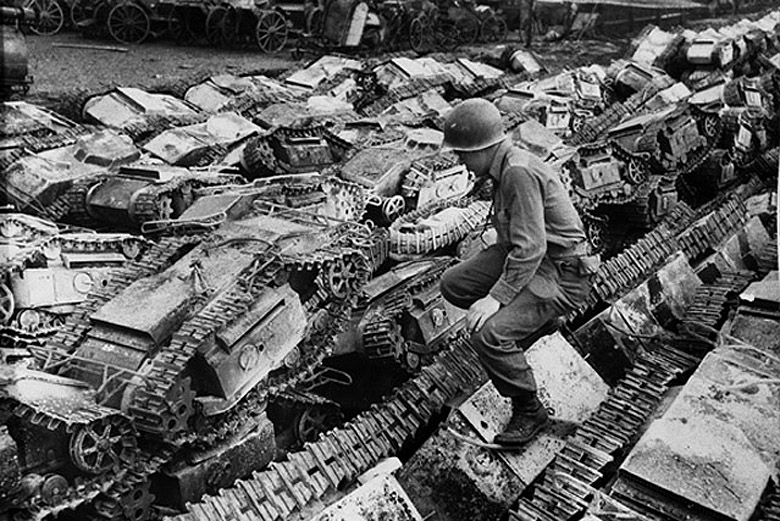
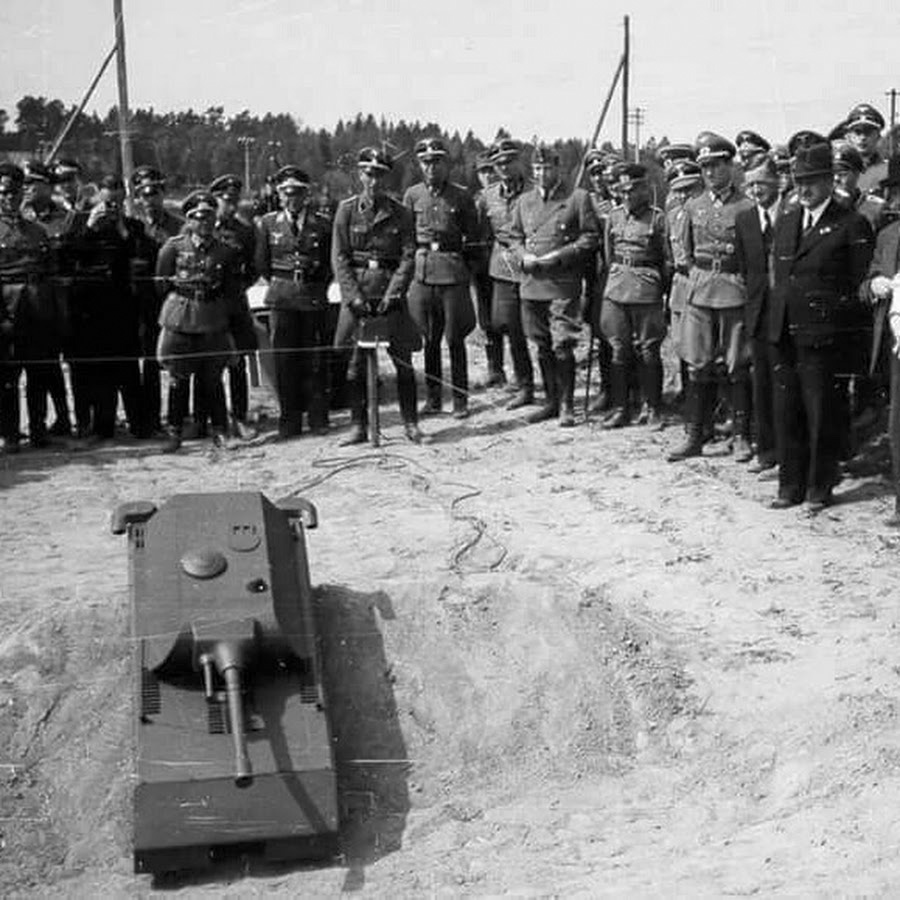
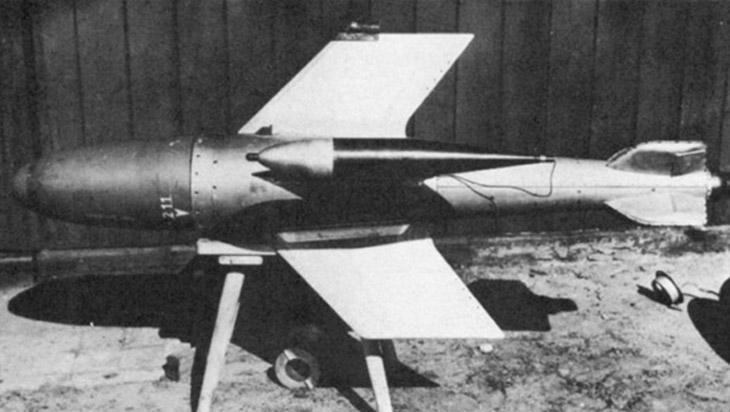
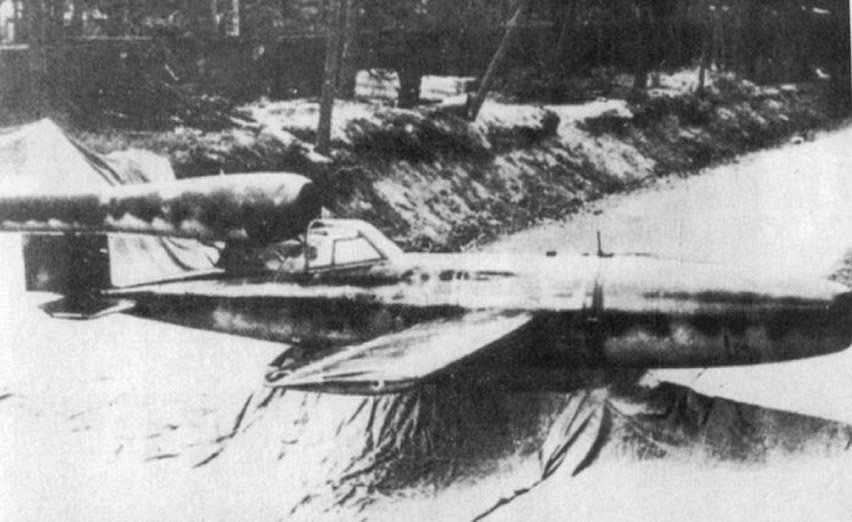
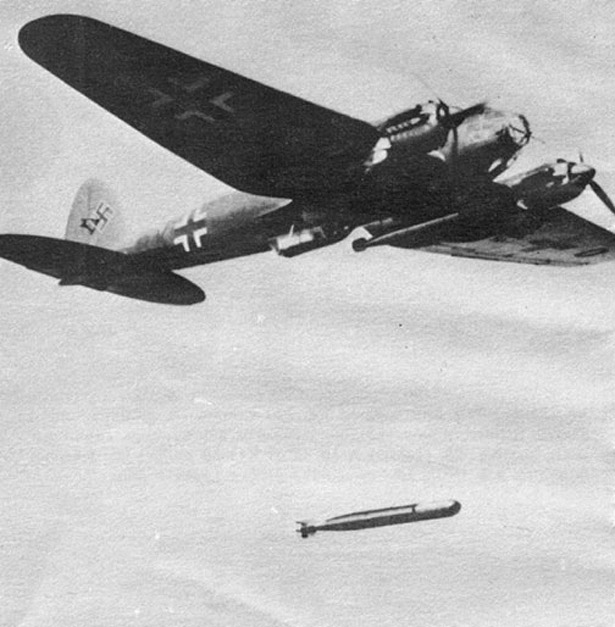
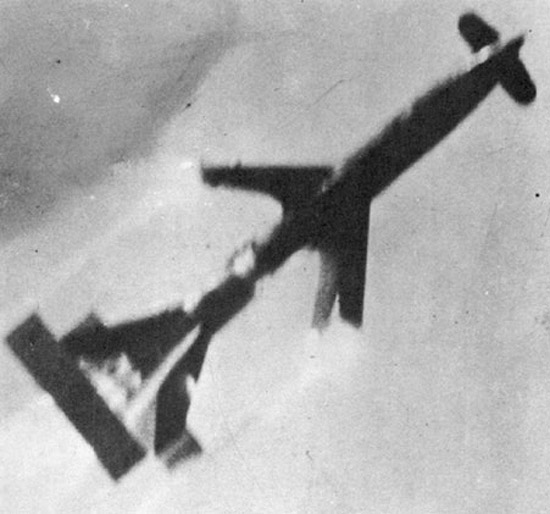
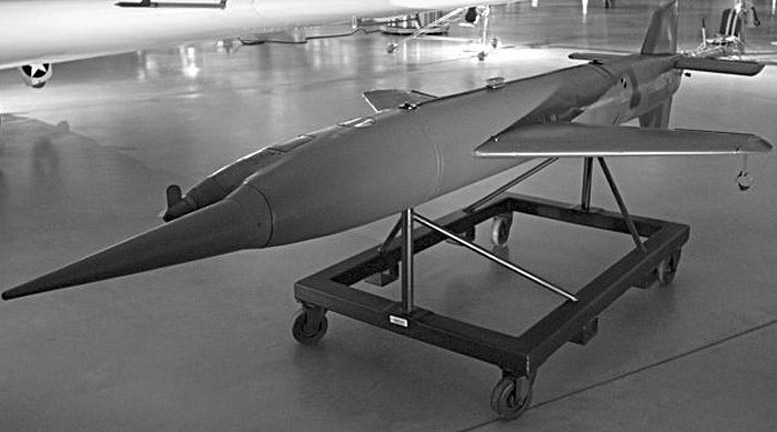
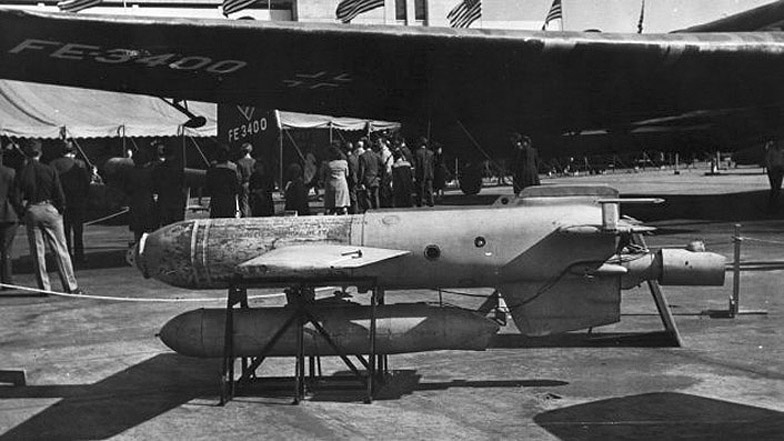
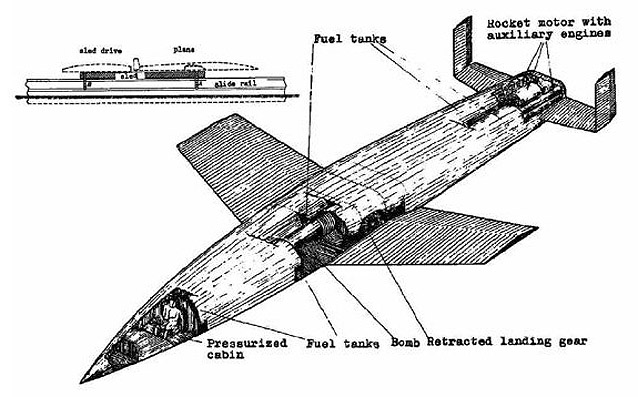
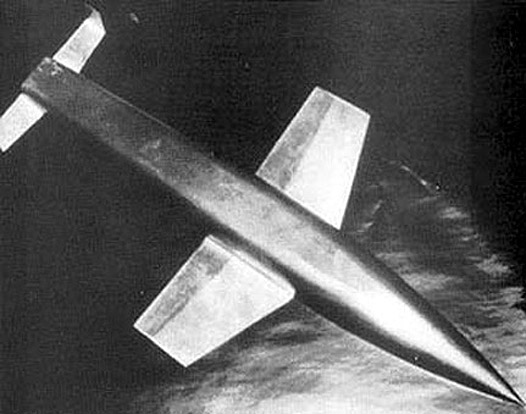
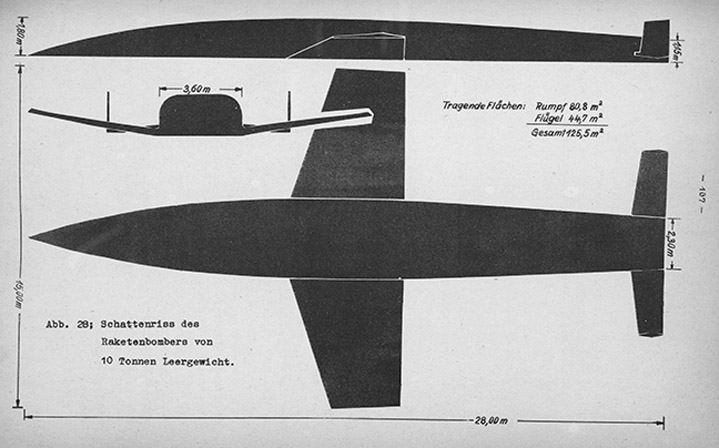
It had a maximum speed of 500 mph.The Natter had a cluster of 24 rockets in its nose.
It could attack with aforementioned rockets, cannon or by ramming, whereupon the pilot was auto ejected before impact. ]
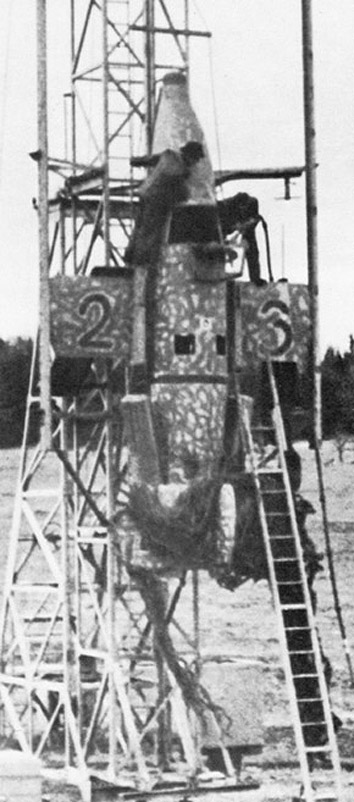
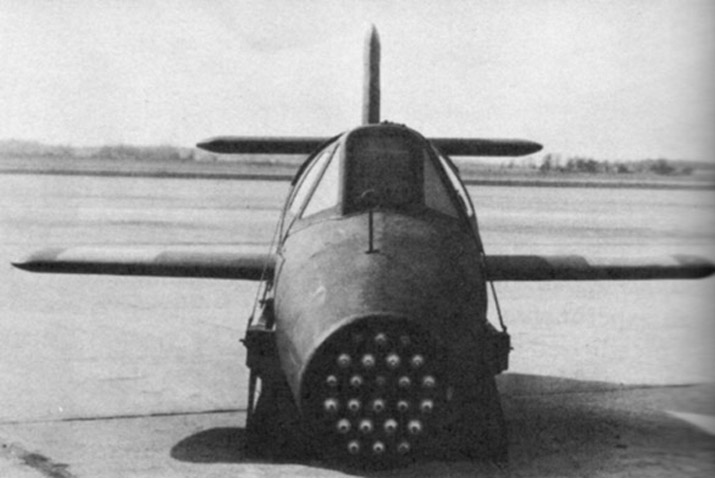
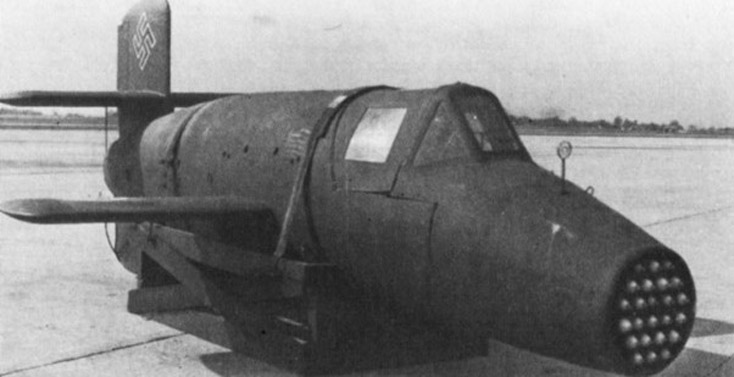
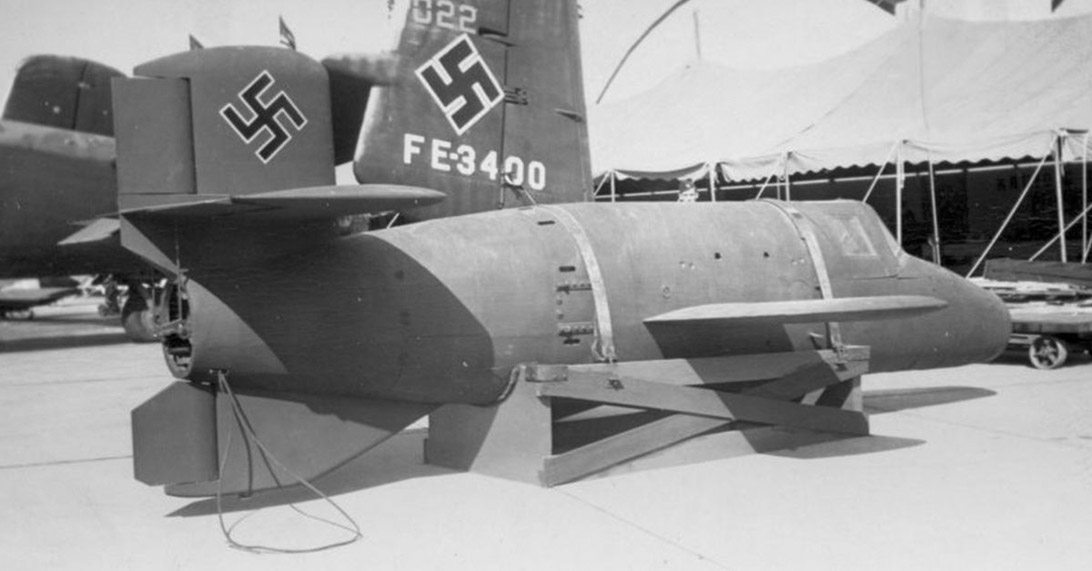
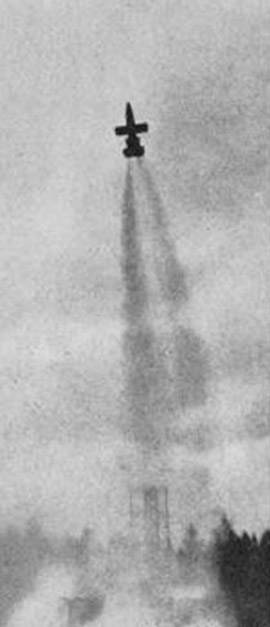
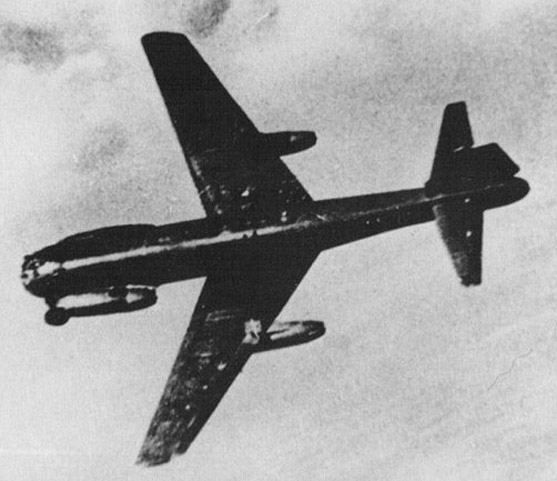
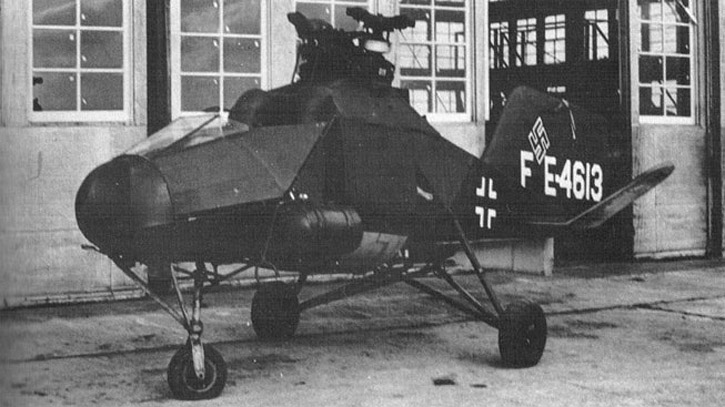
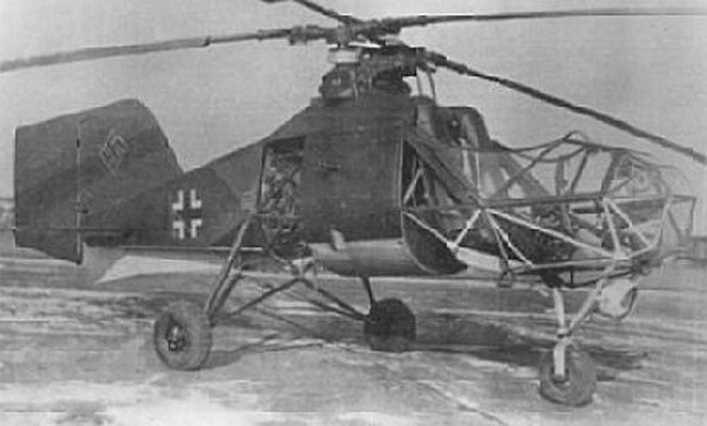
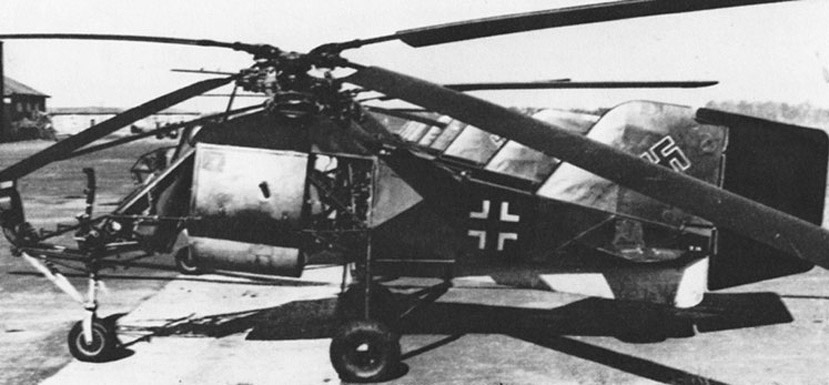
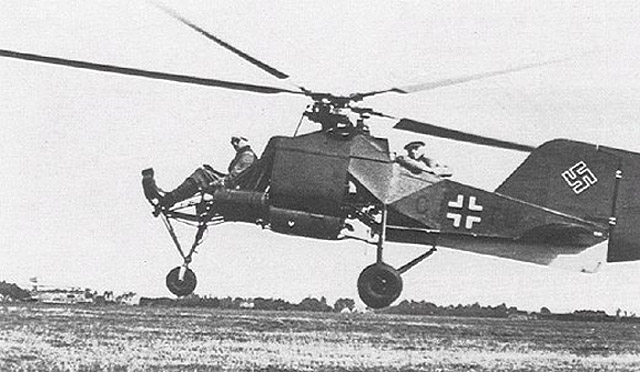
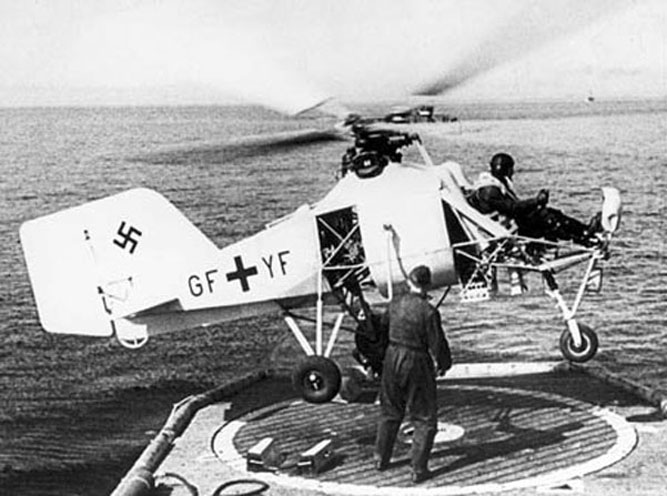
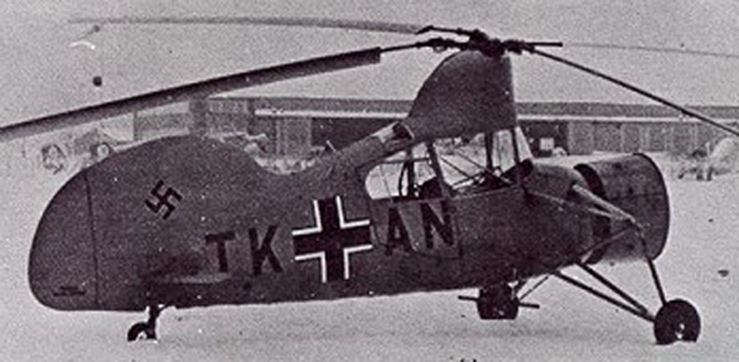
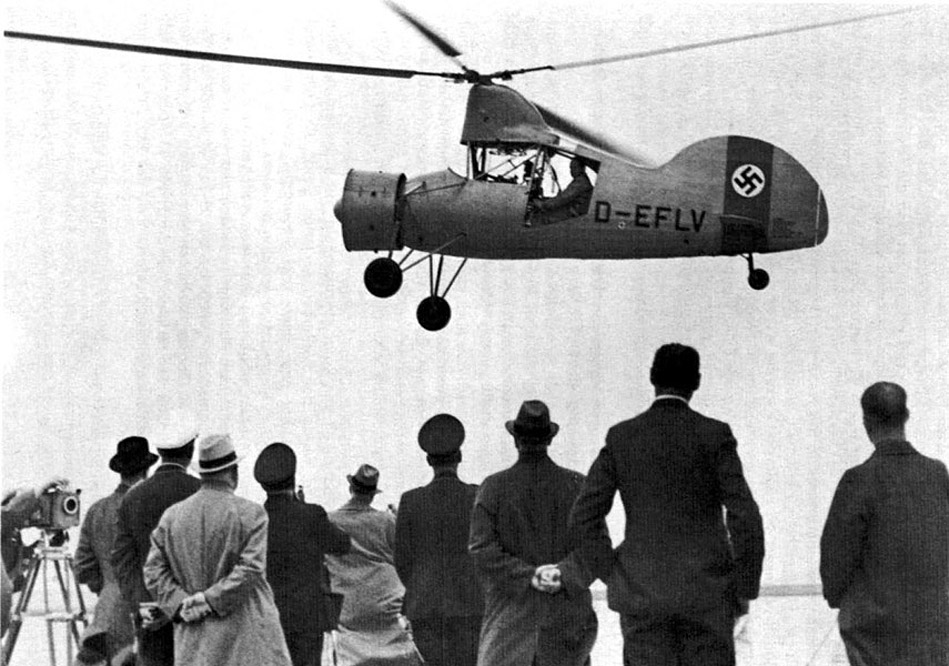
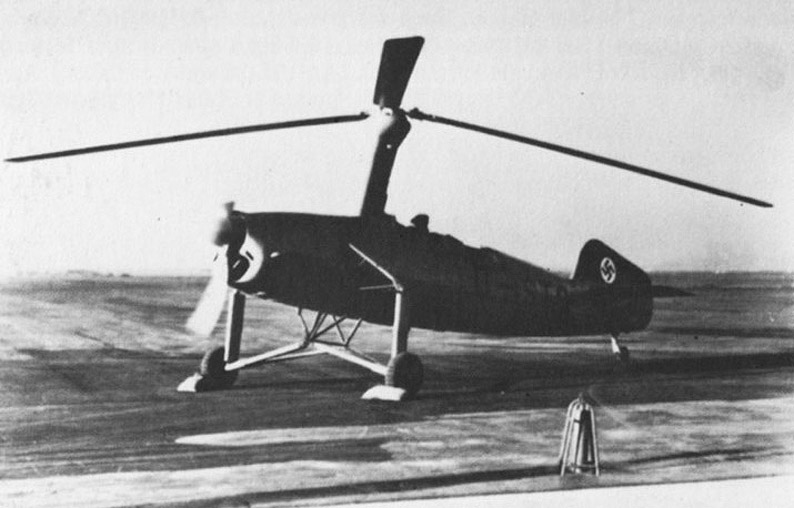
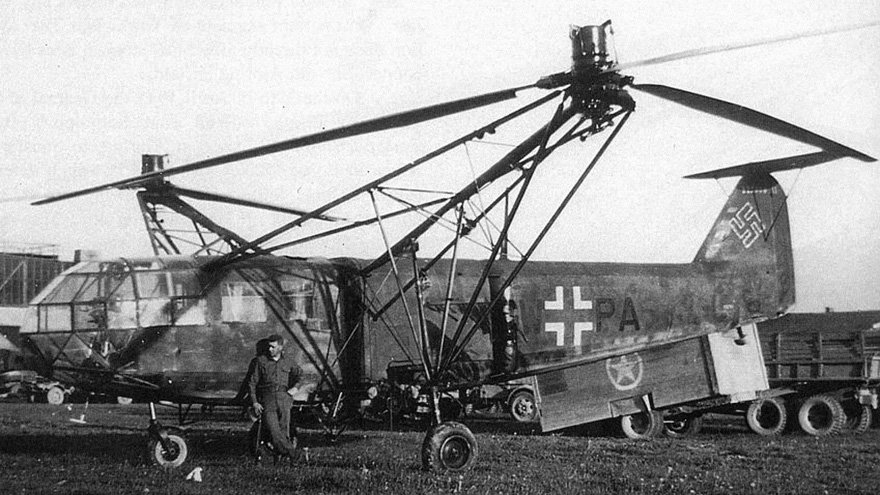
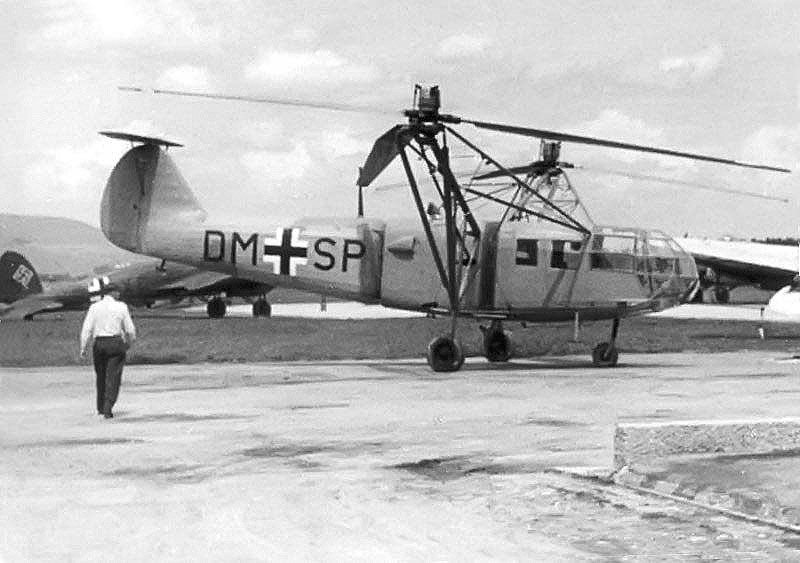
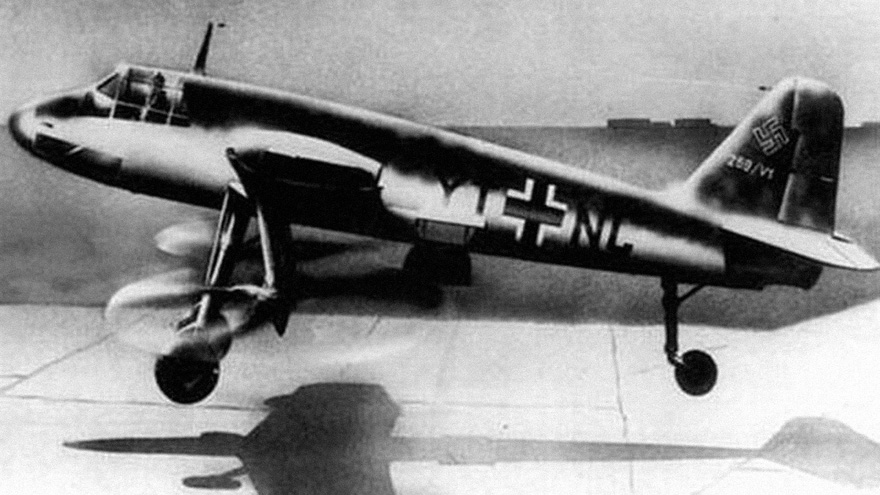
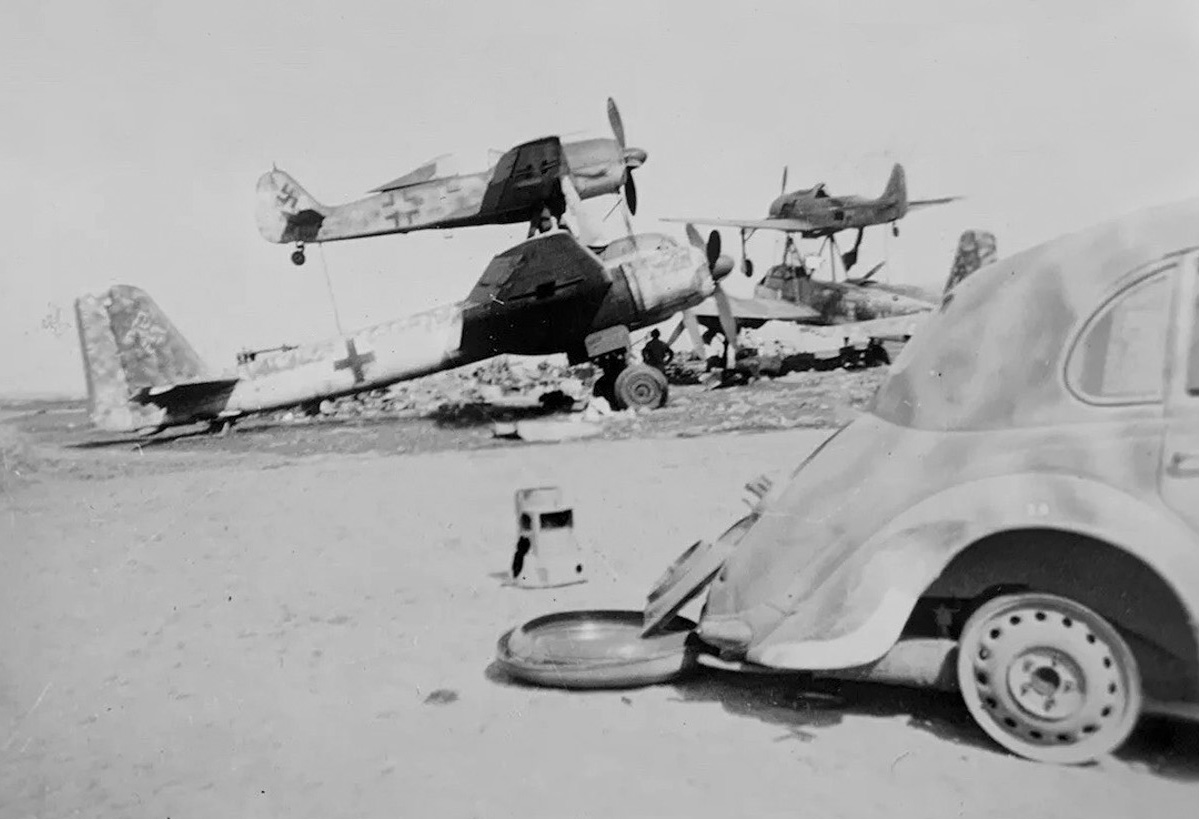
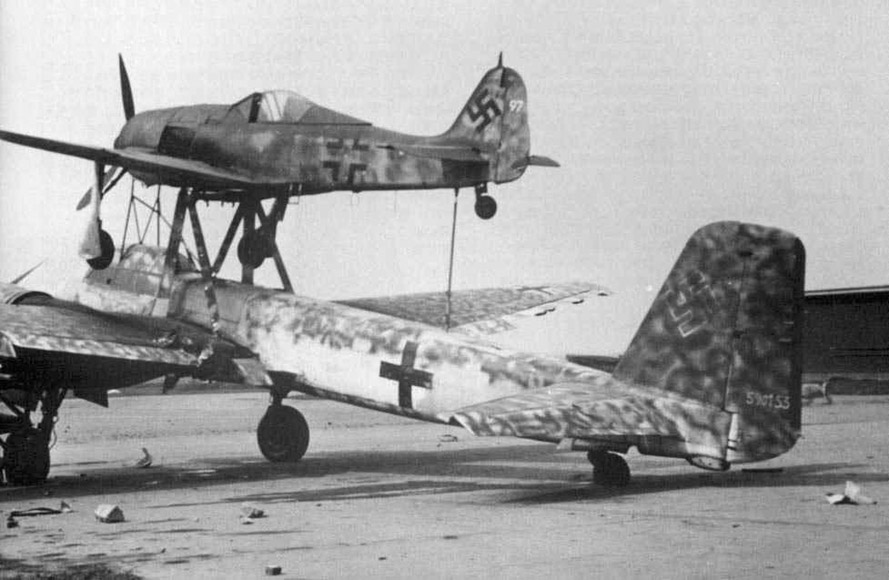
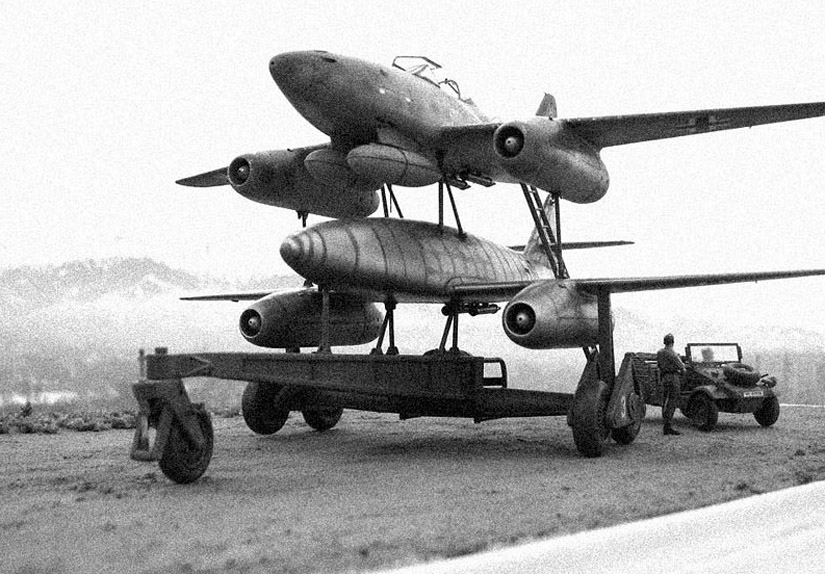
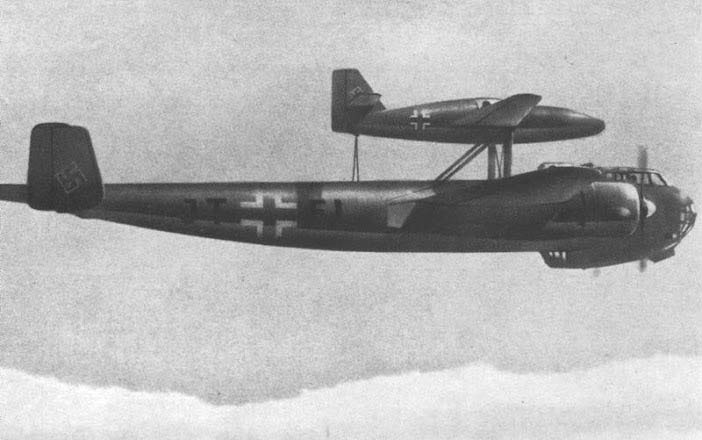
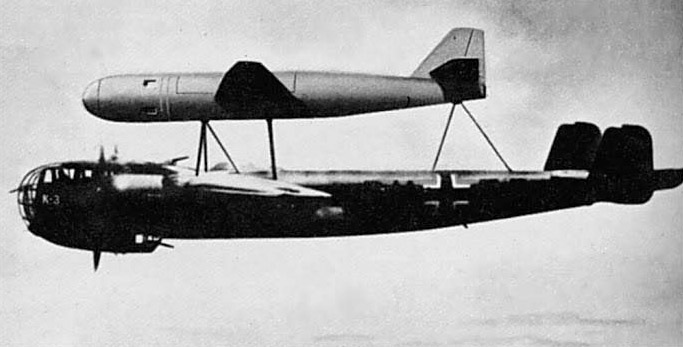
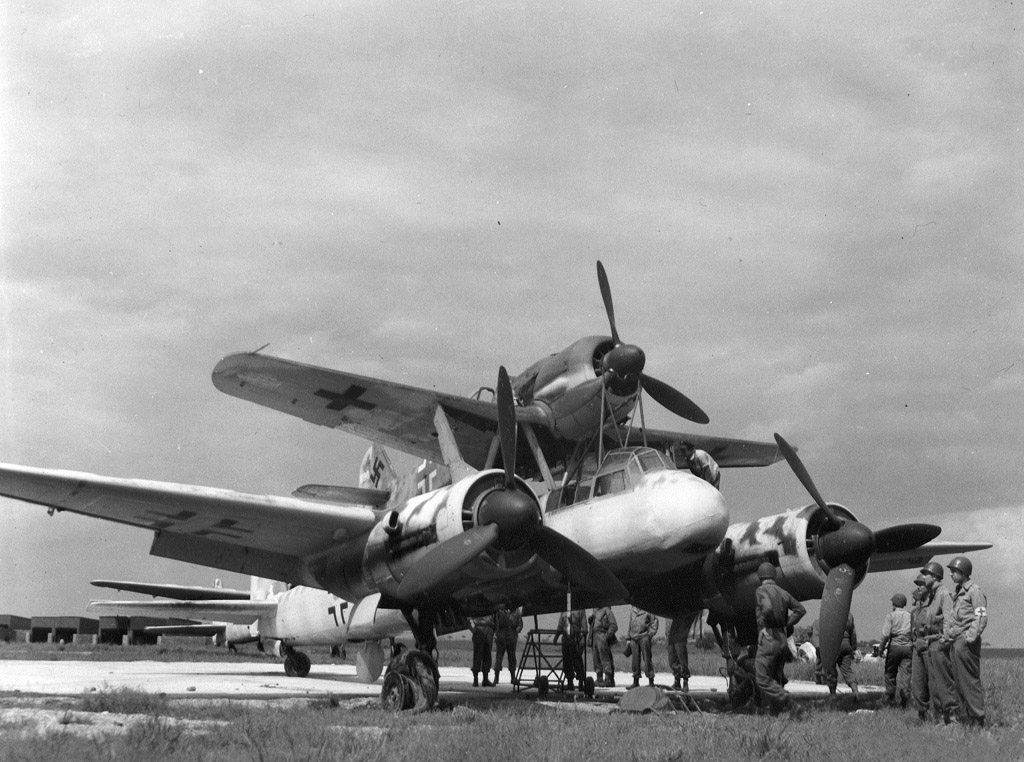
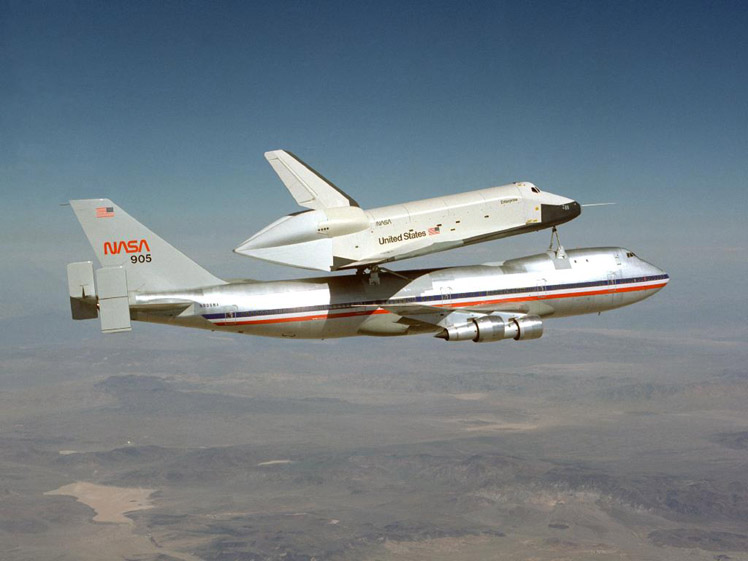
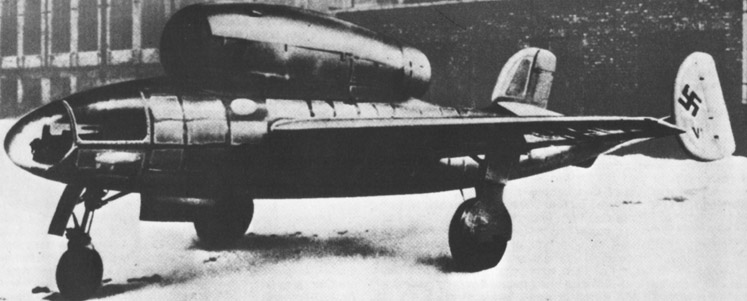
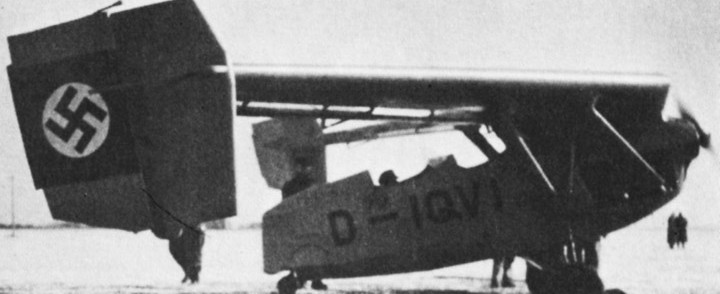
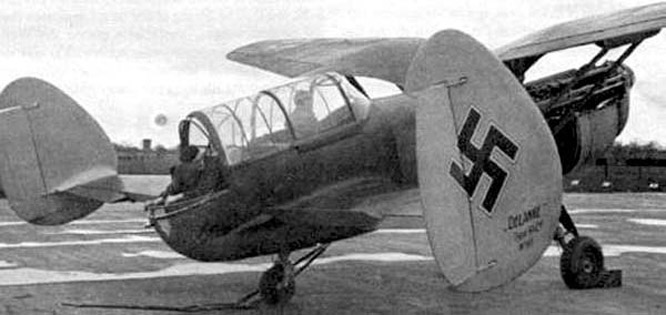
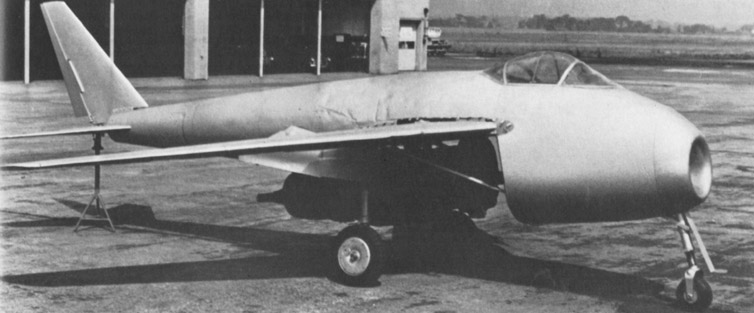
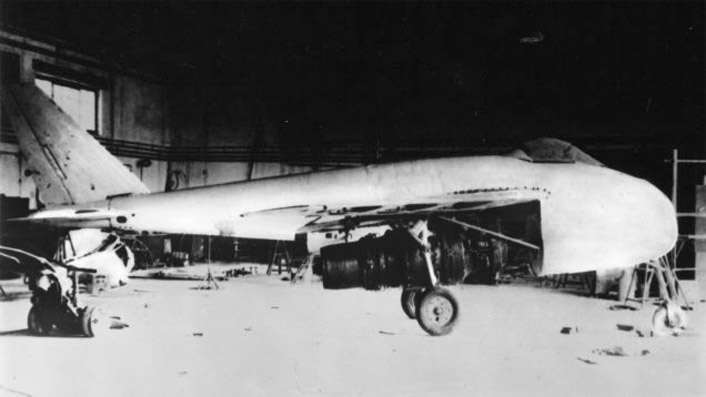
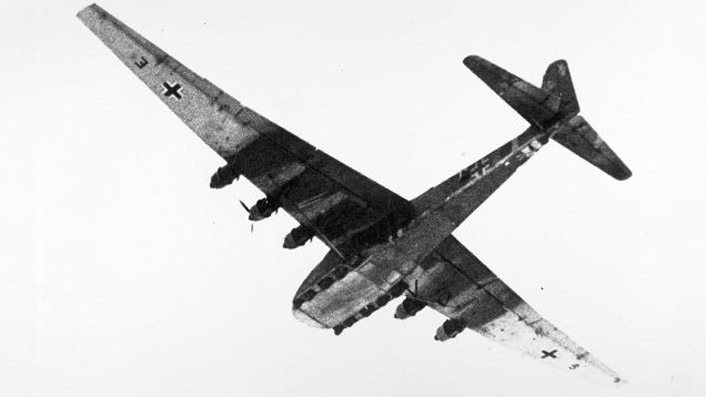
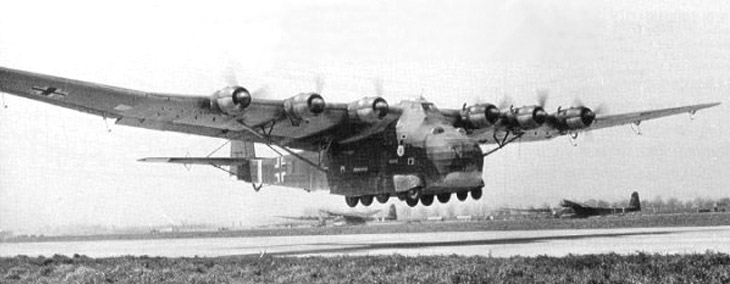

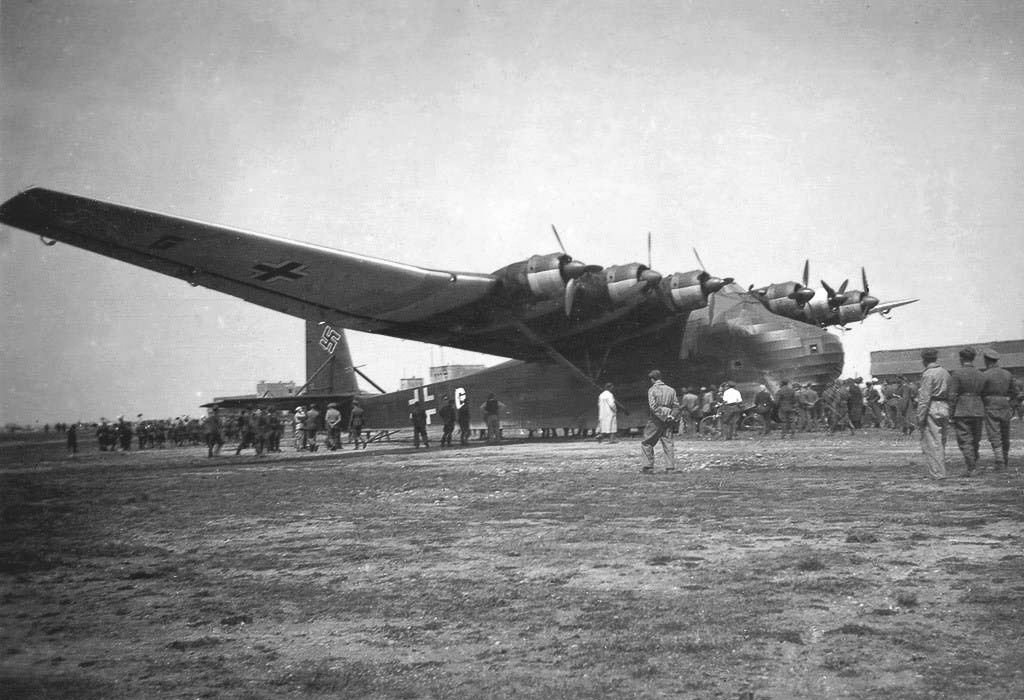
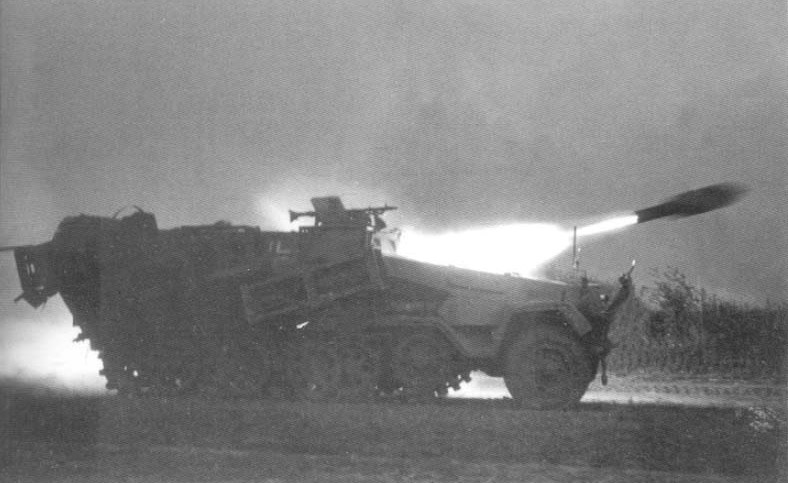
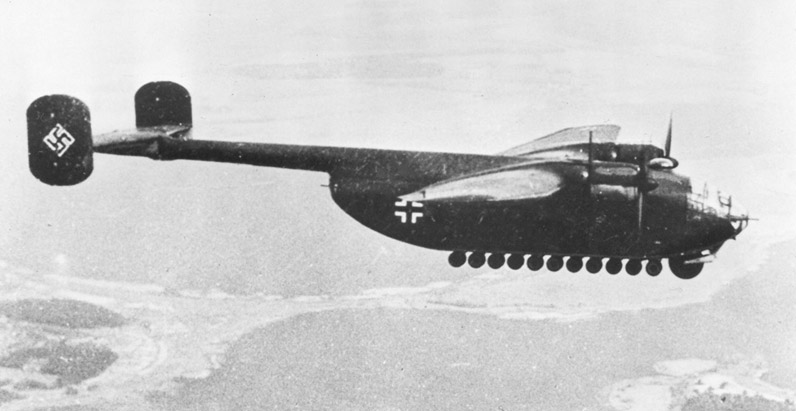
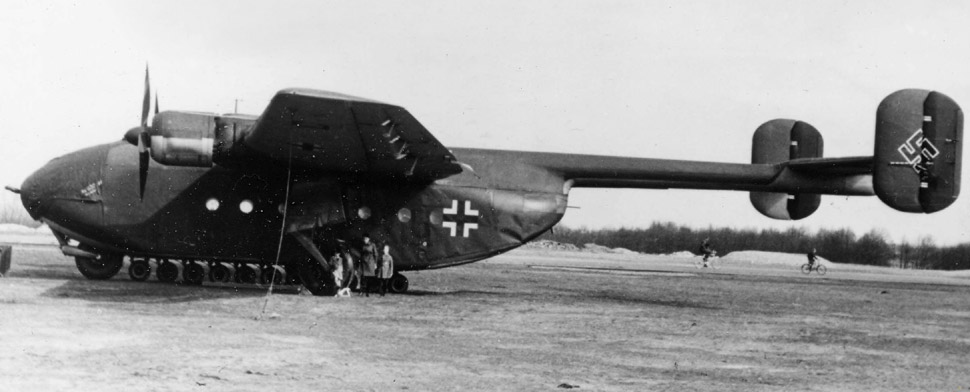
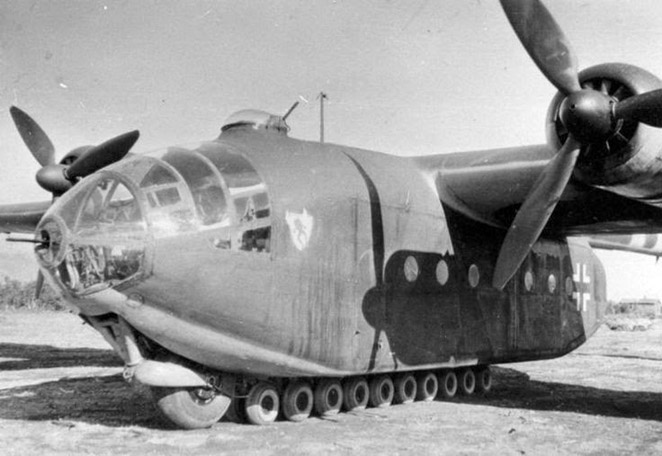
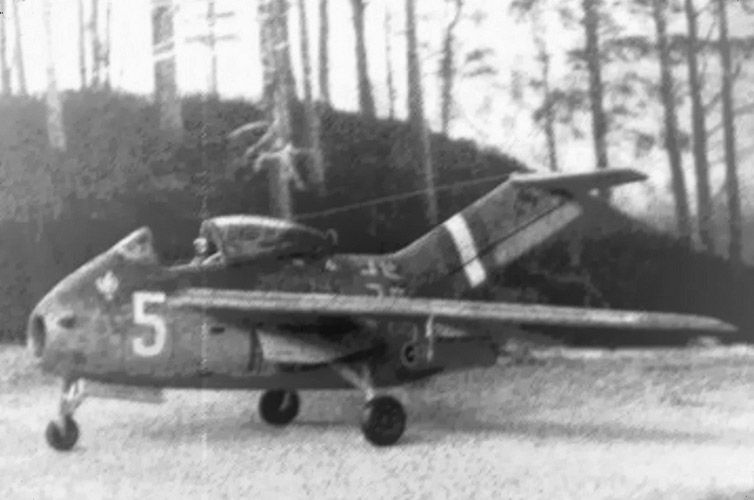
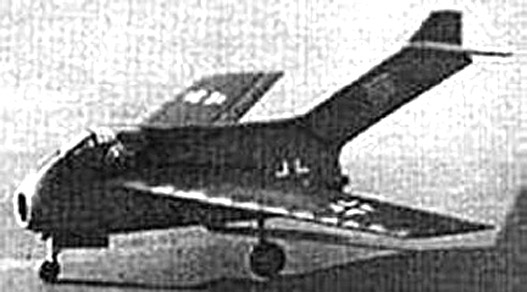
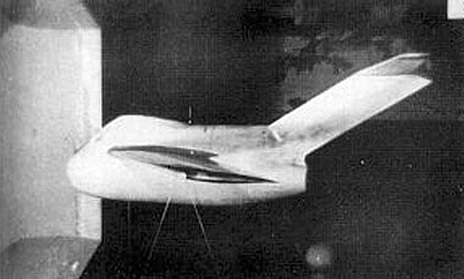
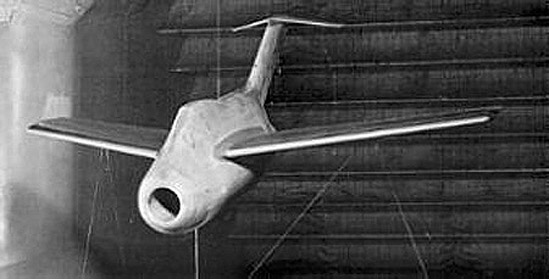
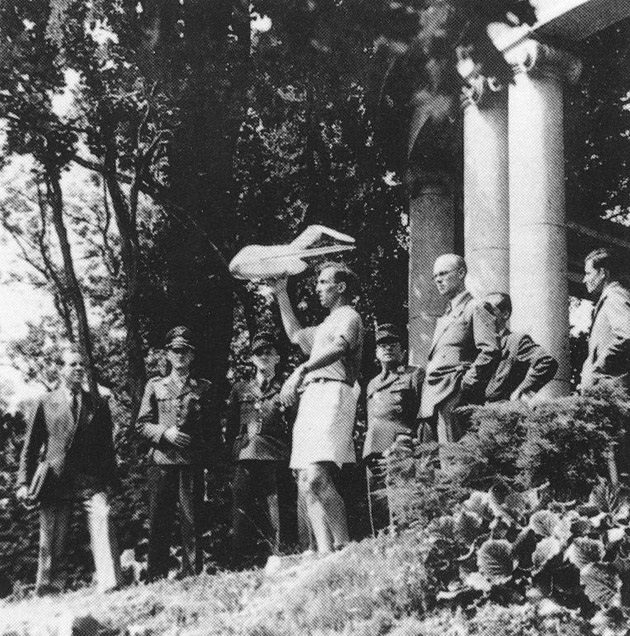
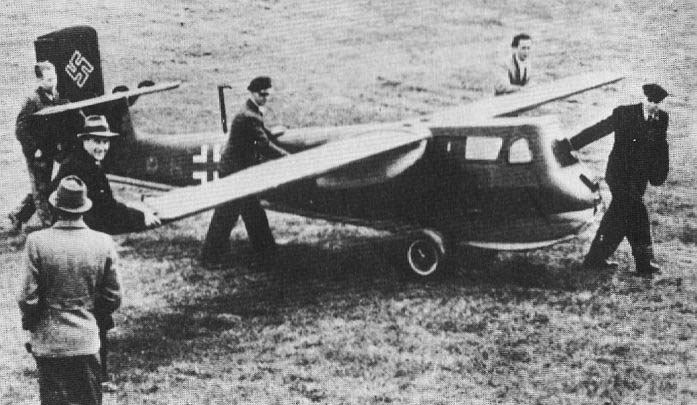
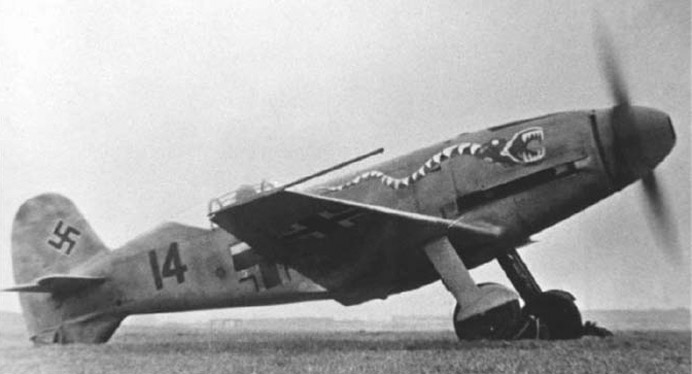
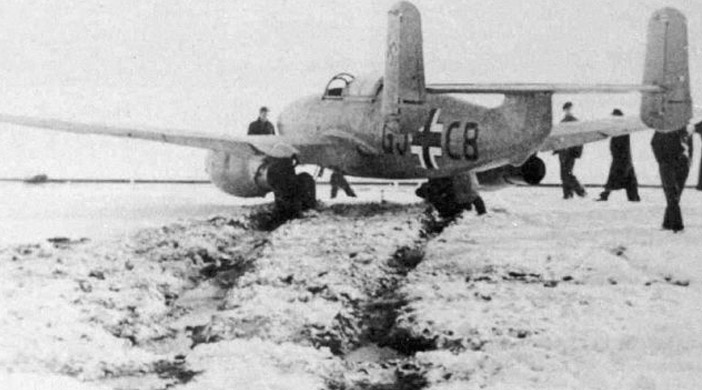
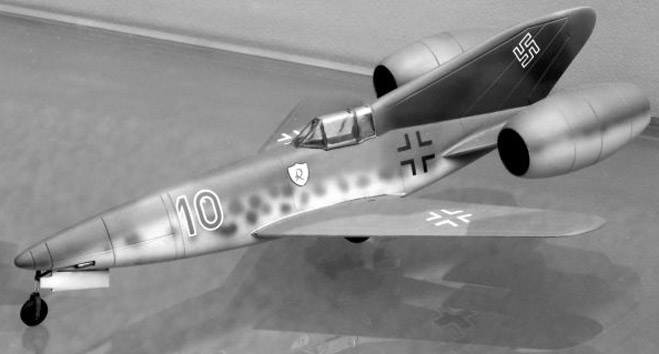
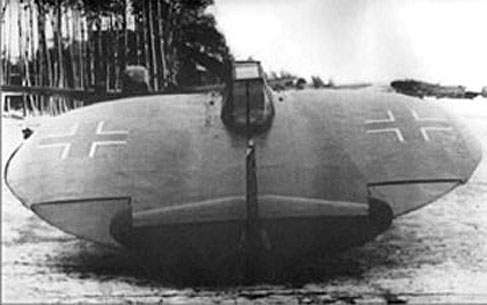
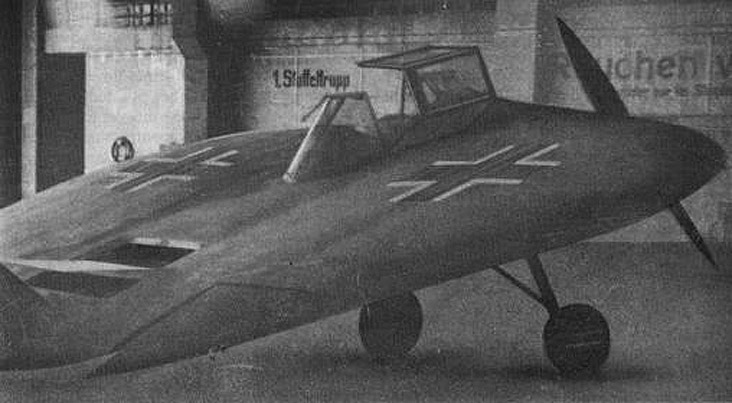
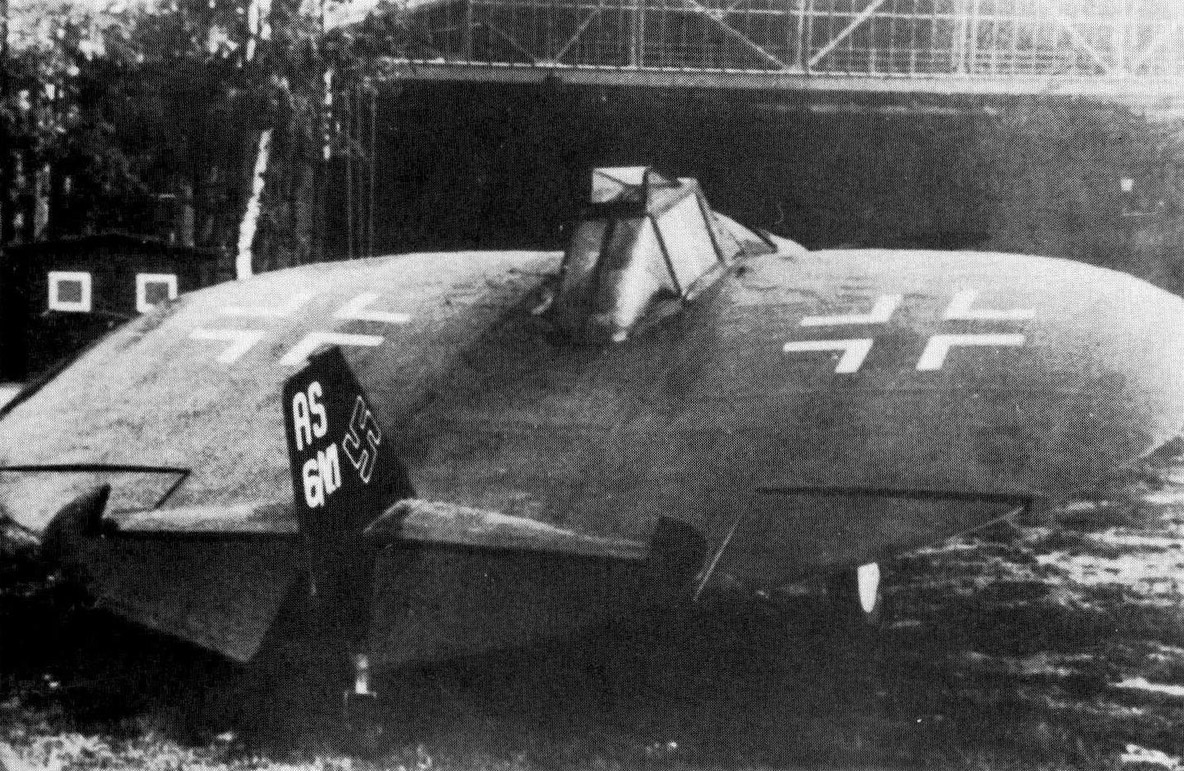
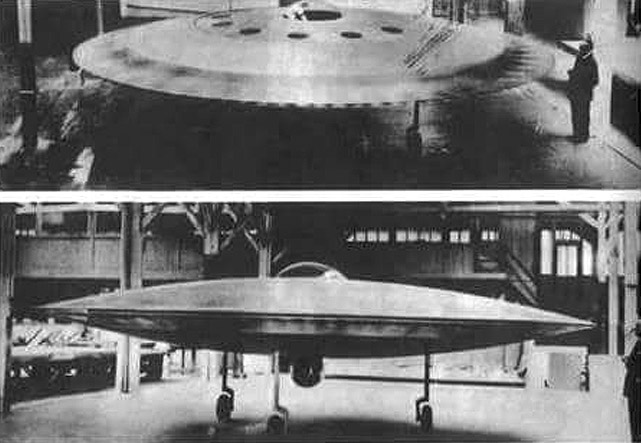
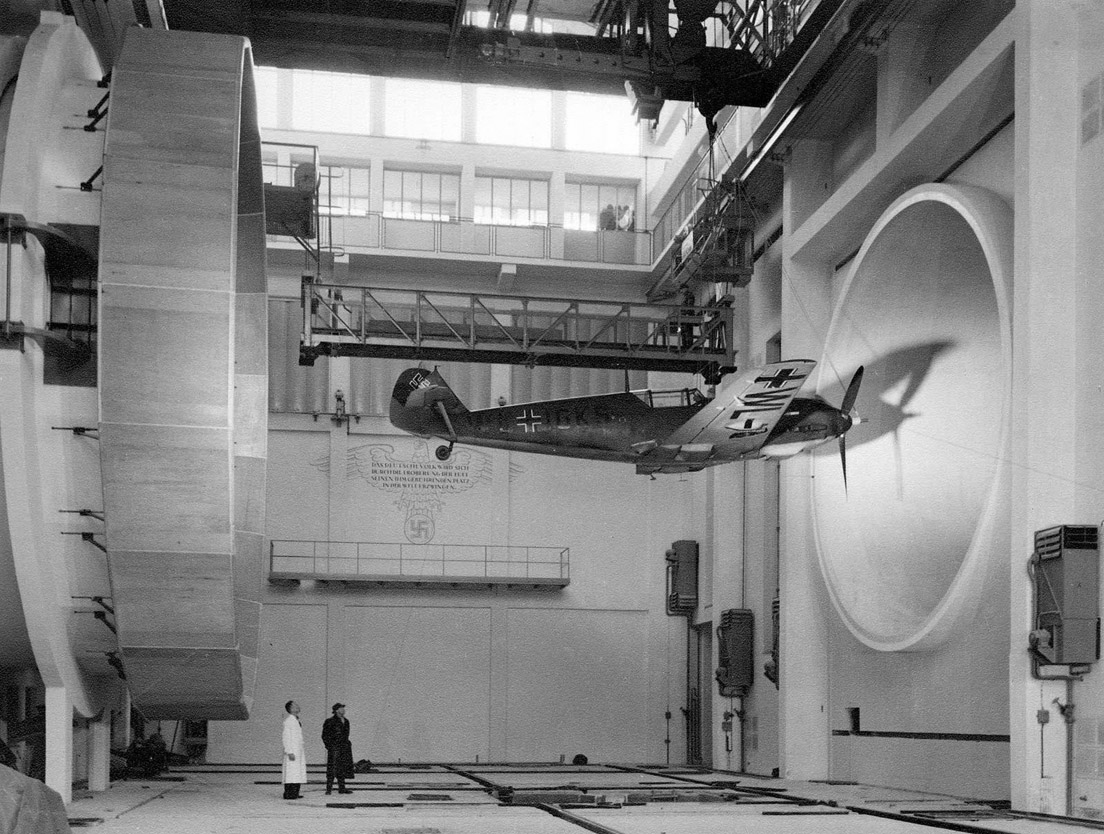
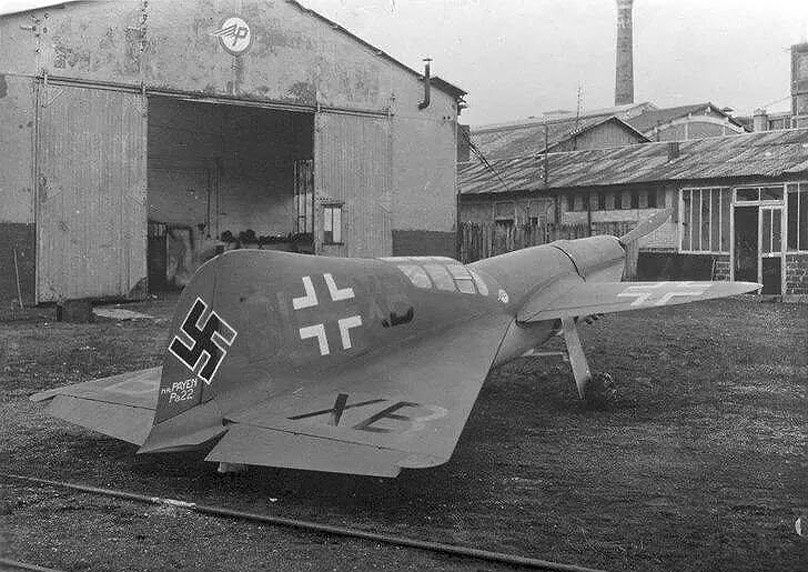
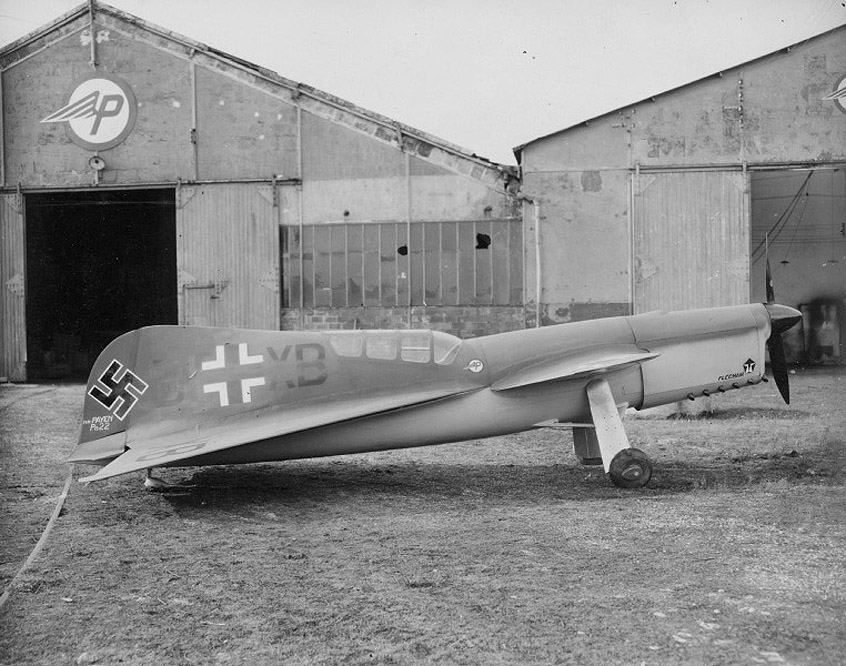
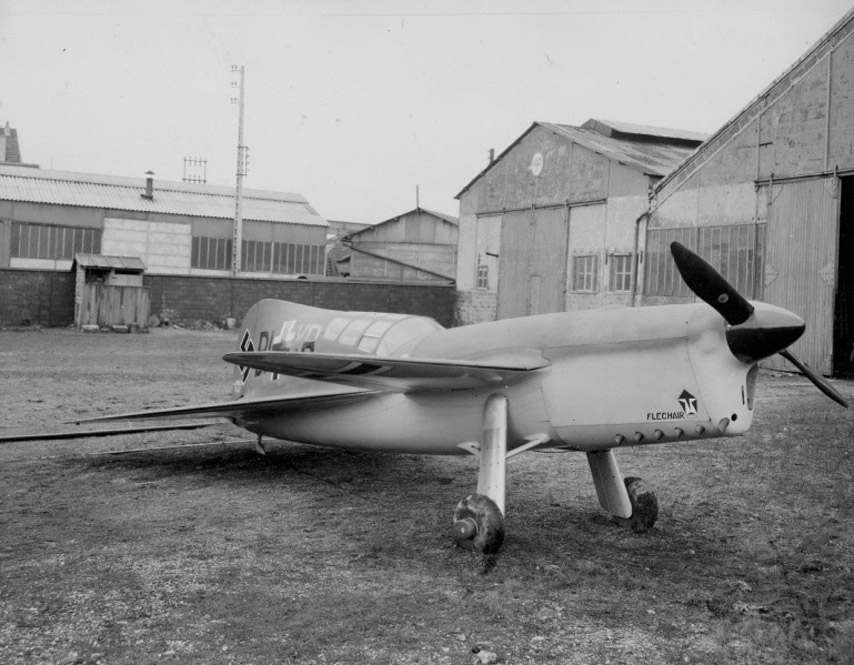
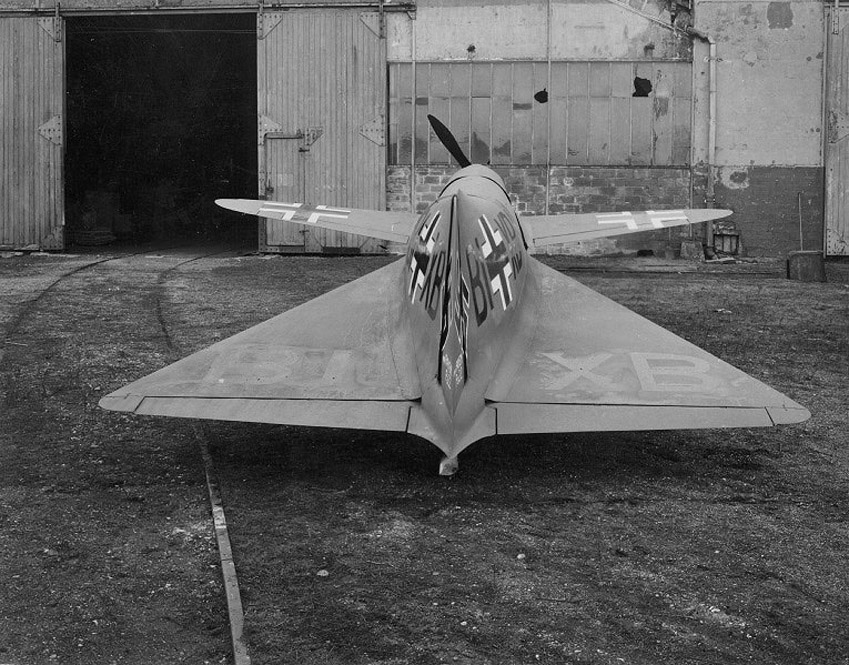
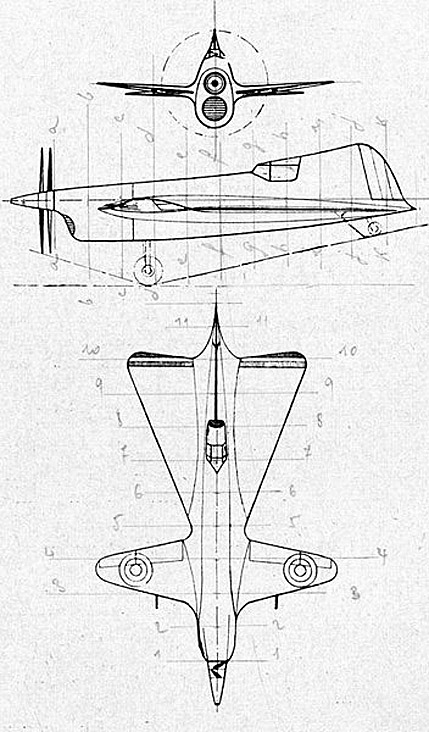
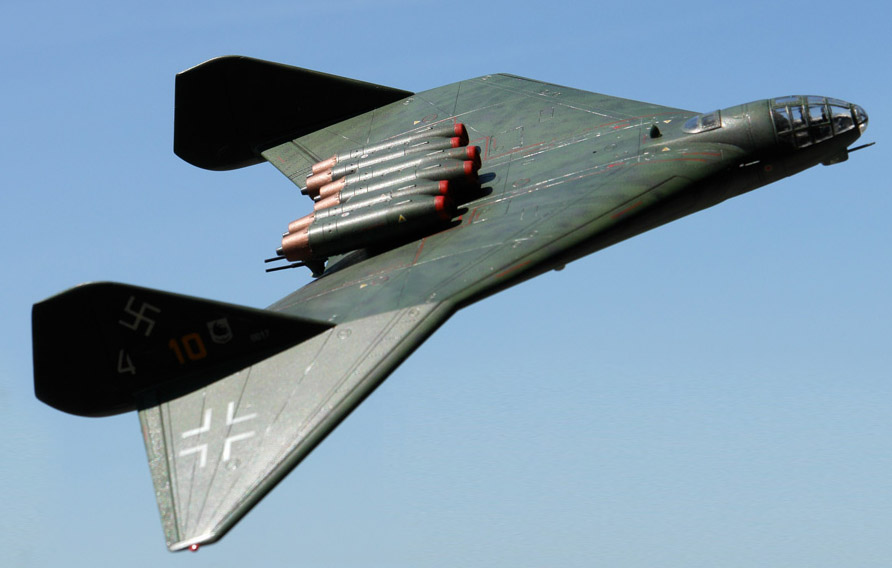
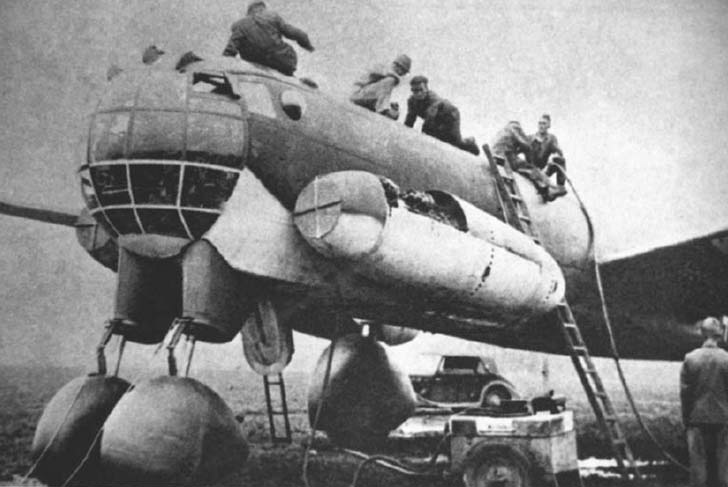
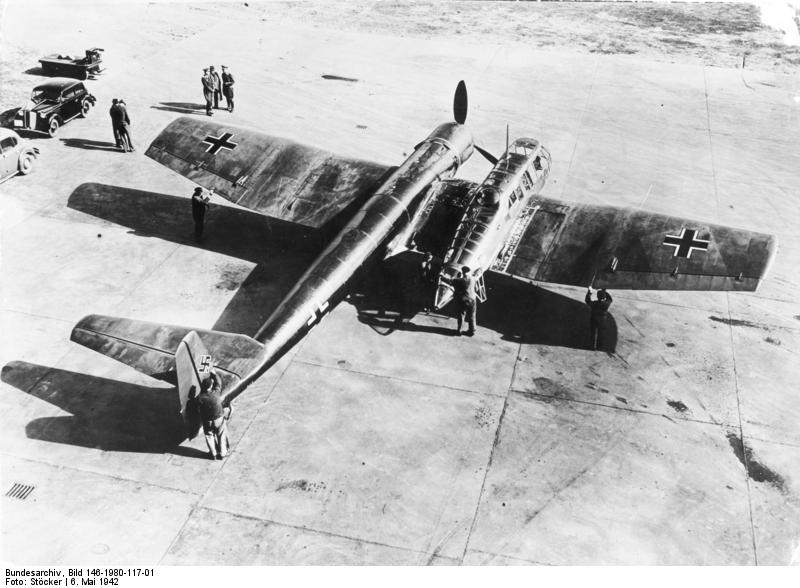
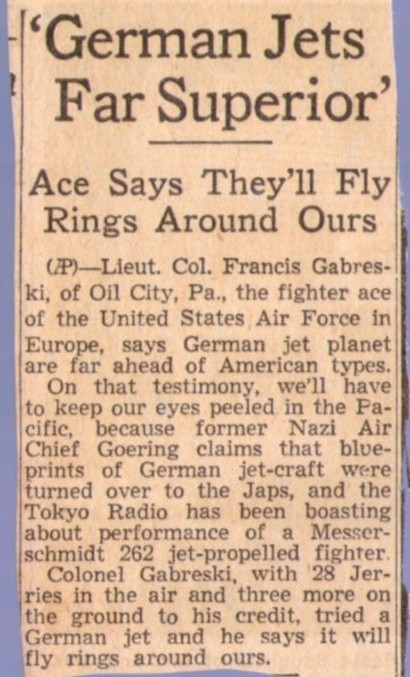
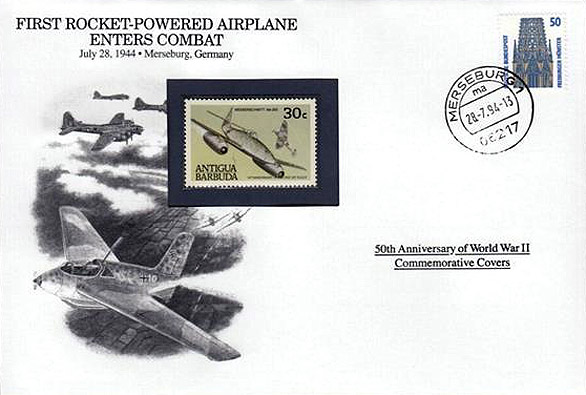
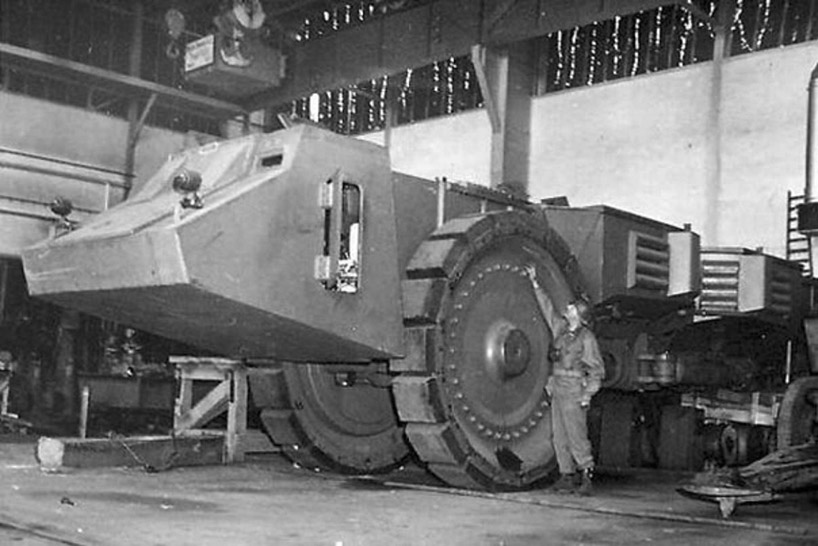
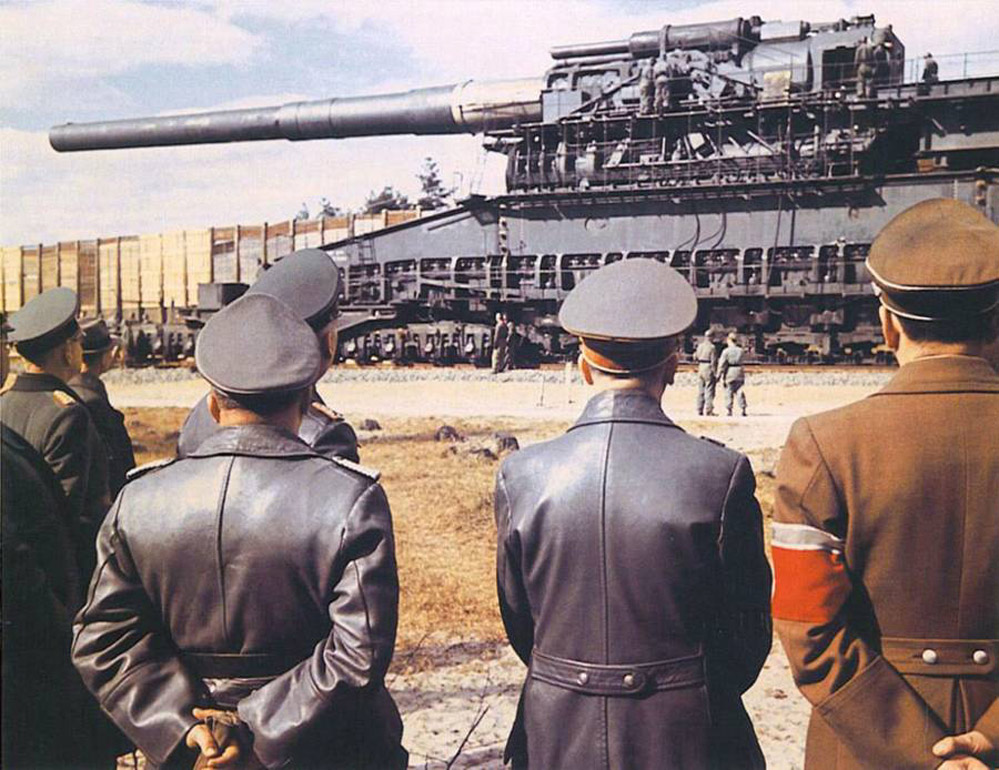
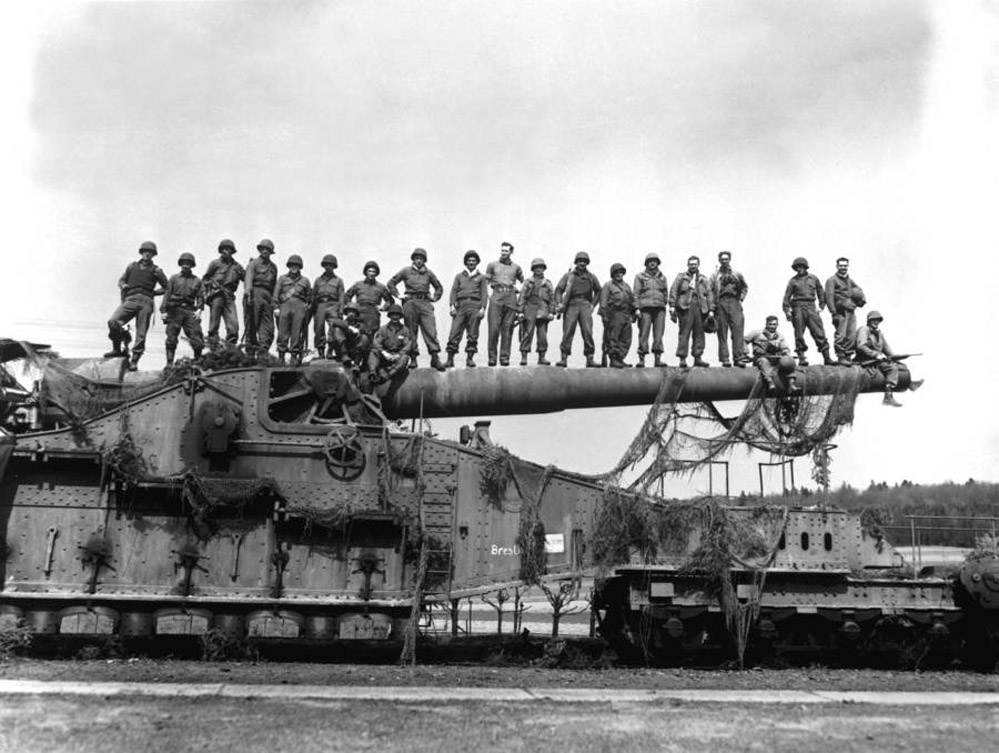
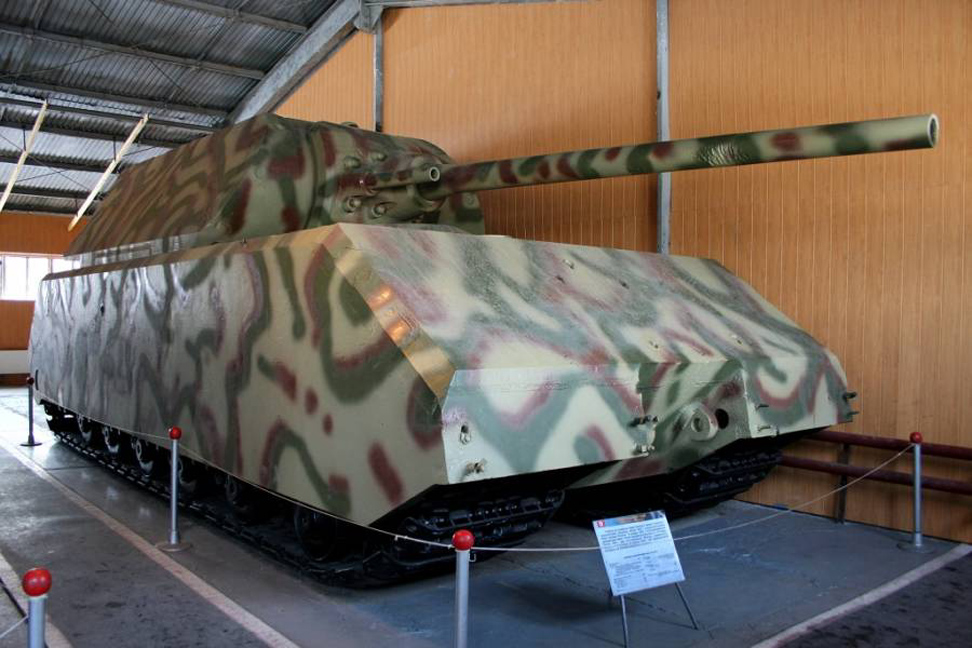
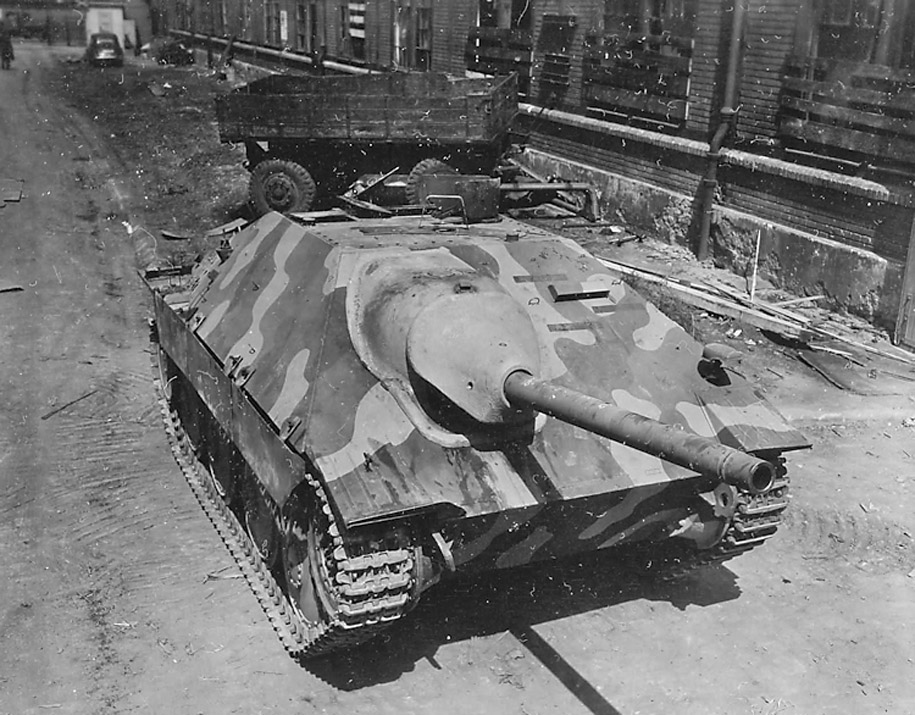
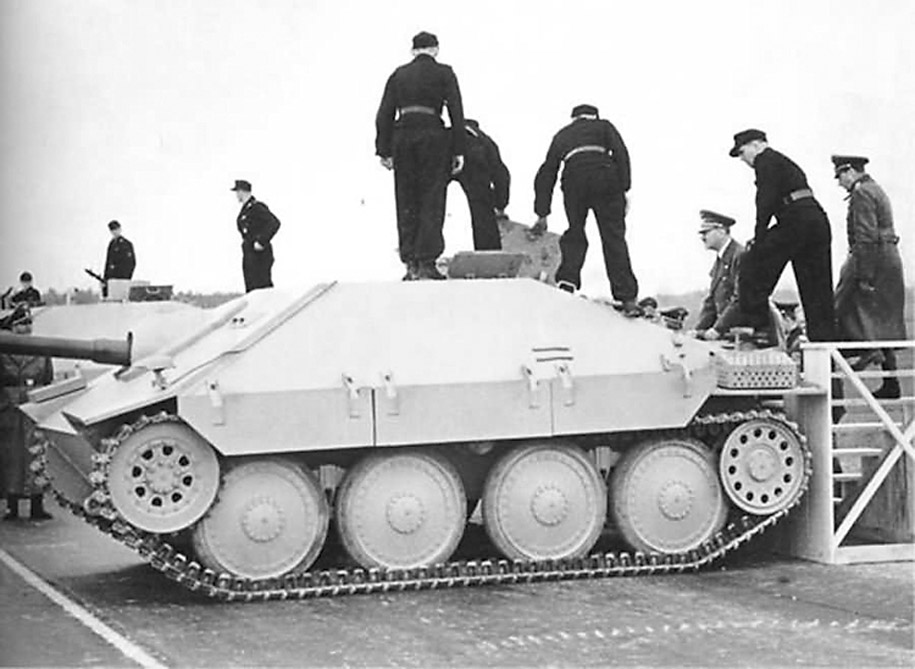
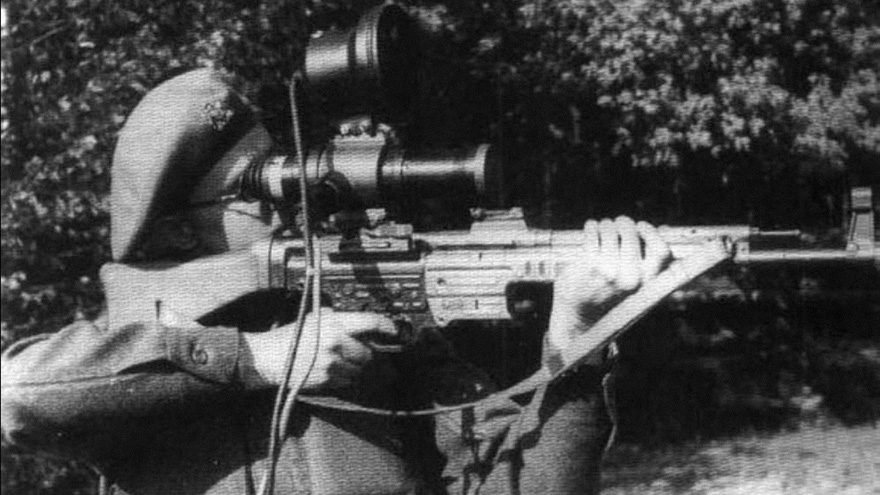
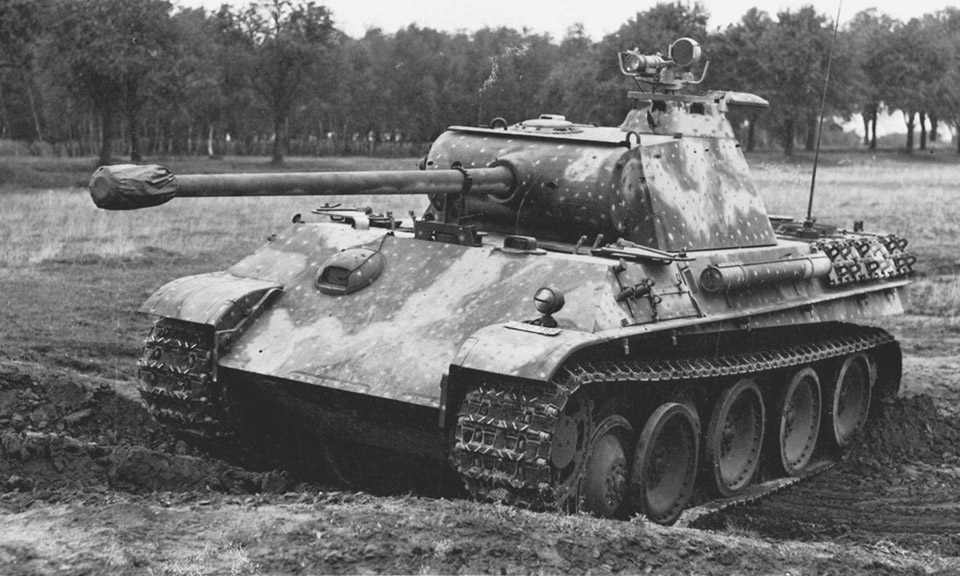
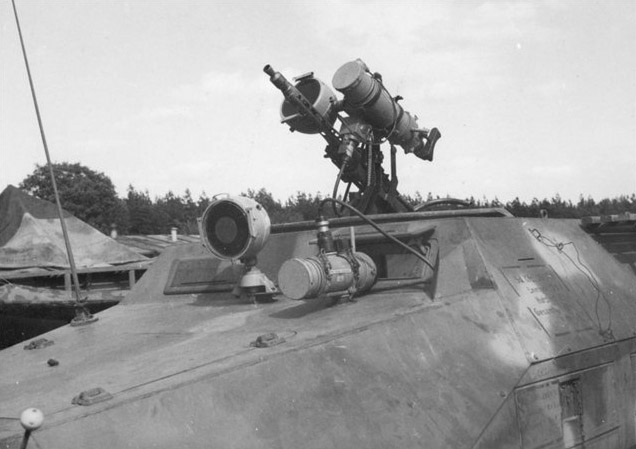
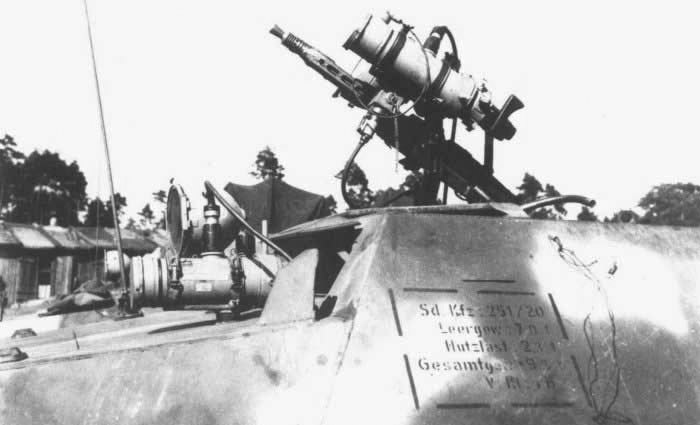
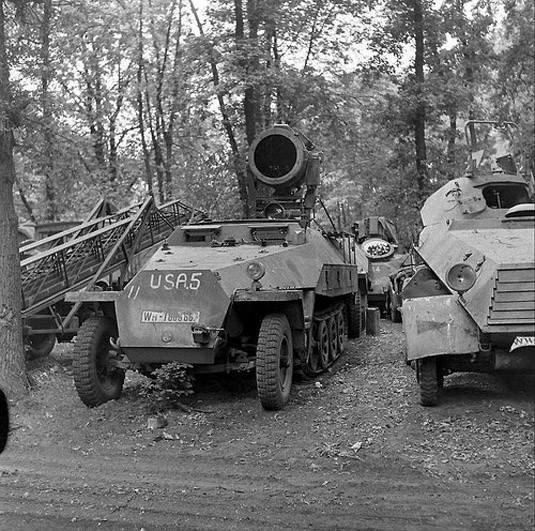
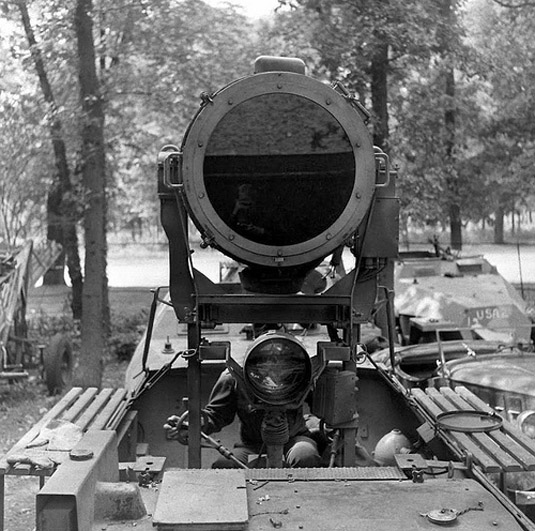
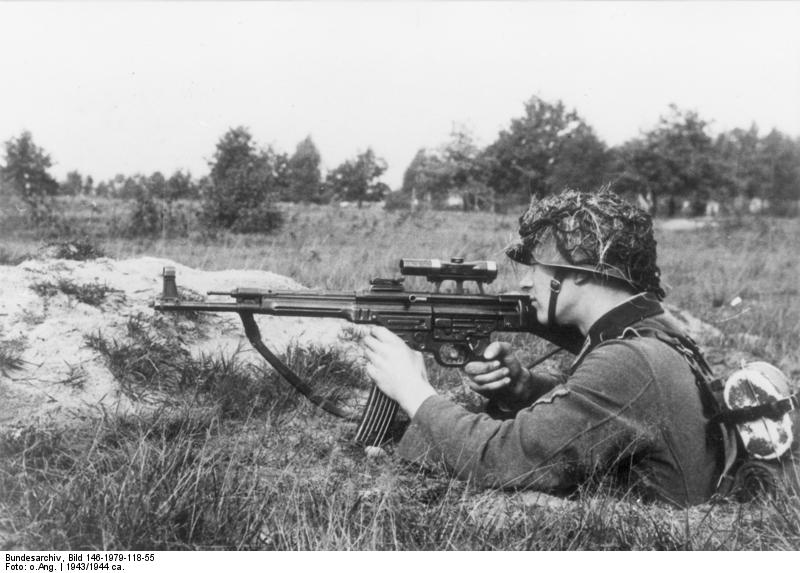
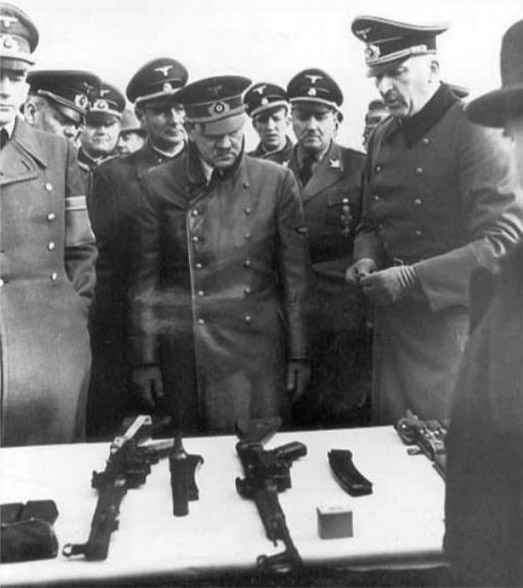
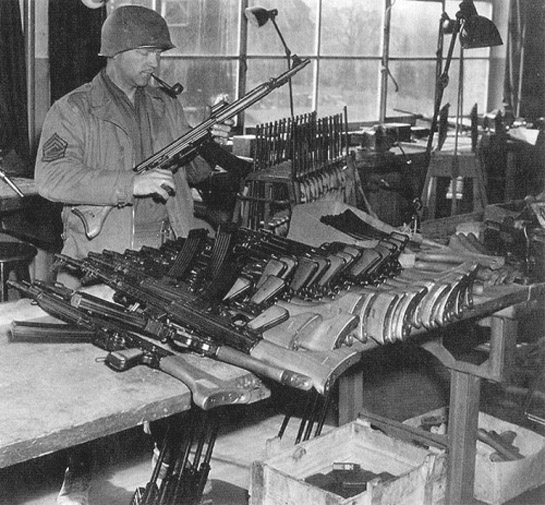
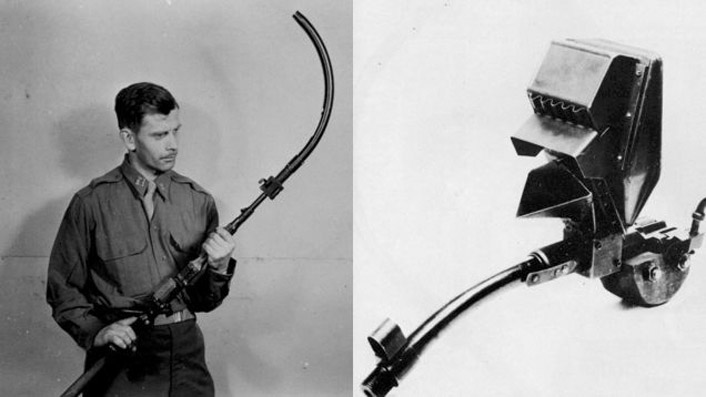
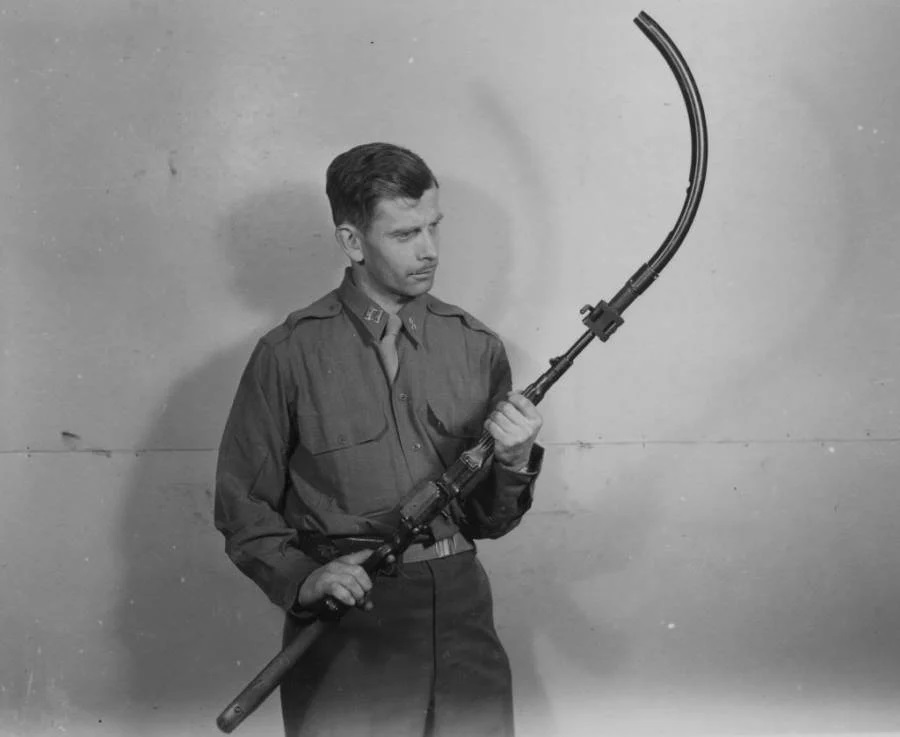
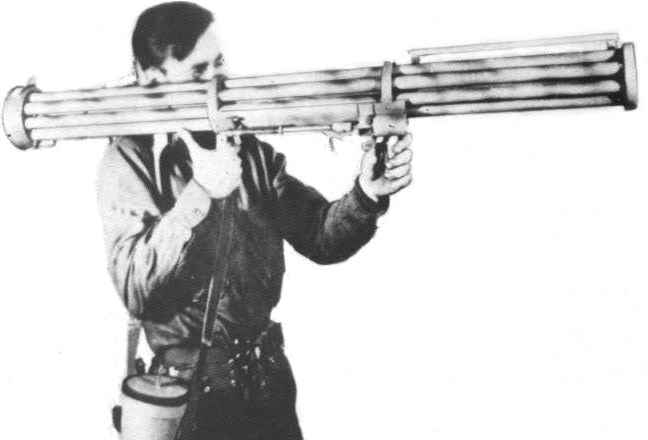
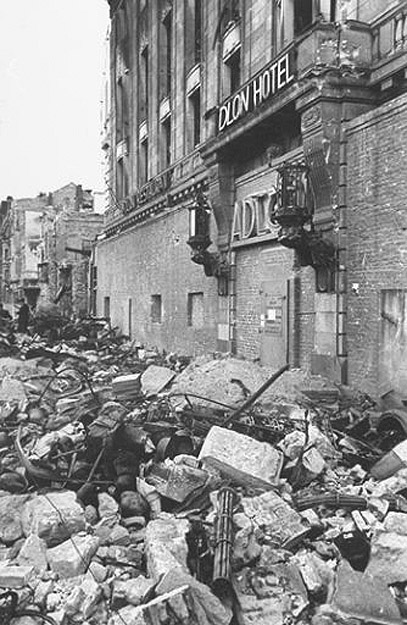
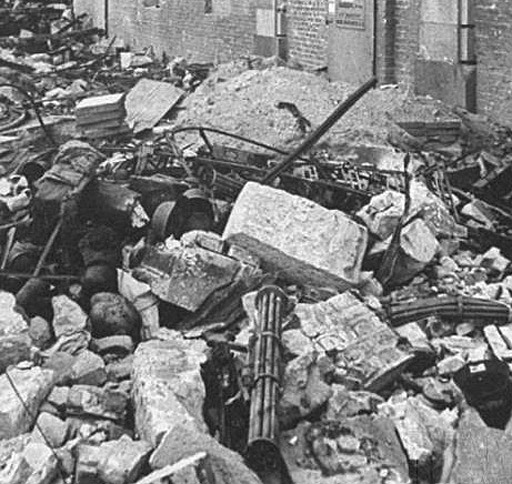
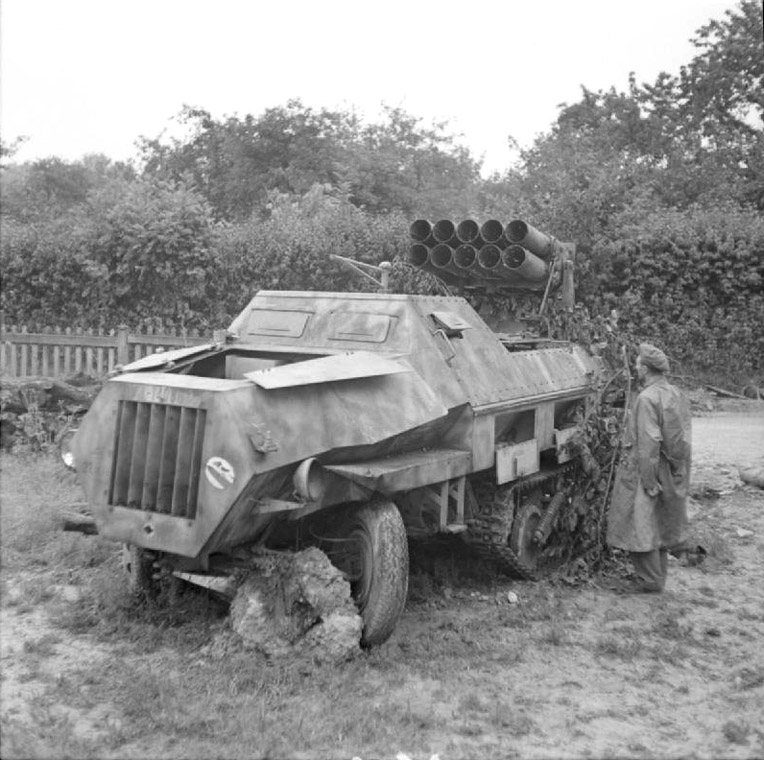
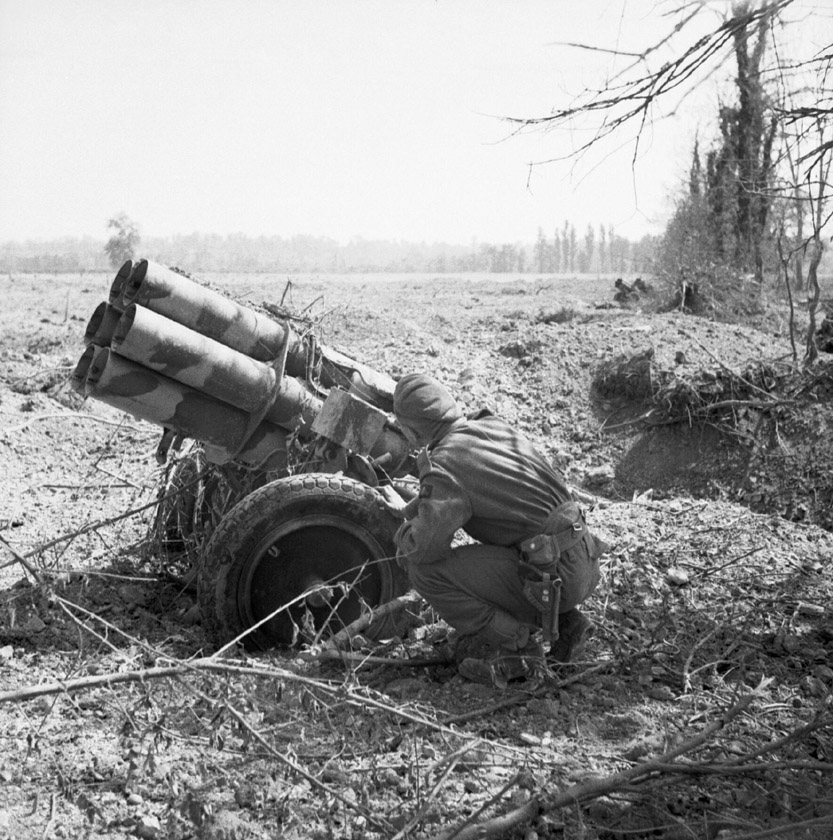
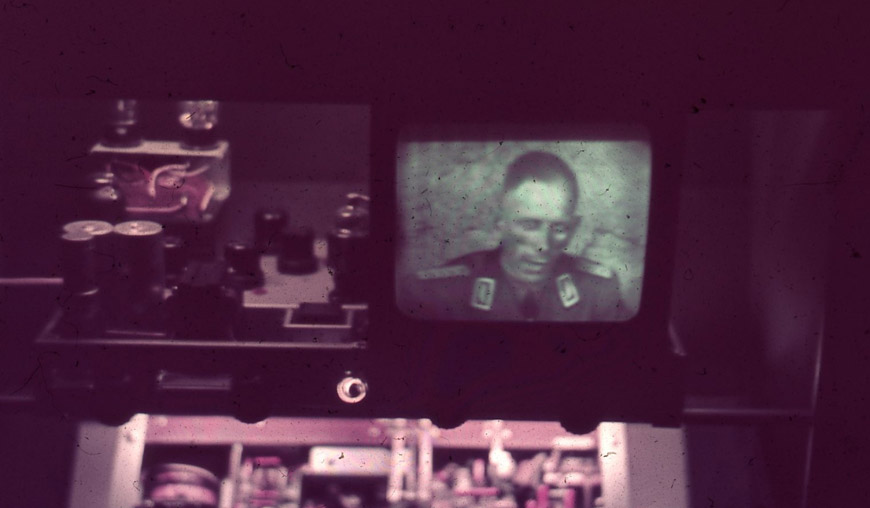
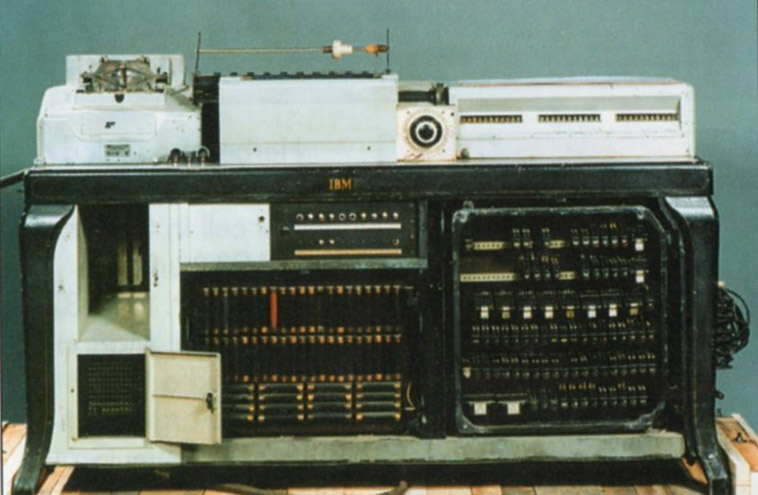
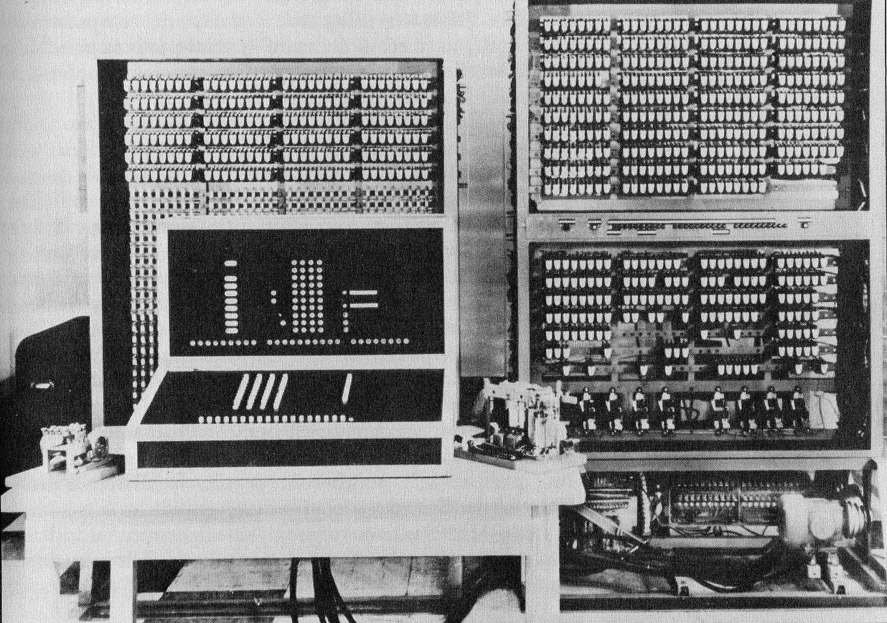
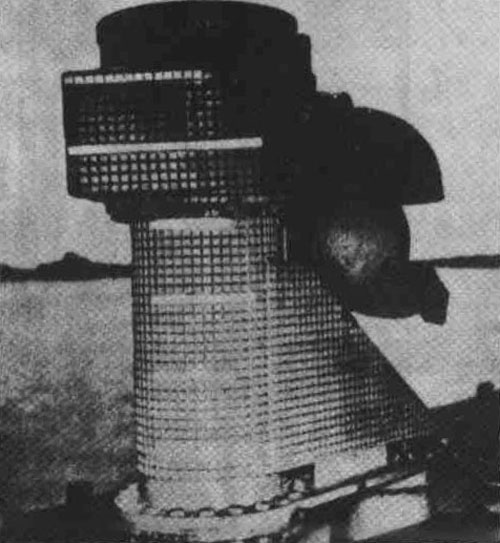
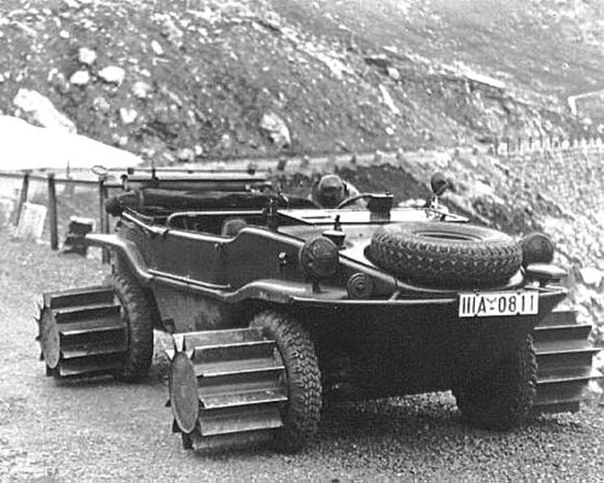
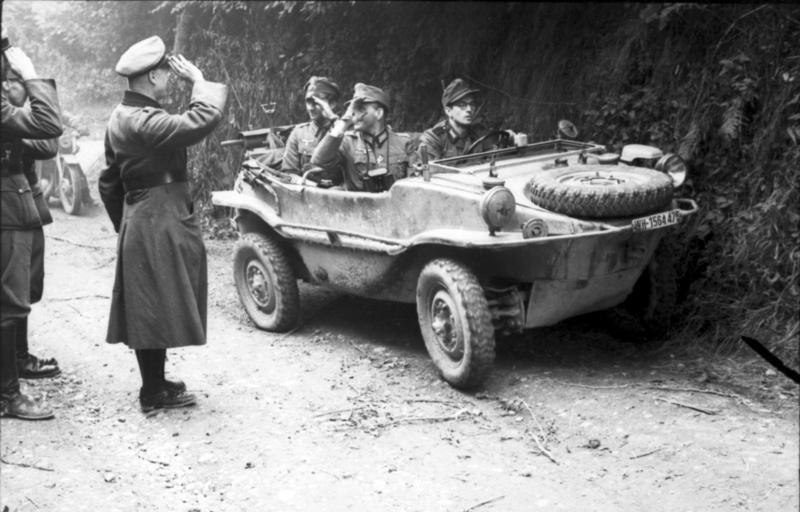
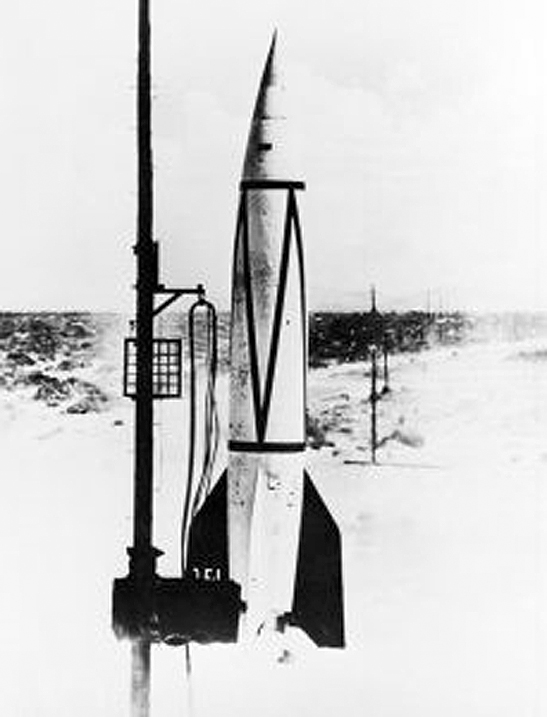

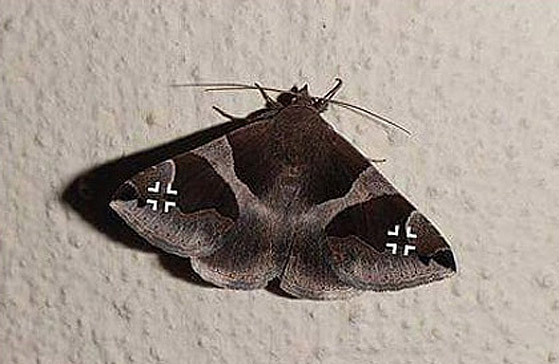
-|-Back to Trash and Treasure Page (1)
-|-On to Trash and Treasure Page (71)
-|-
-|-Back to Review List -|-
